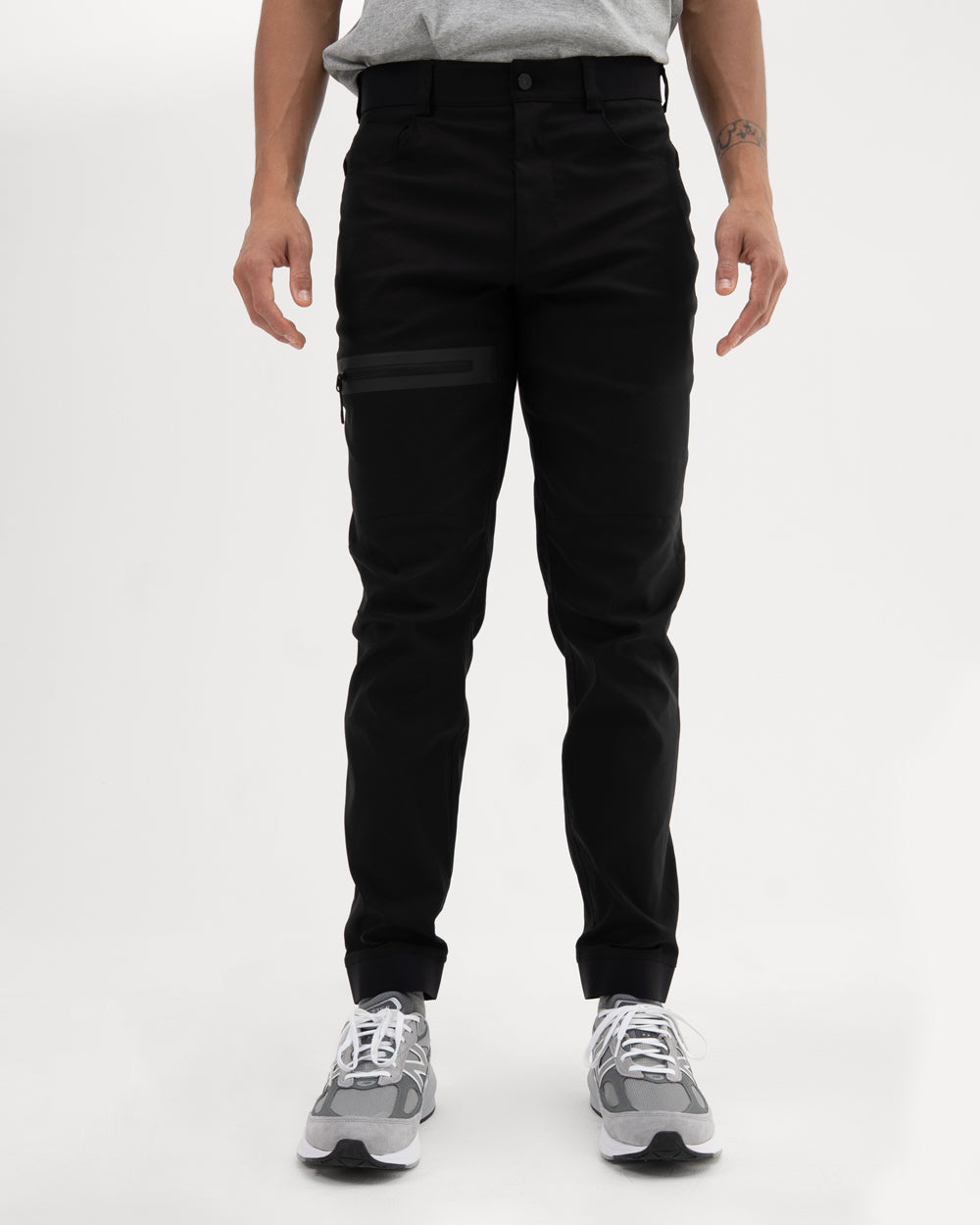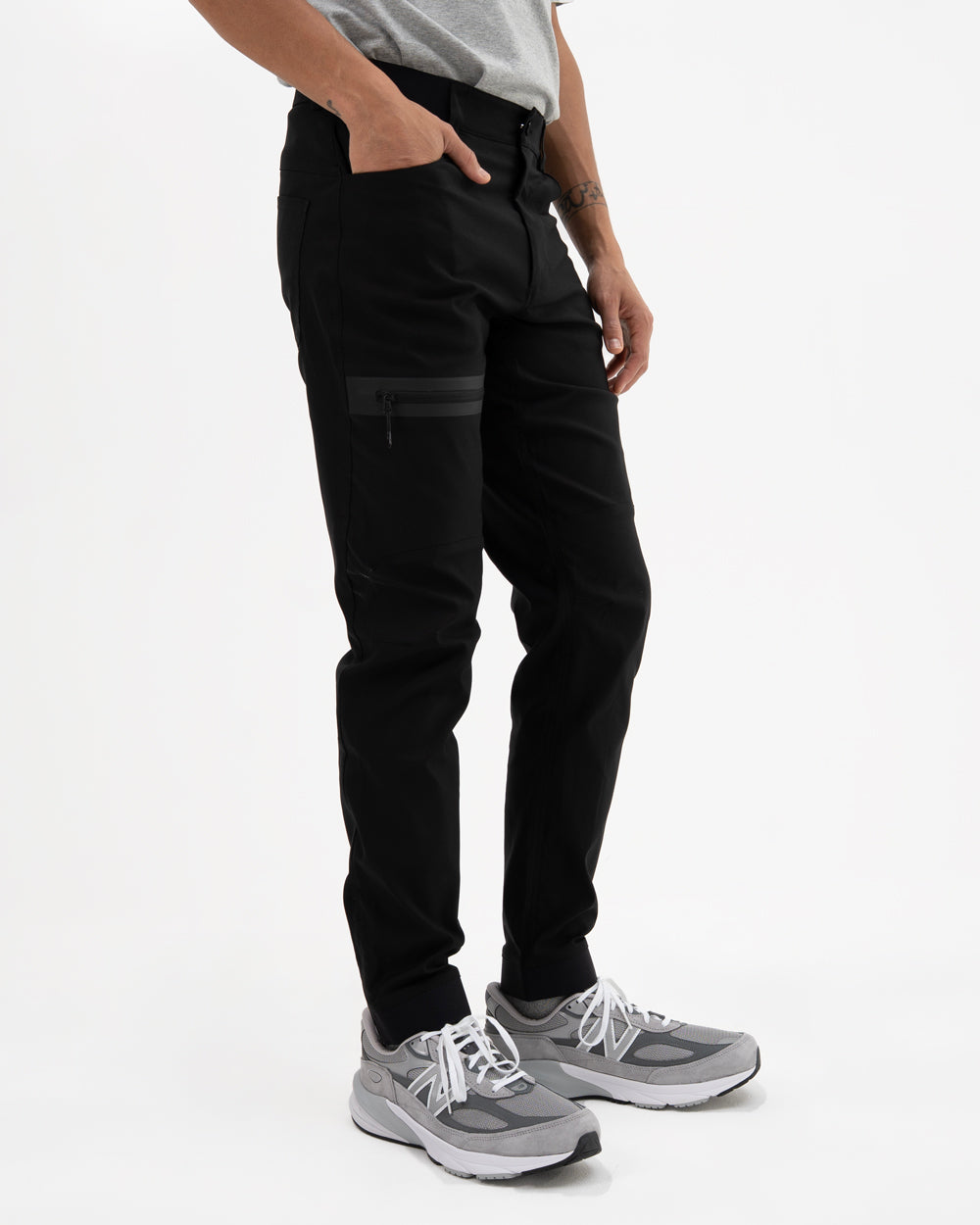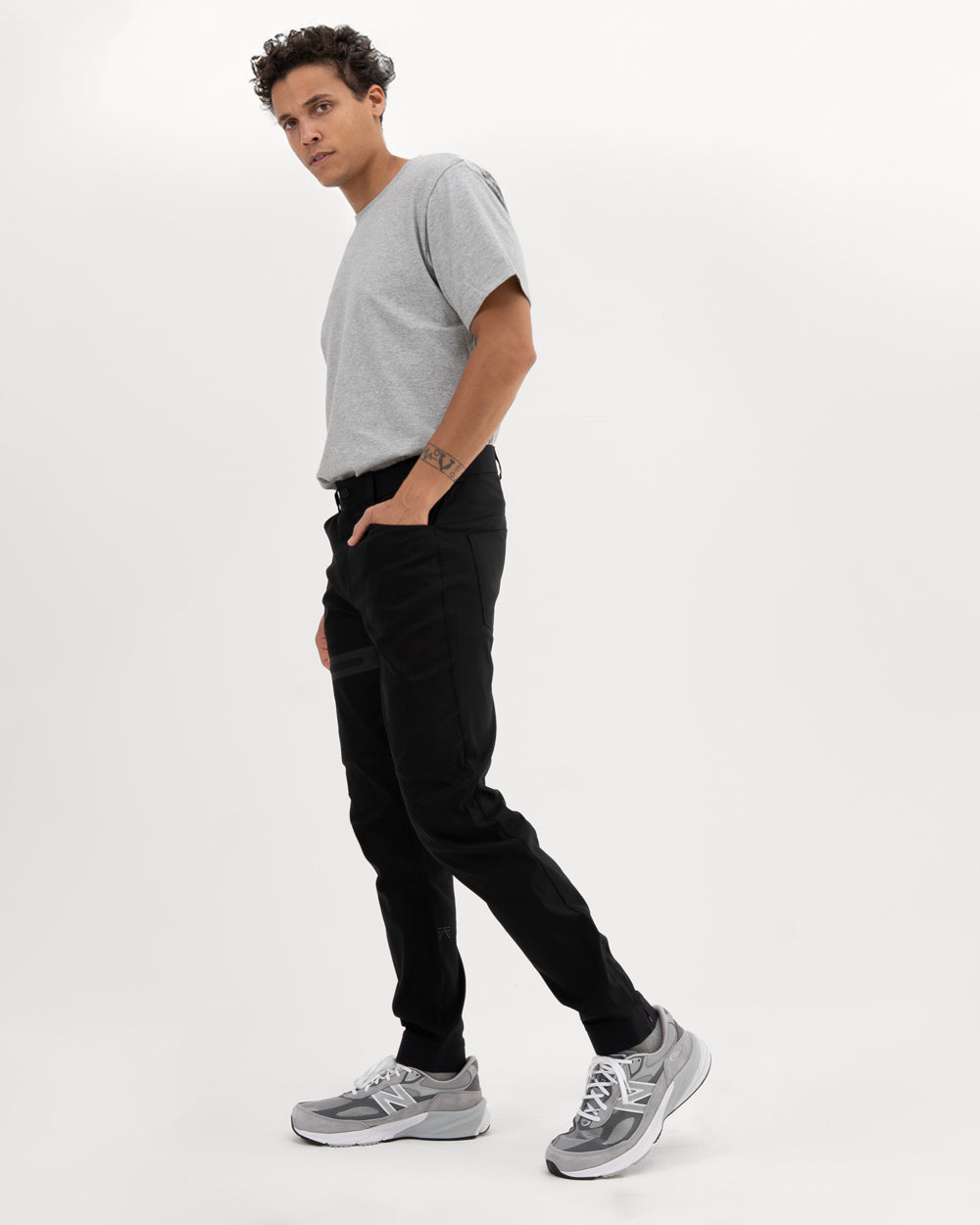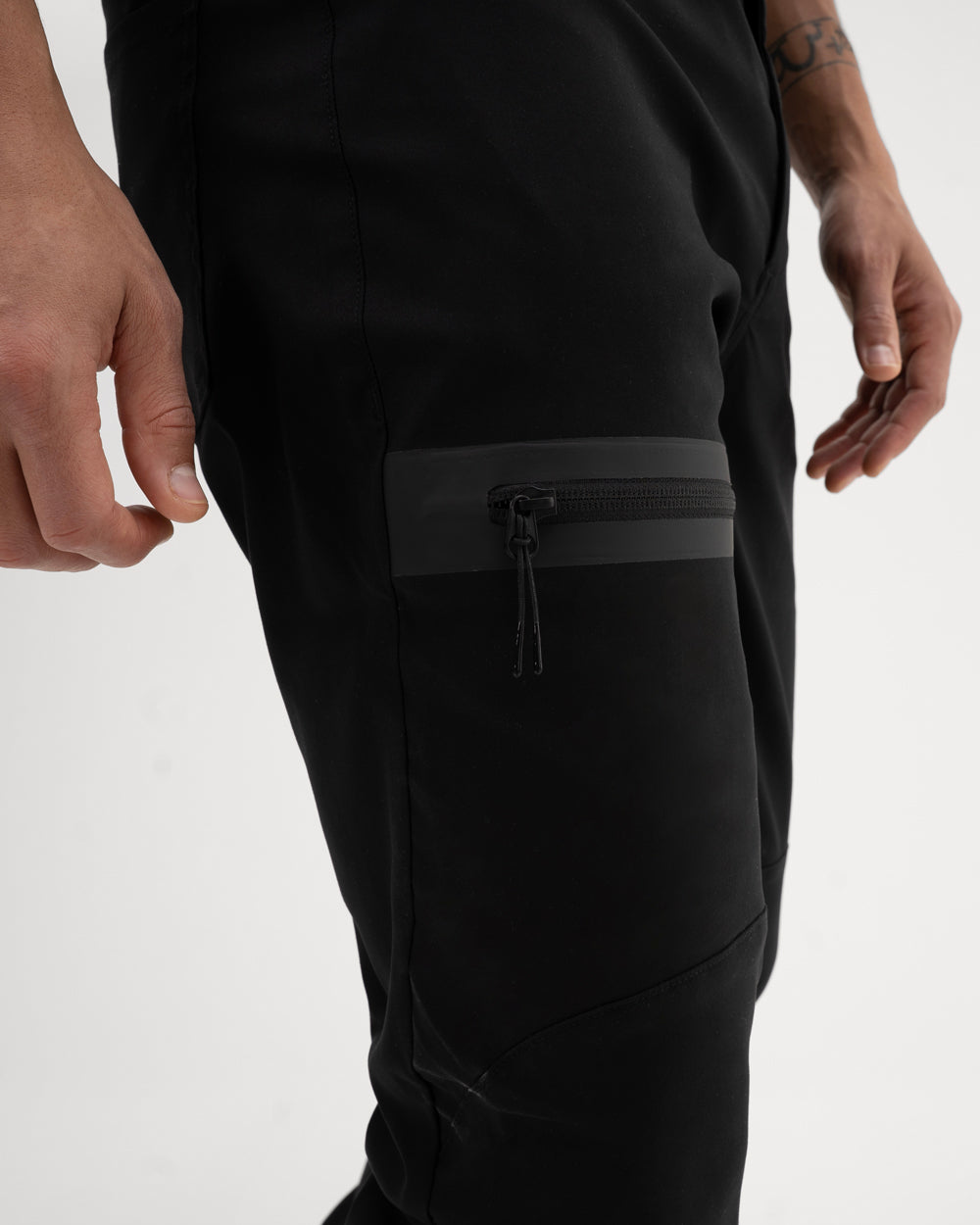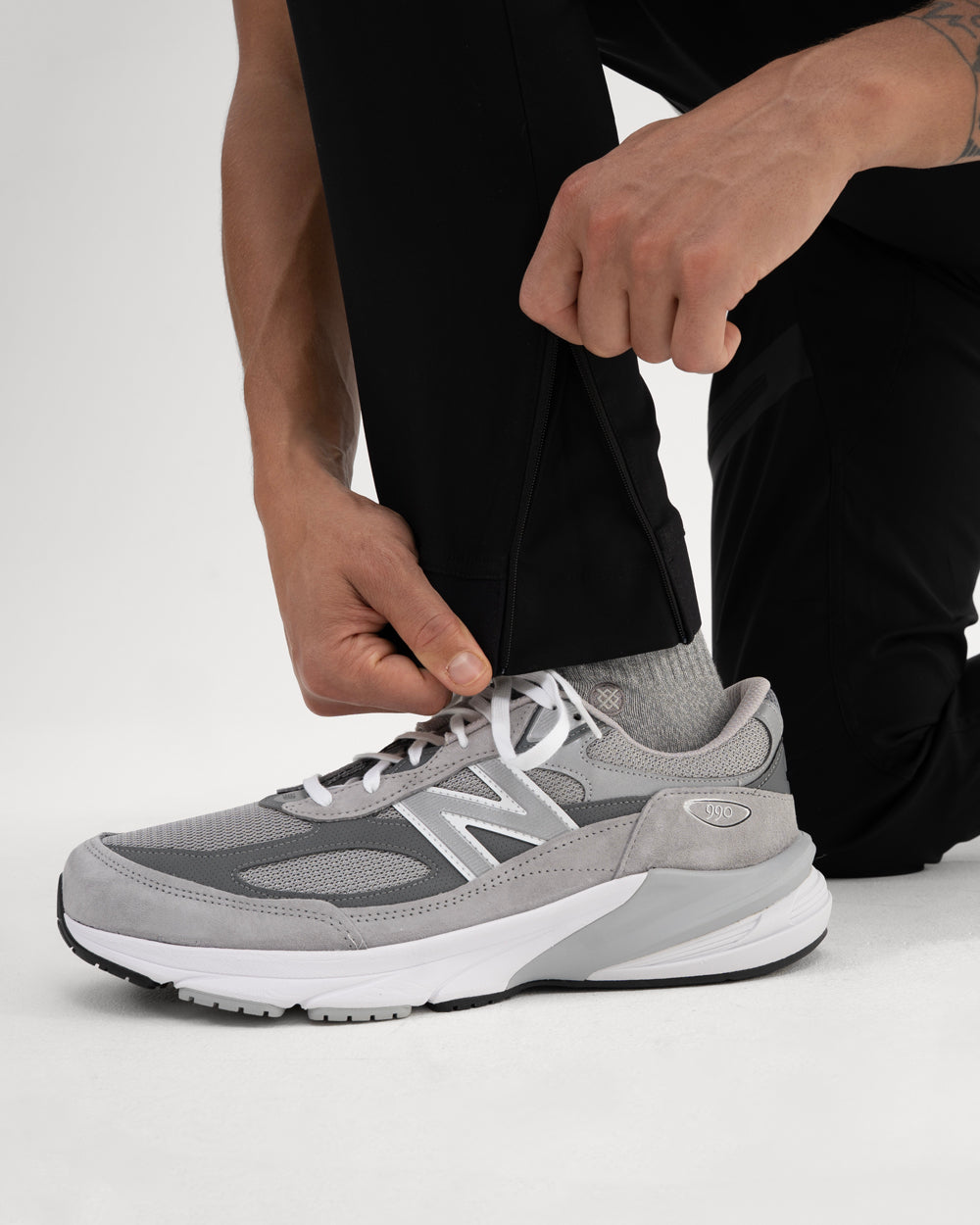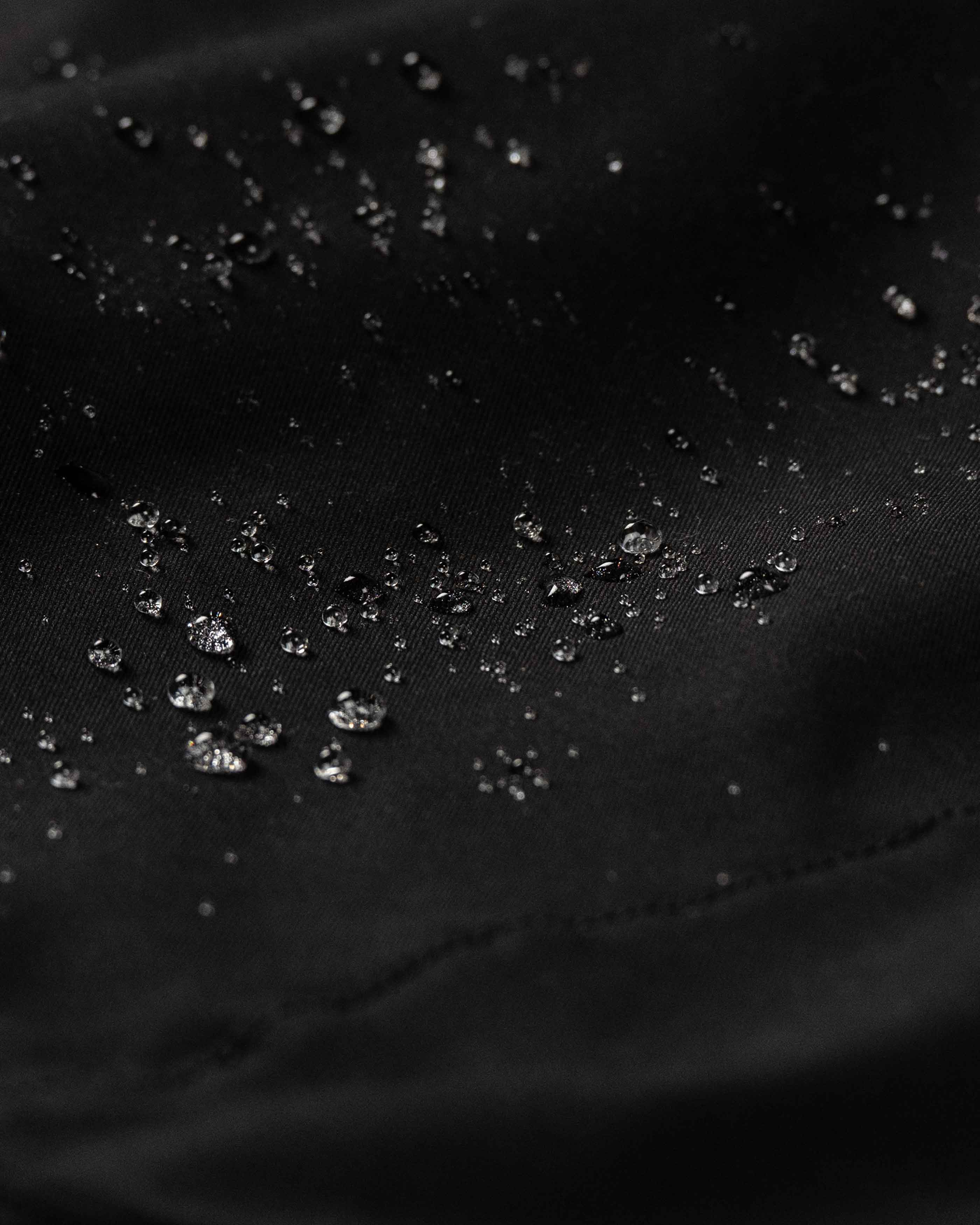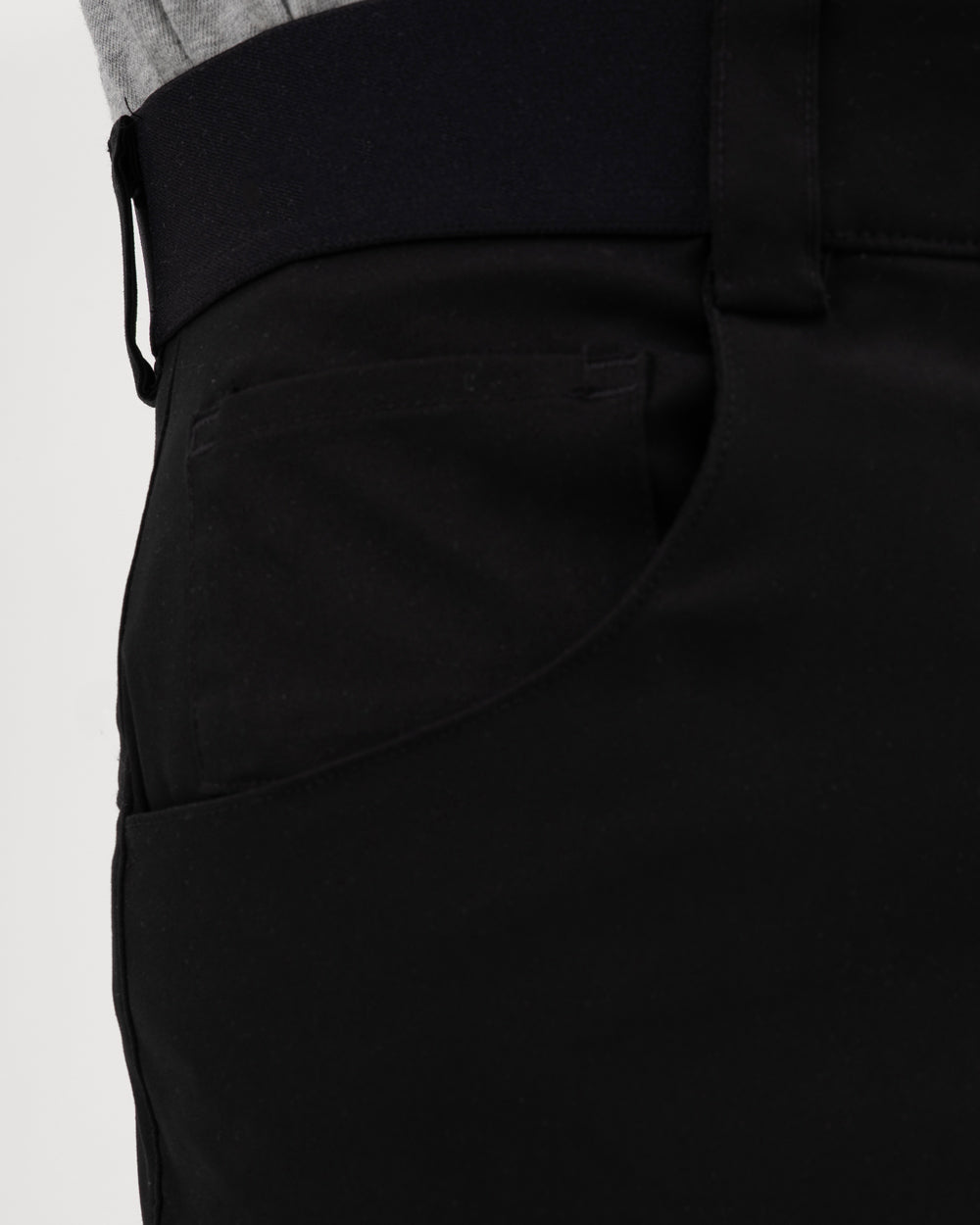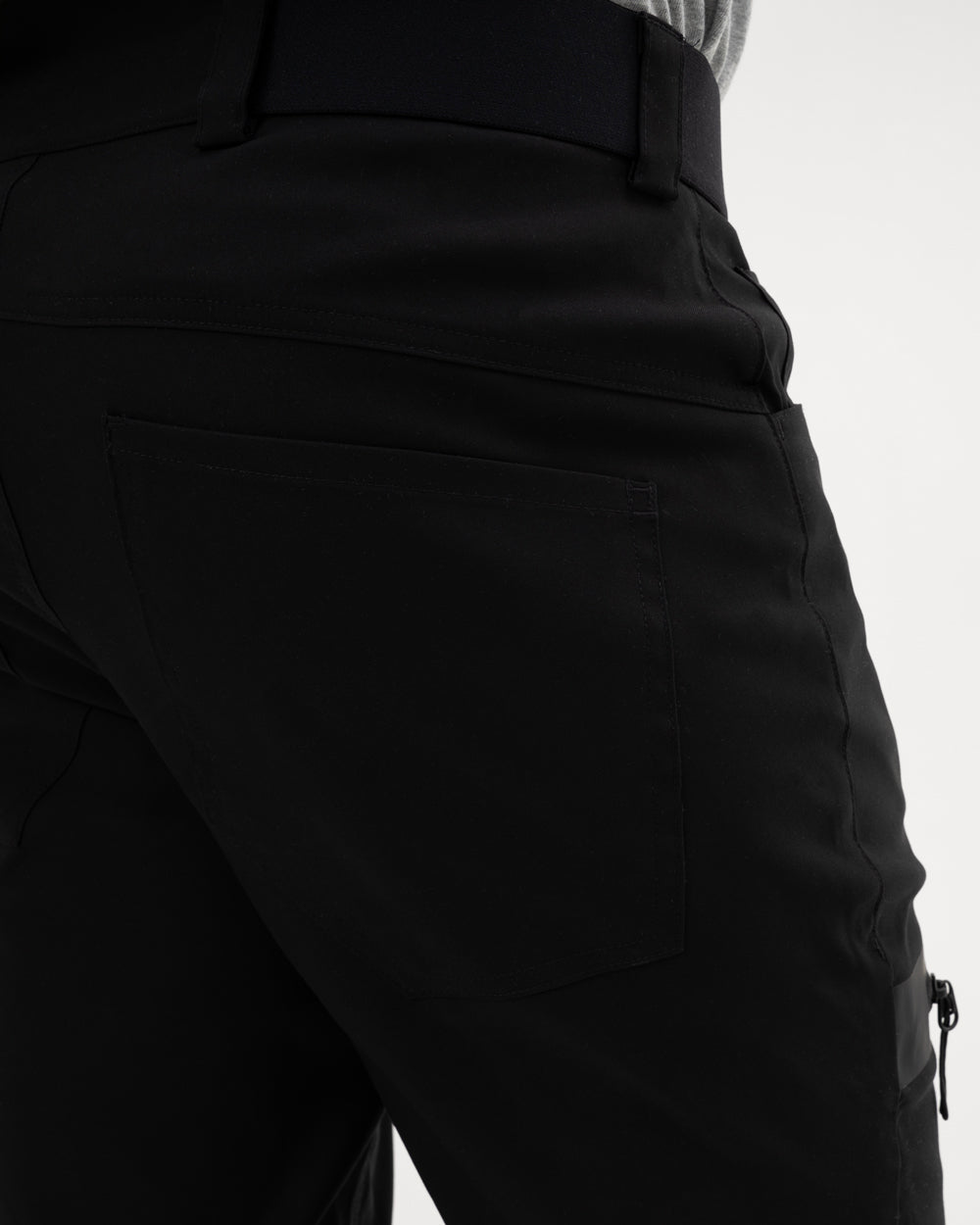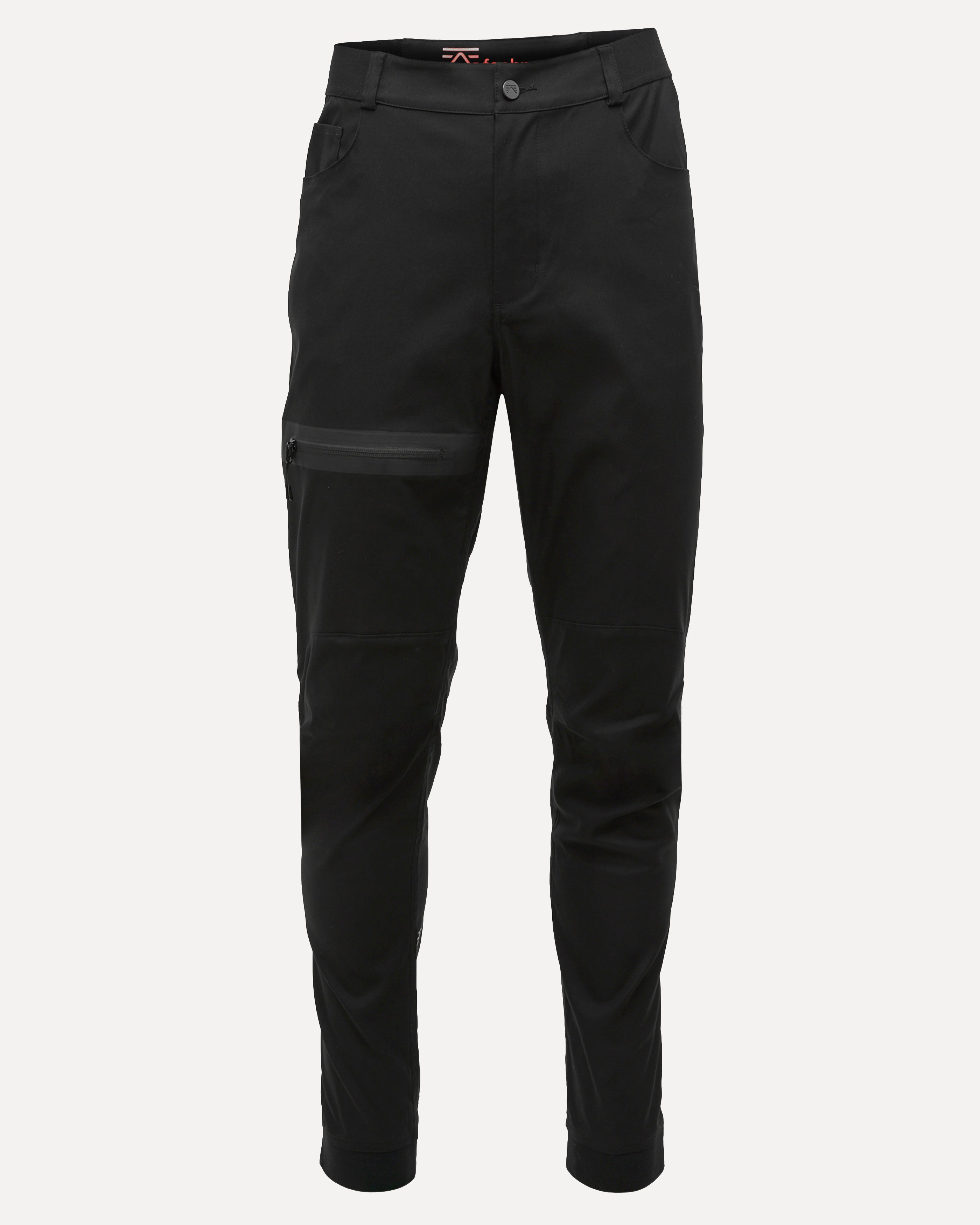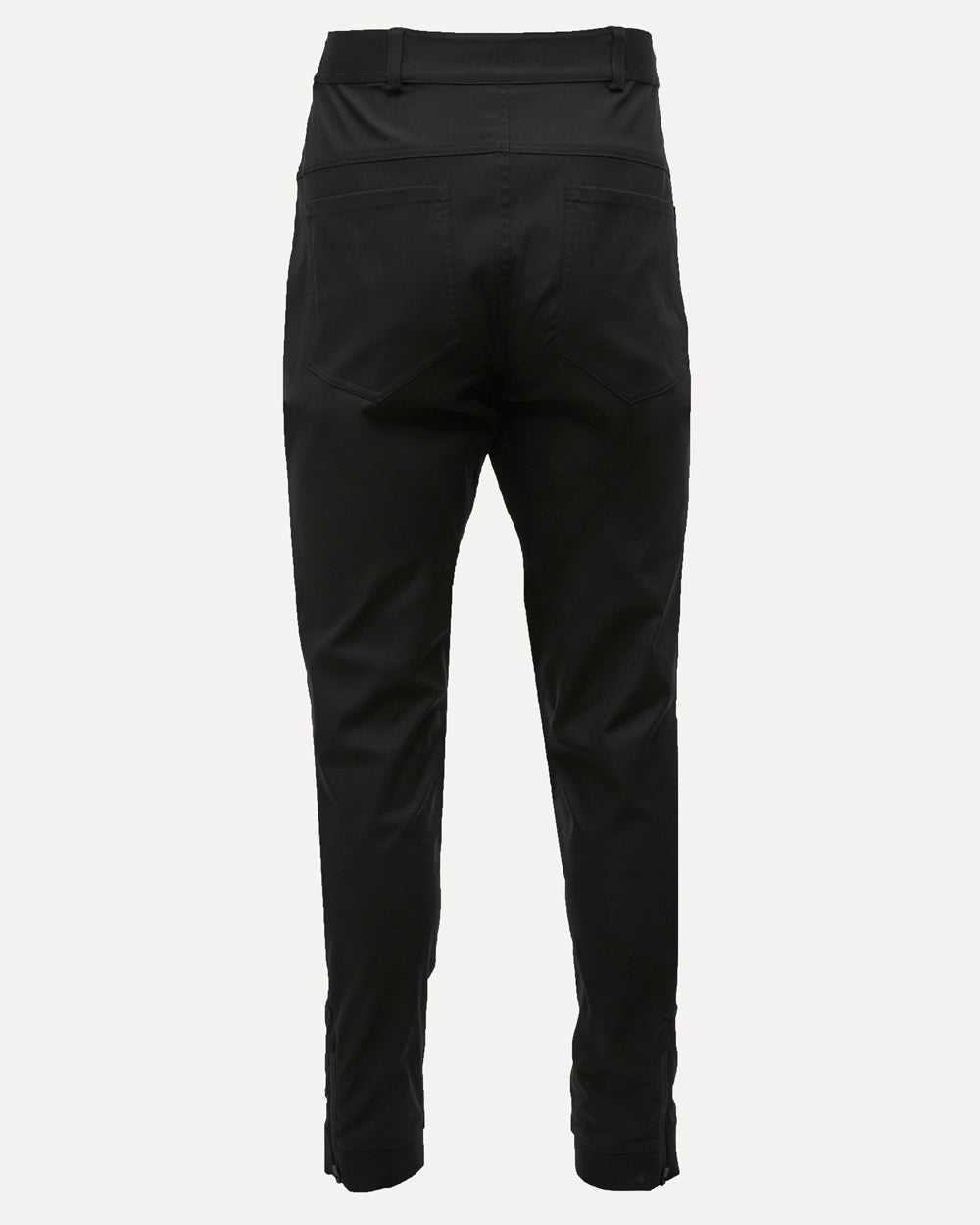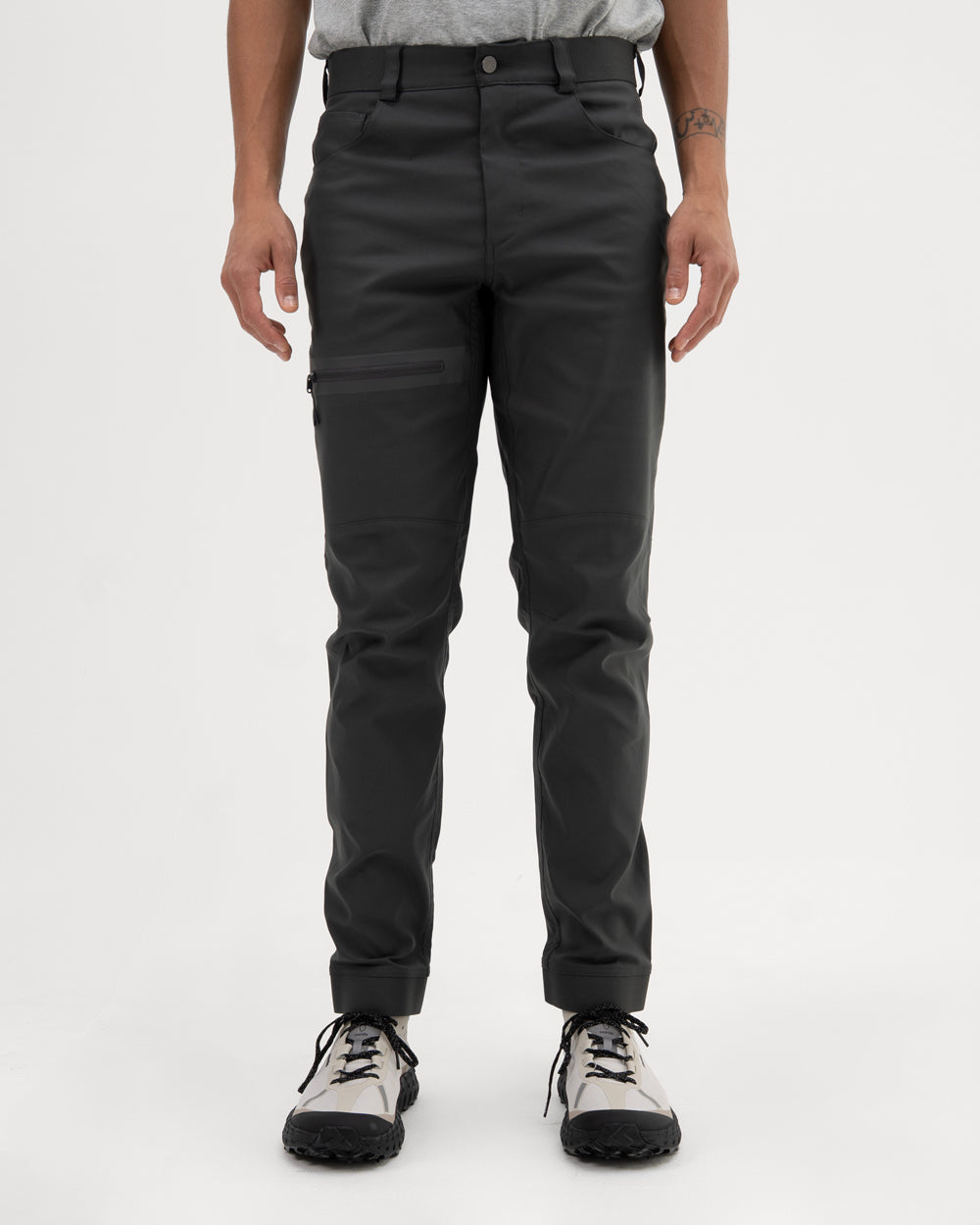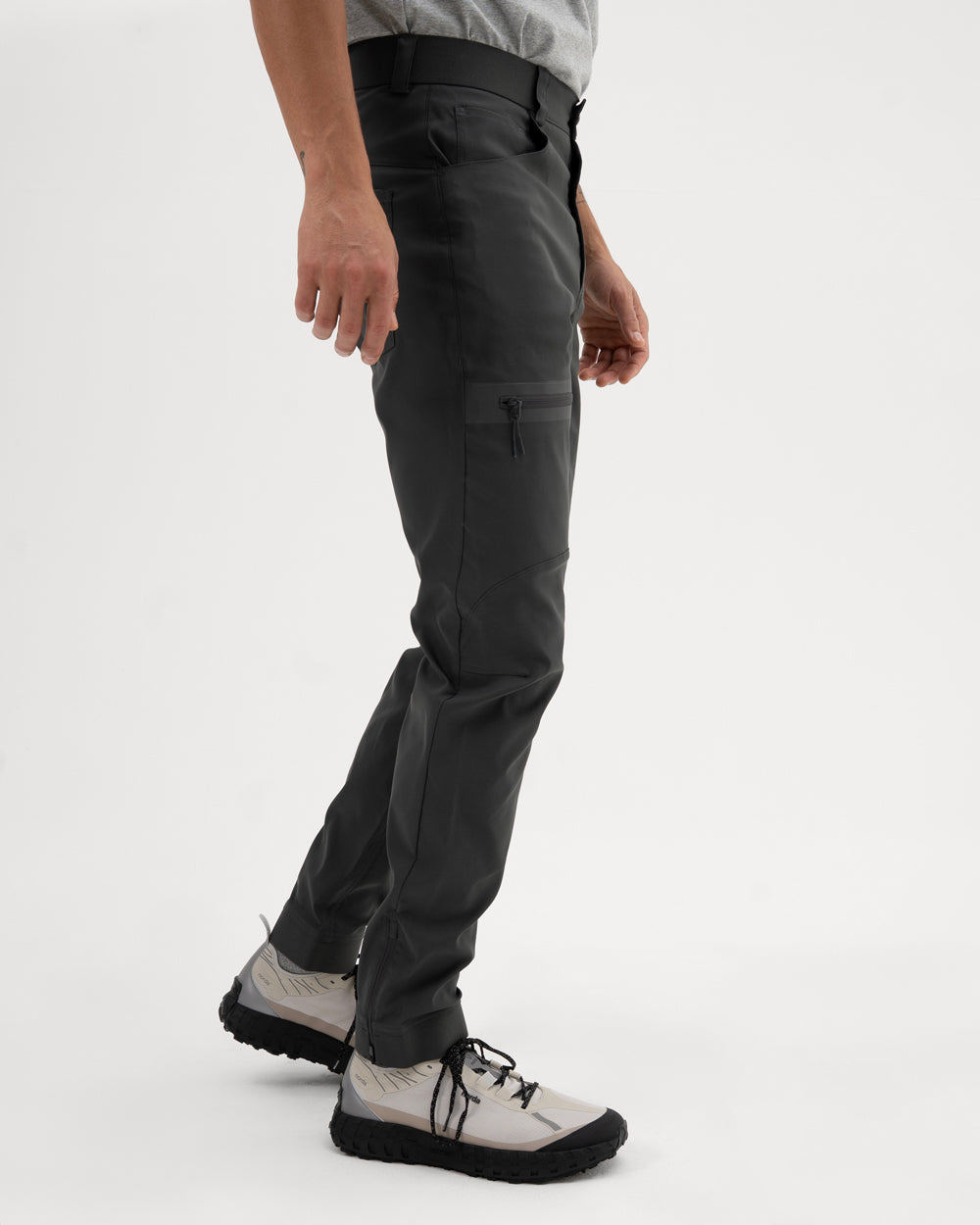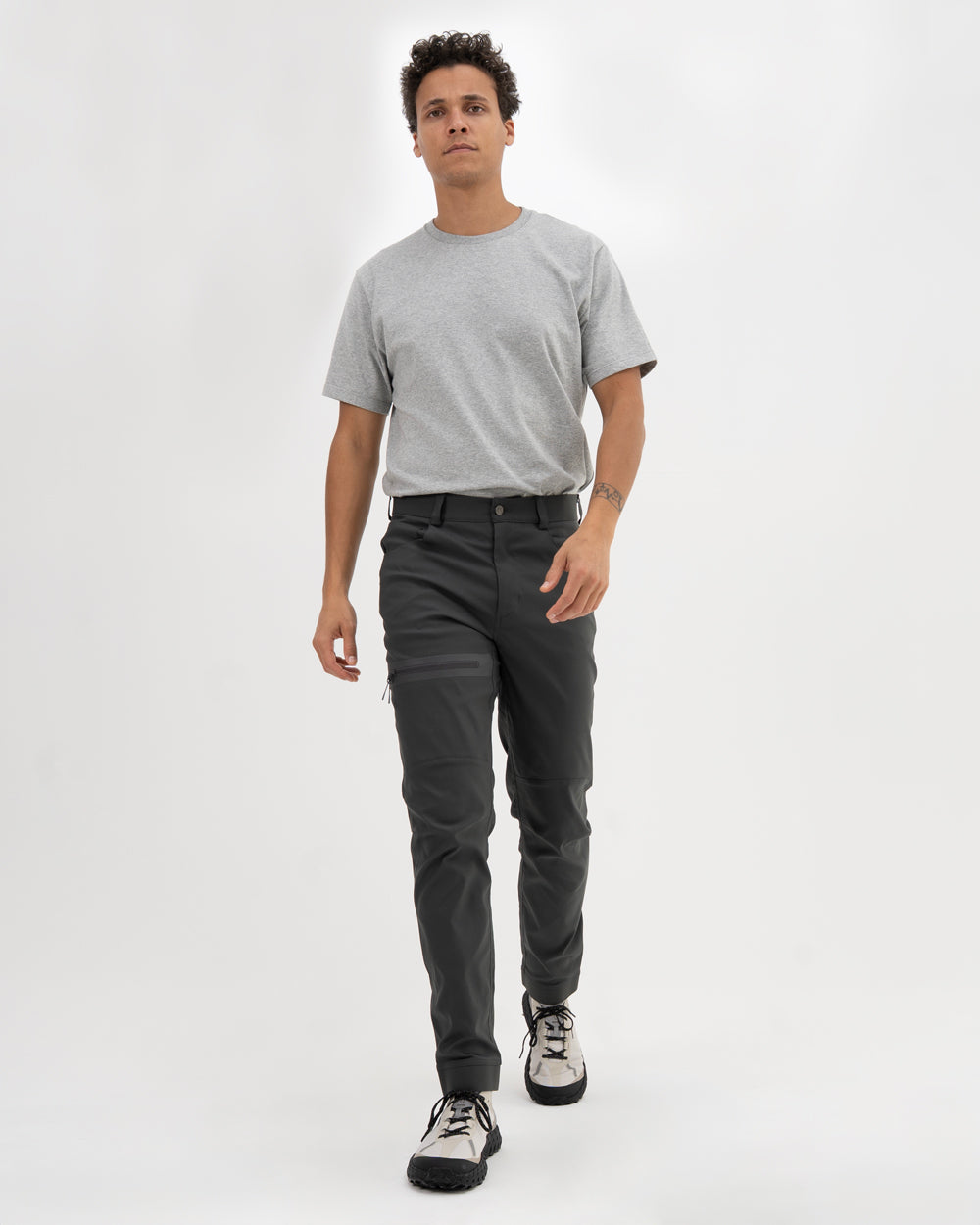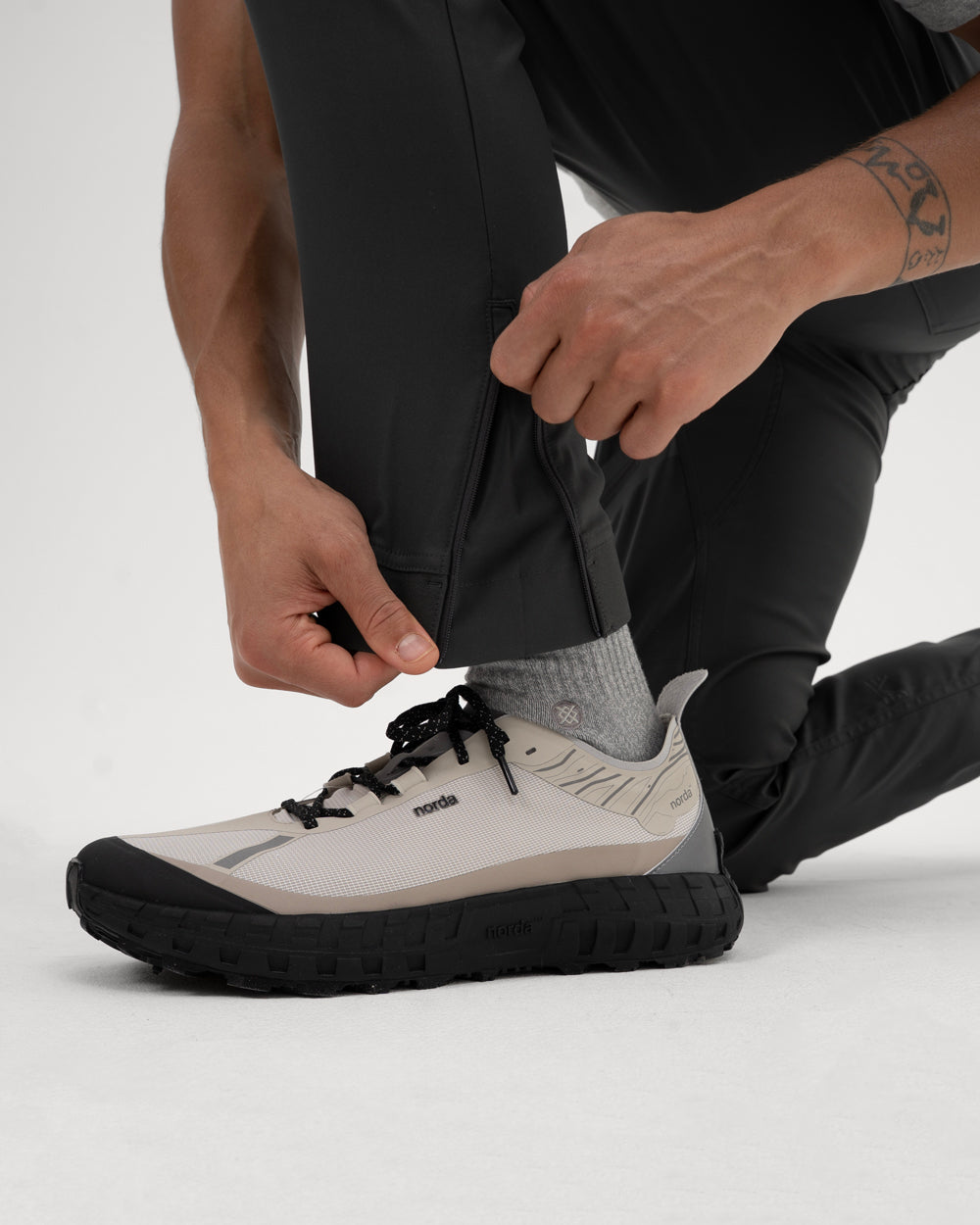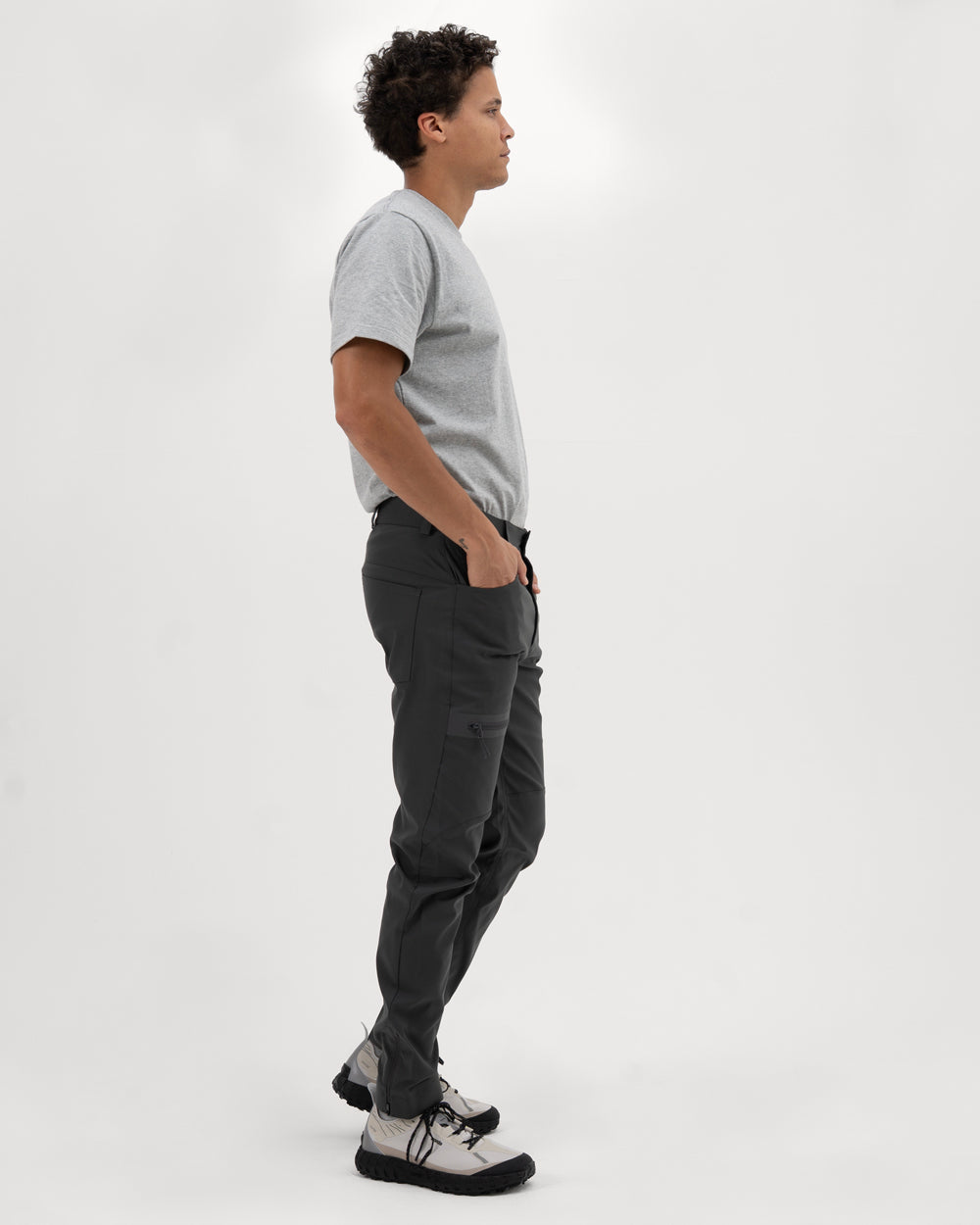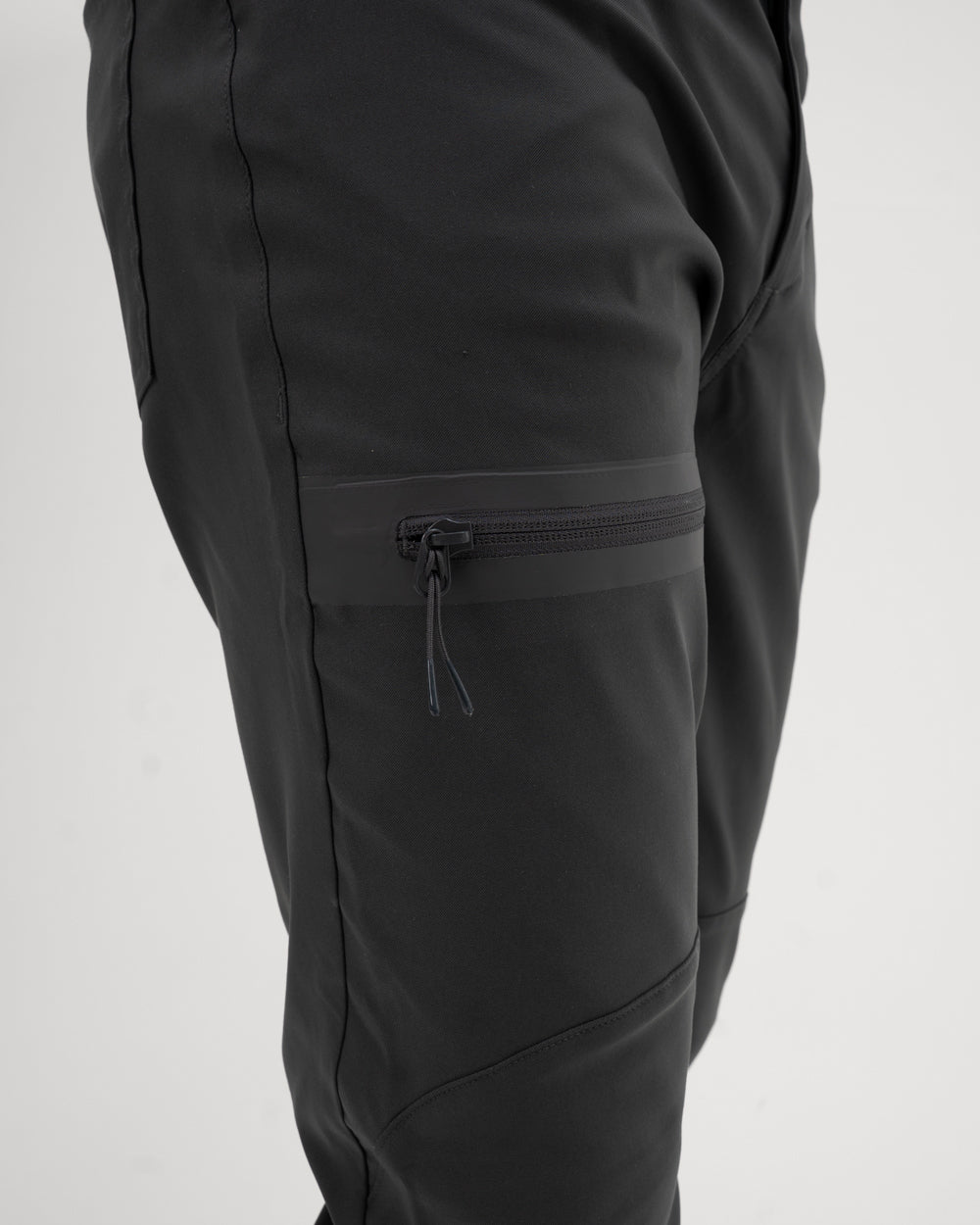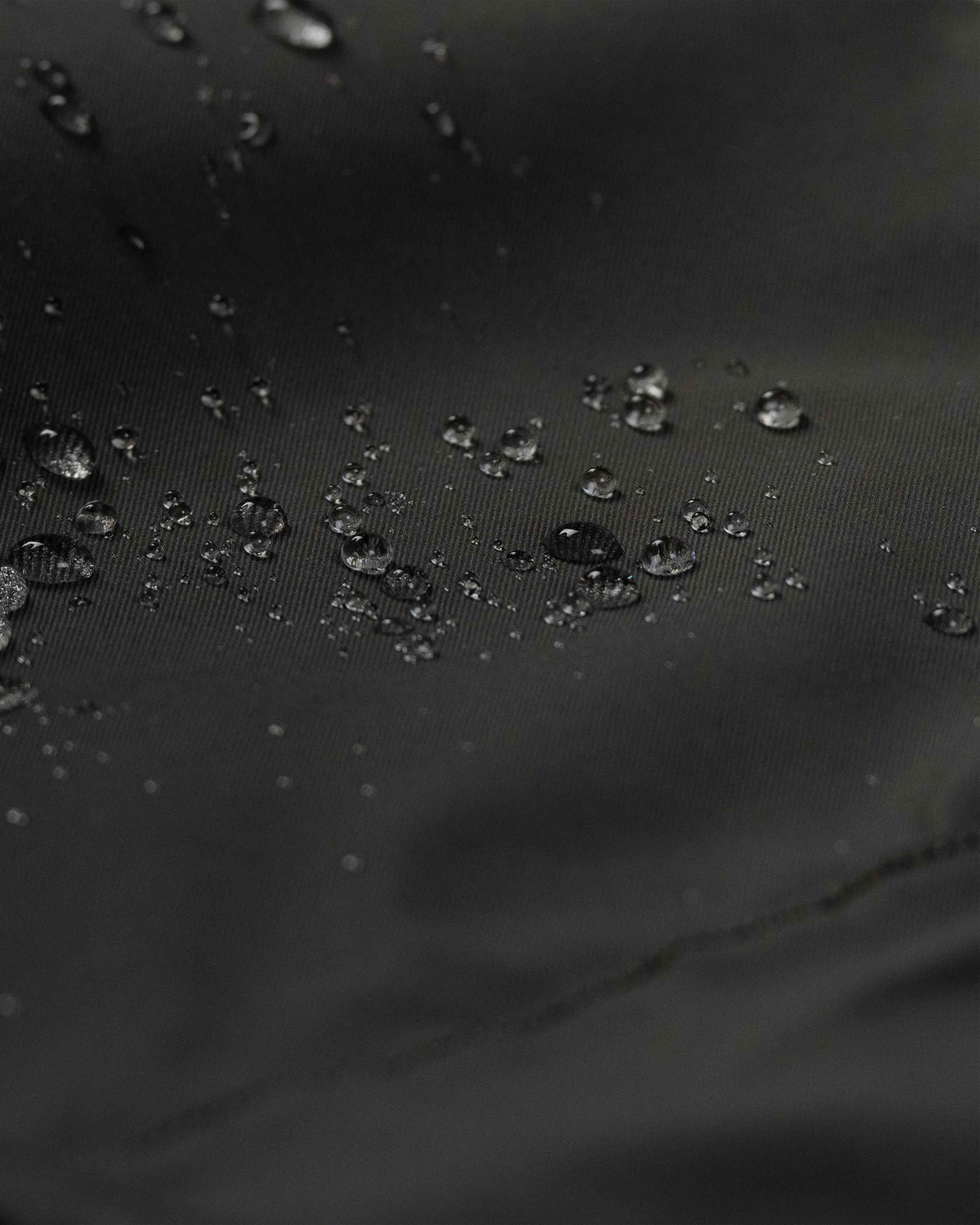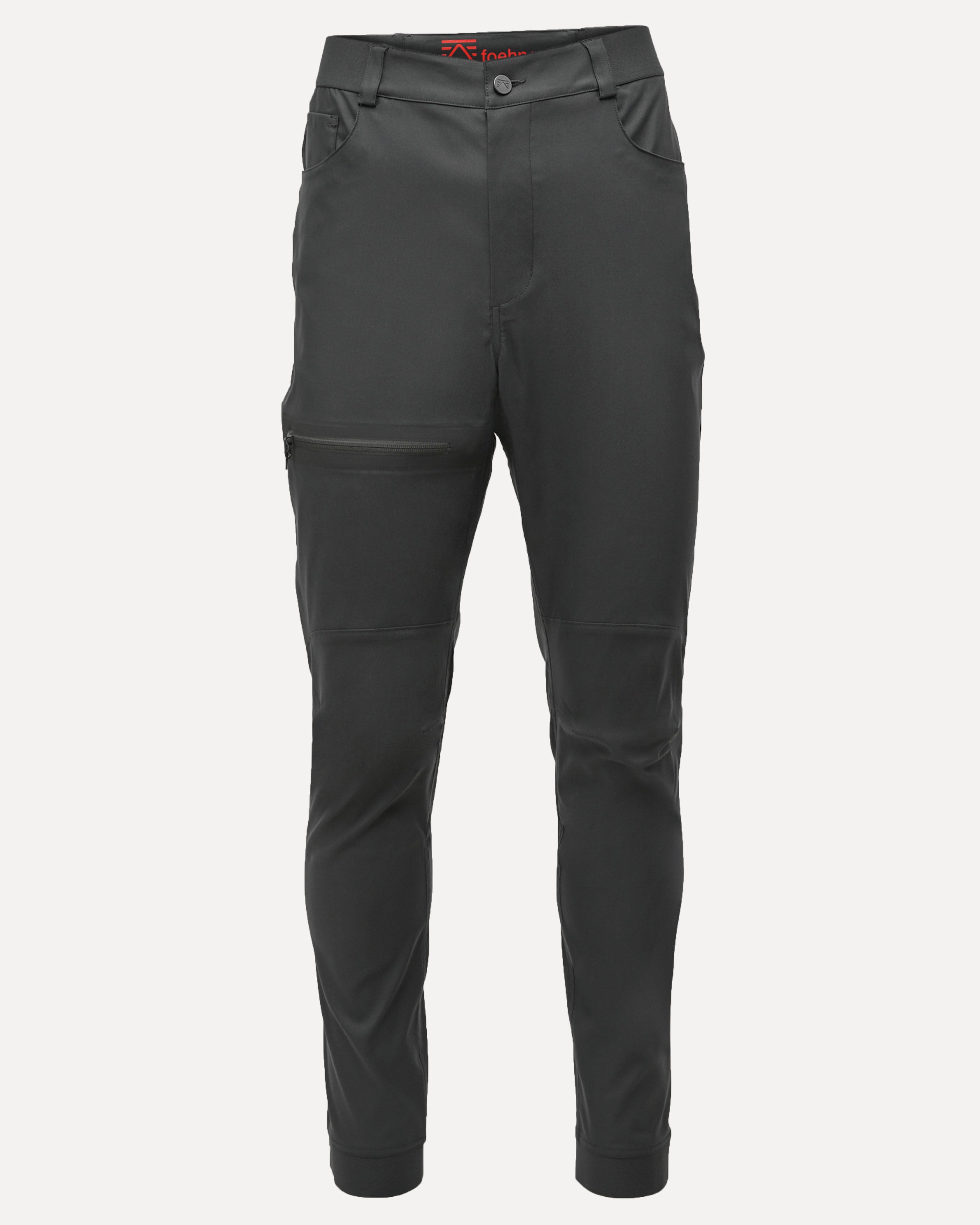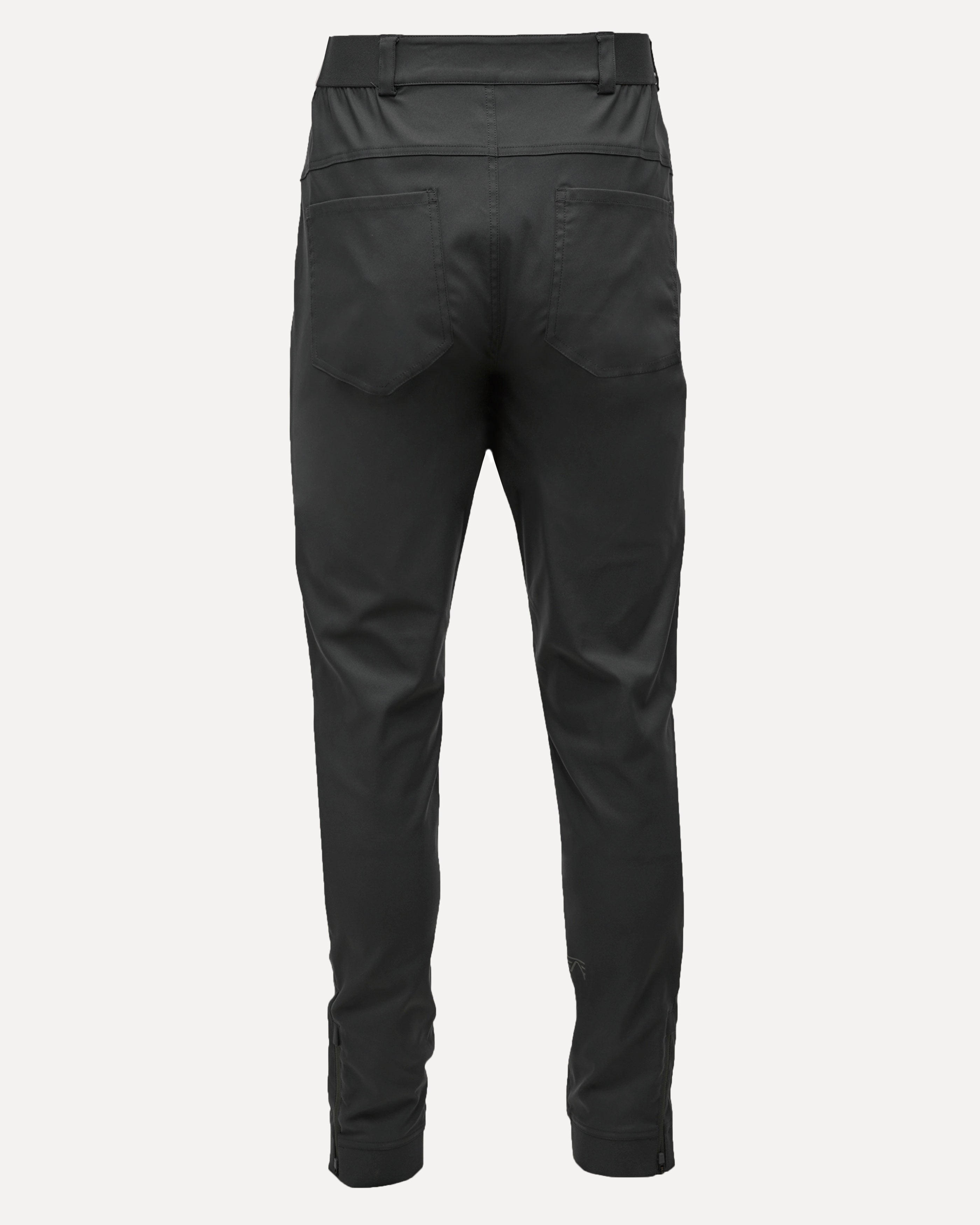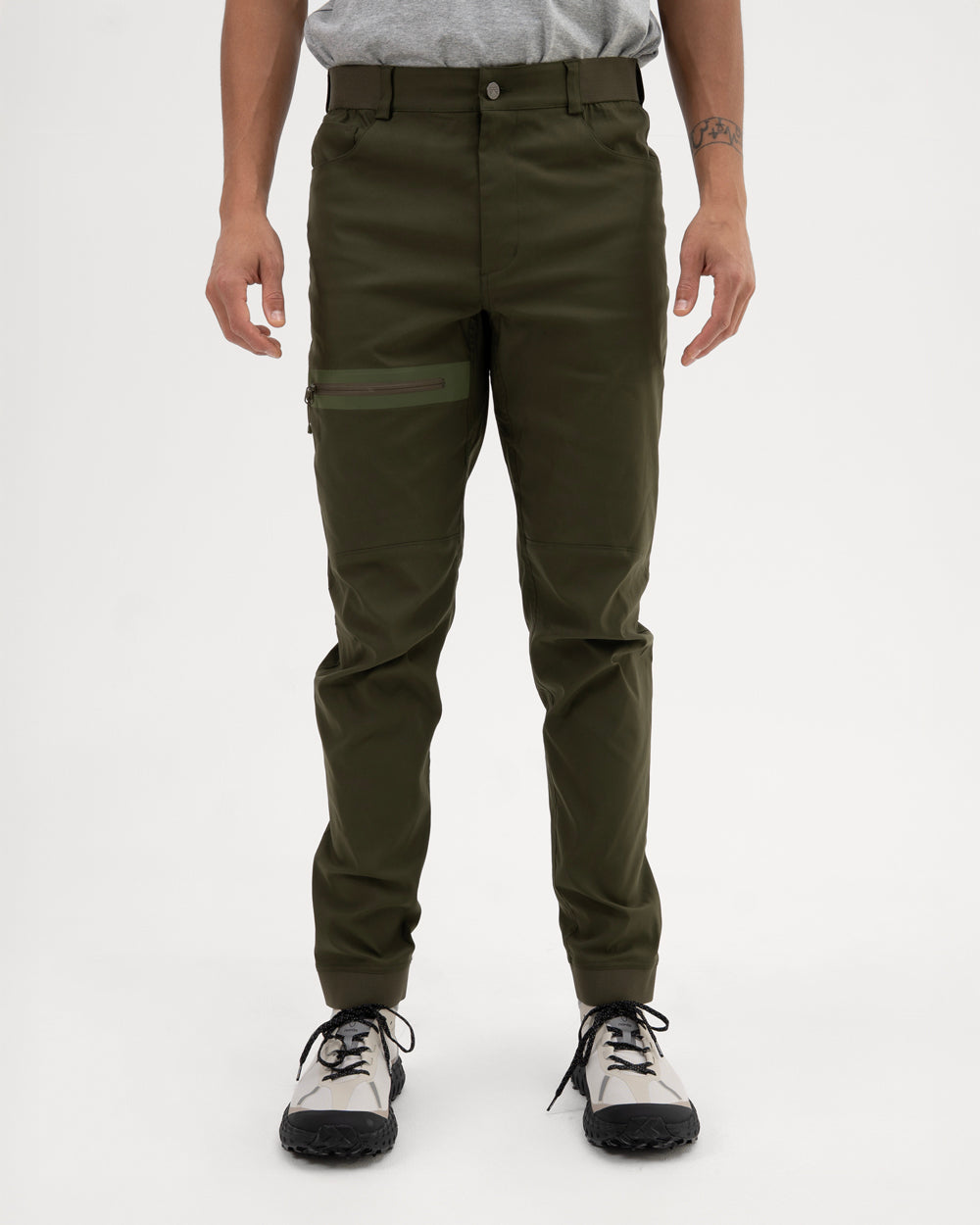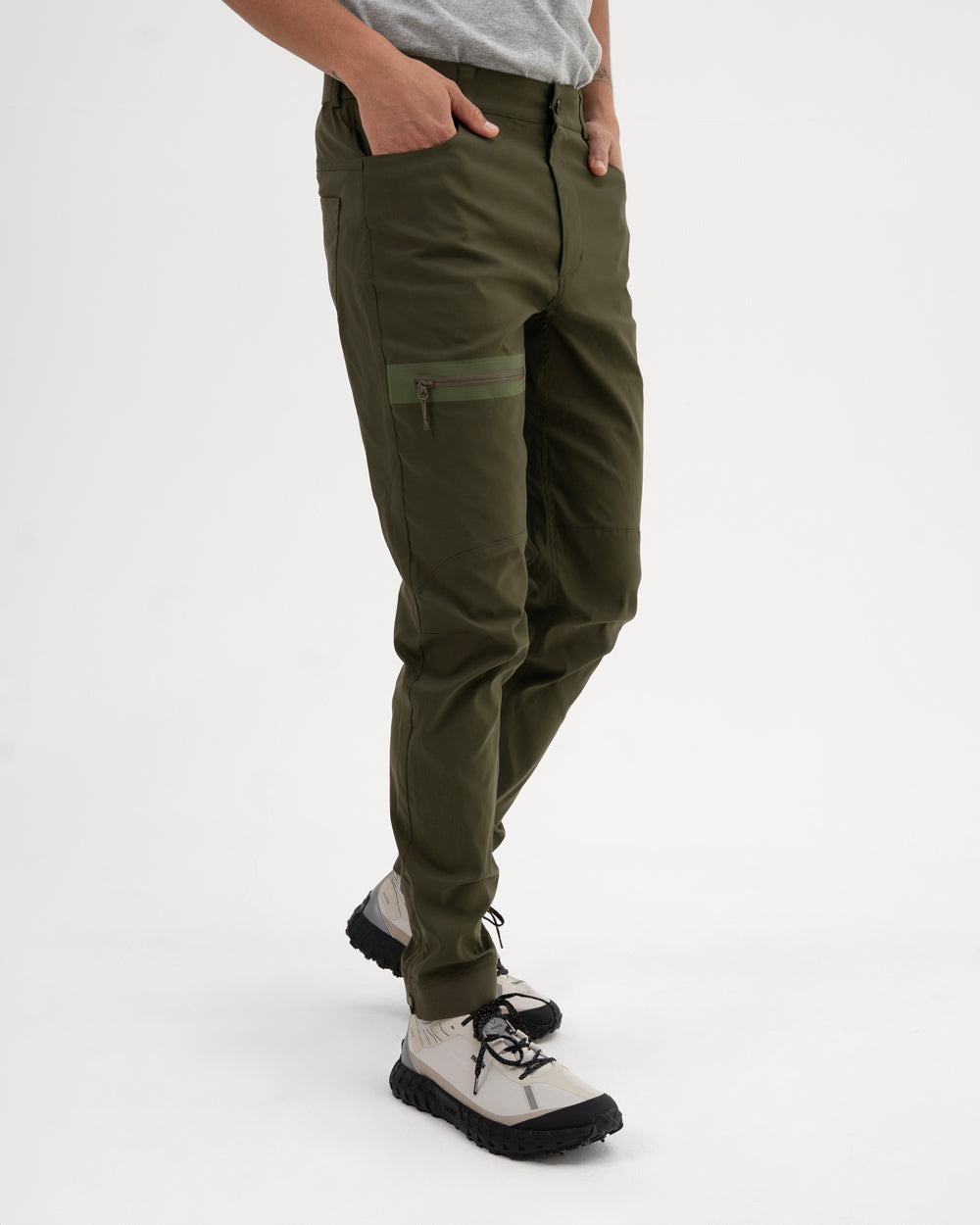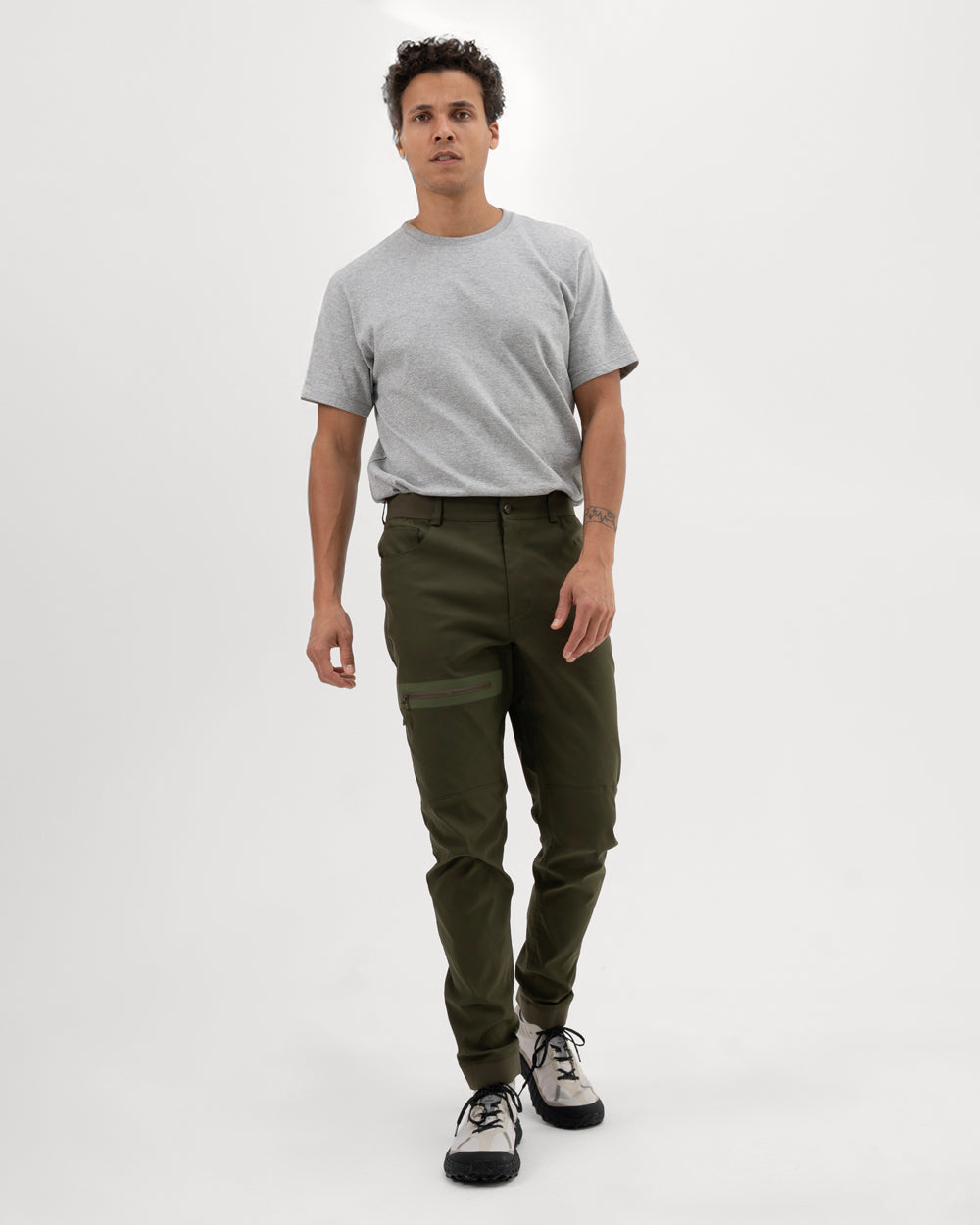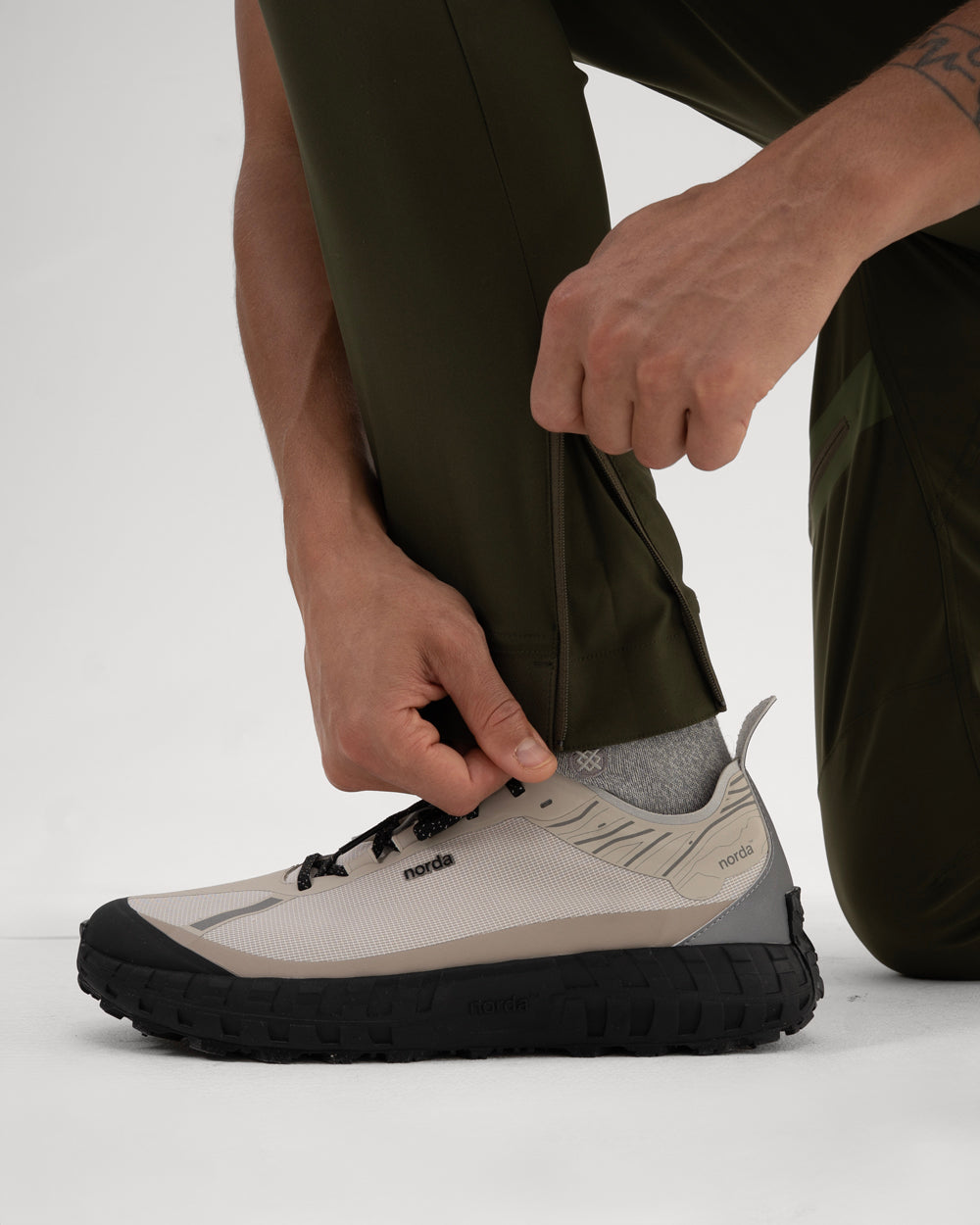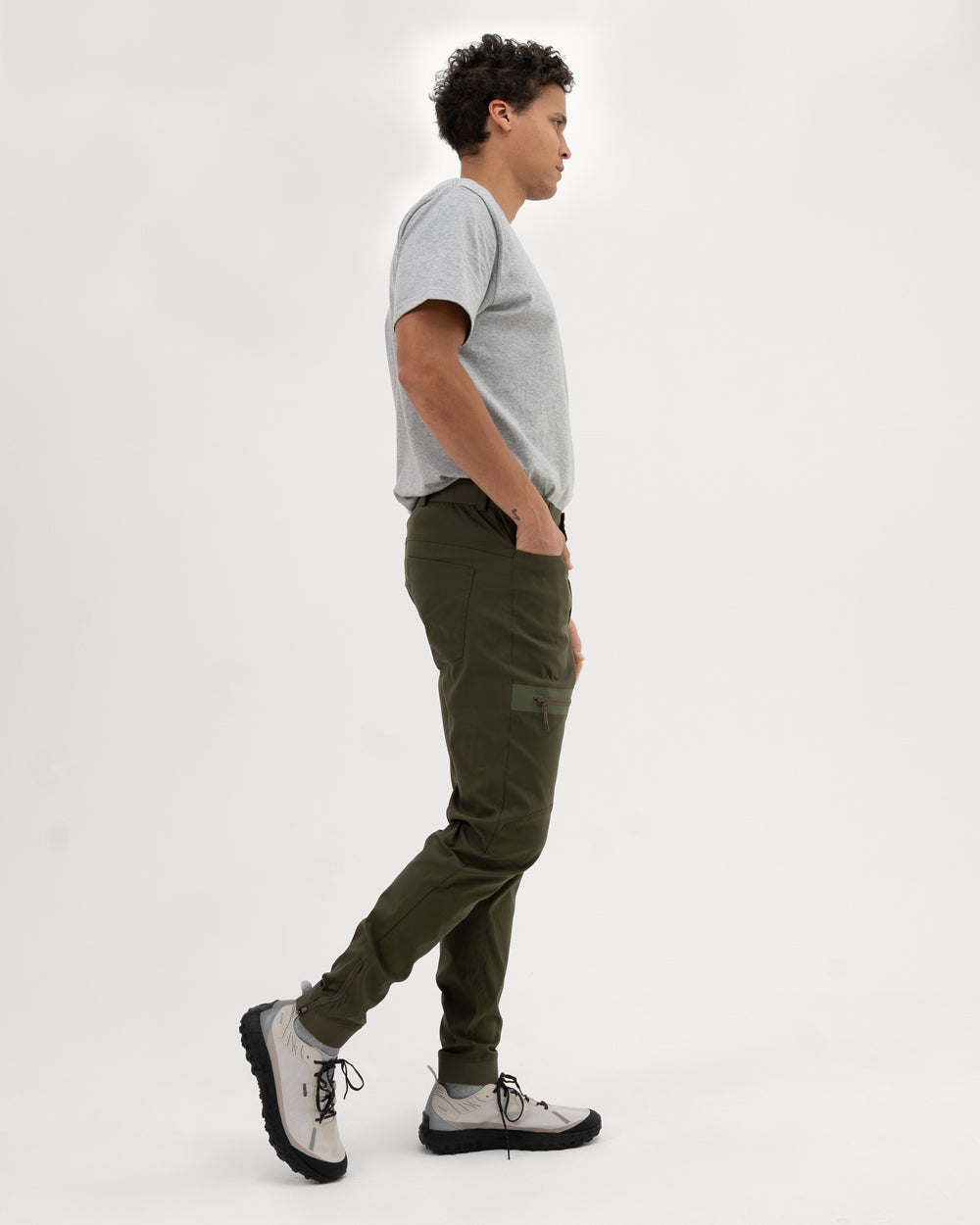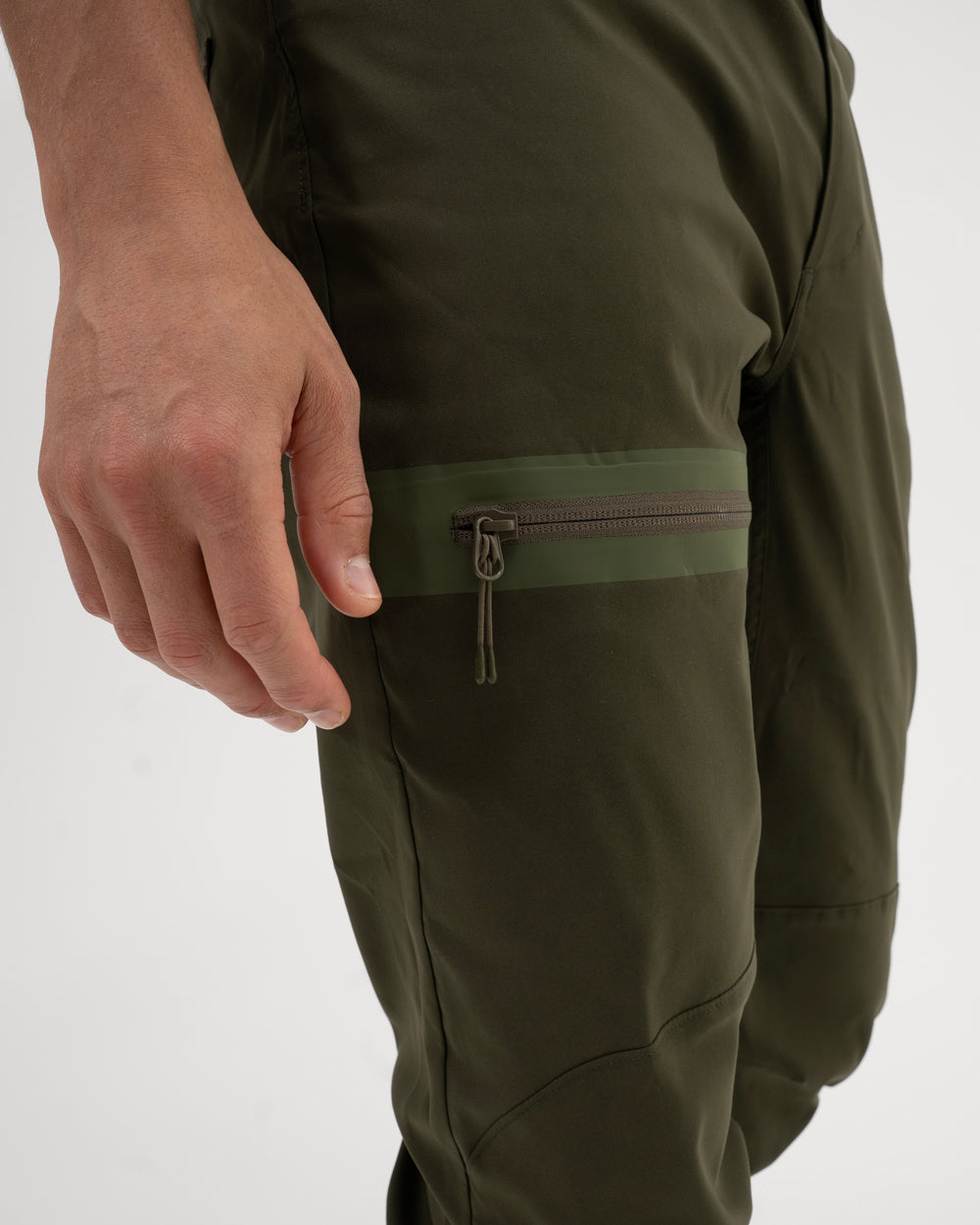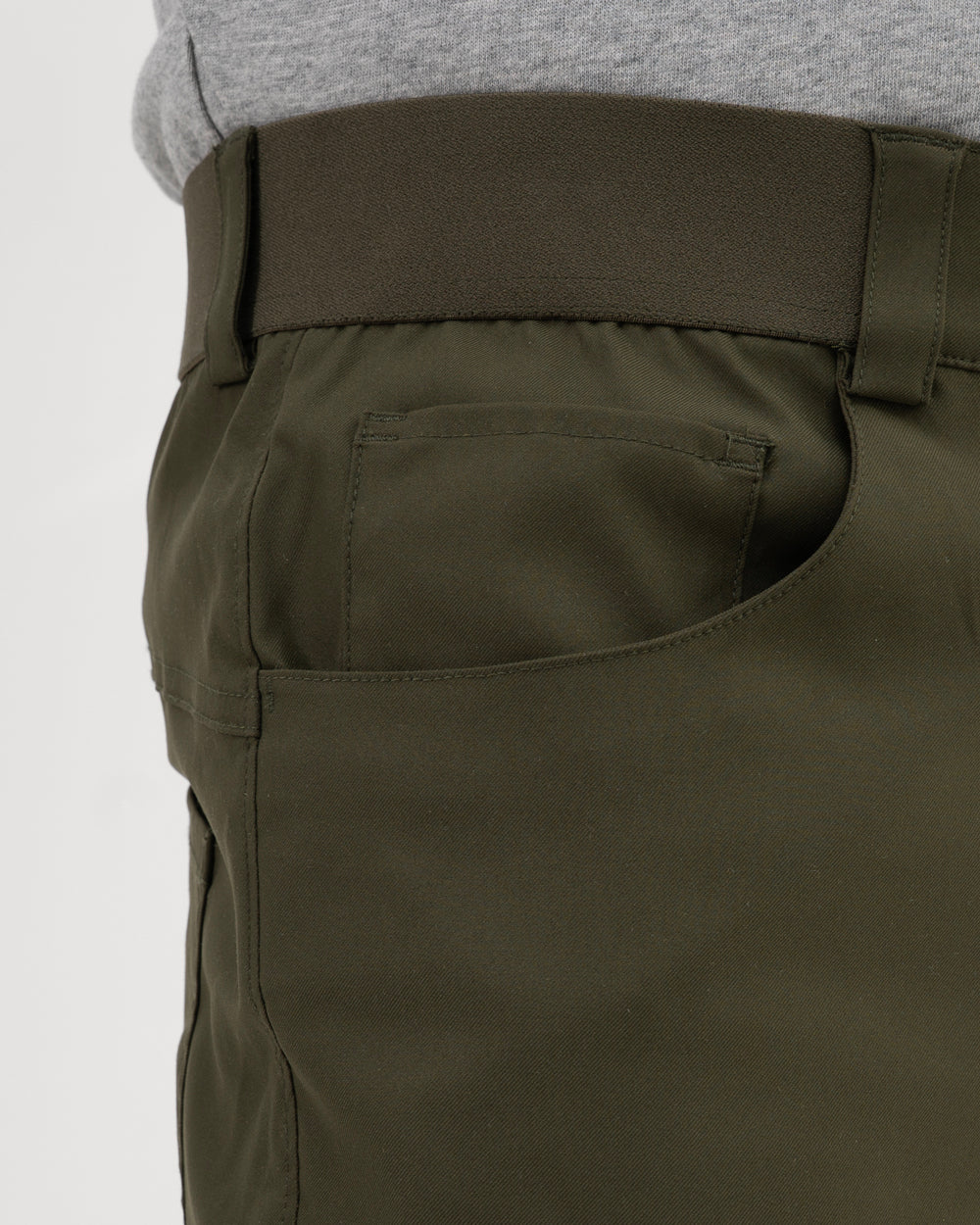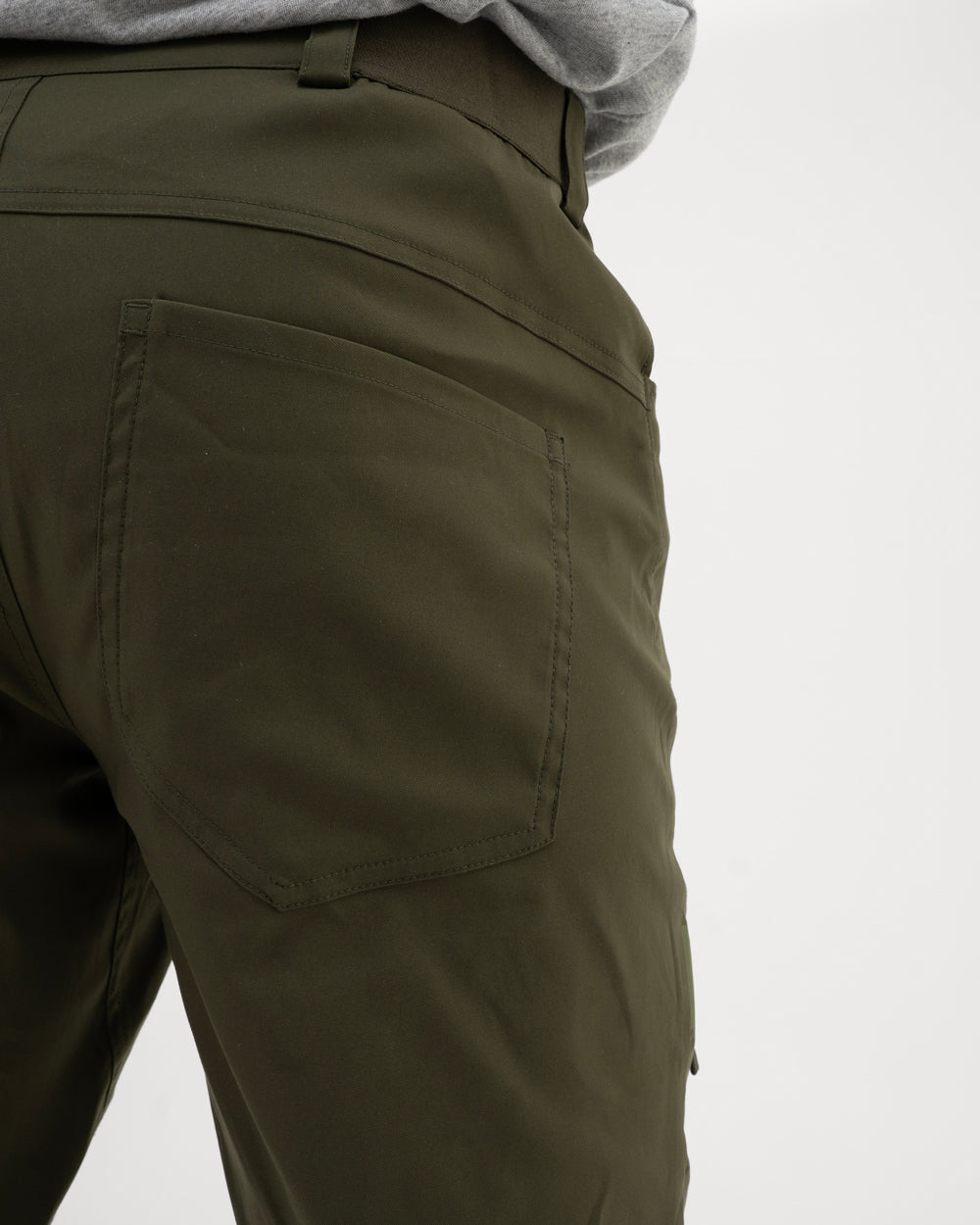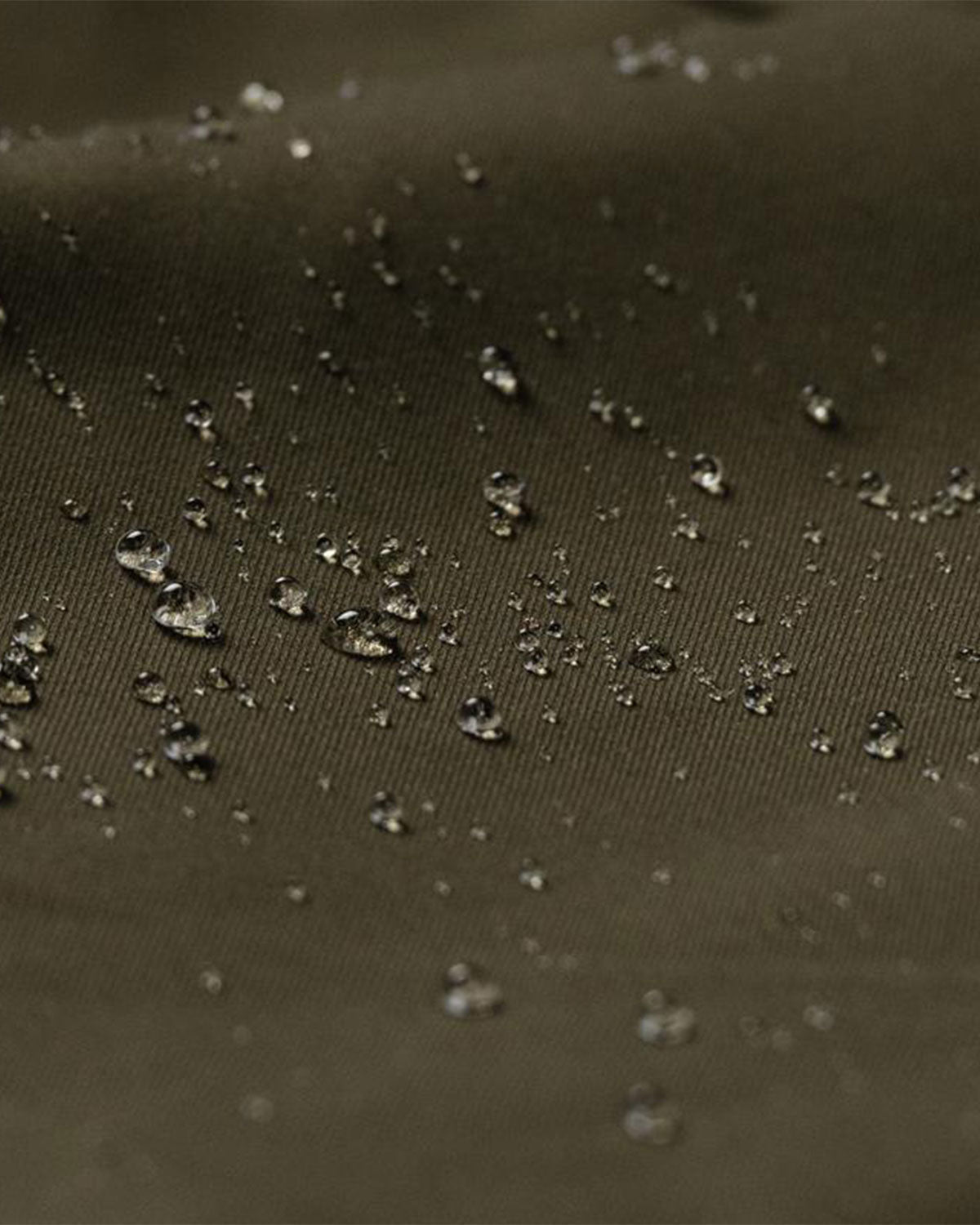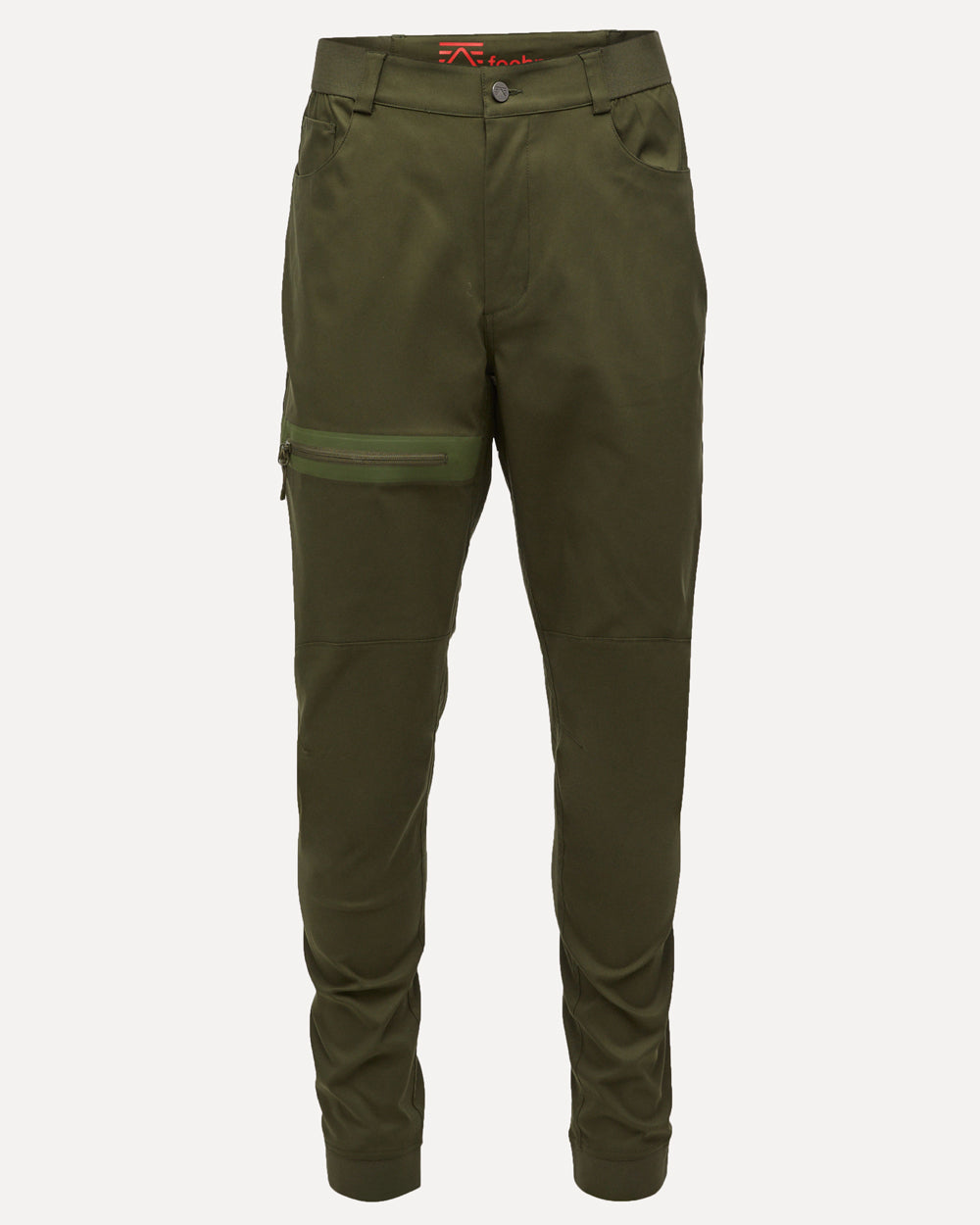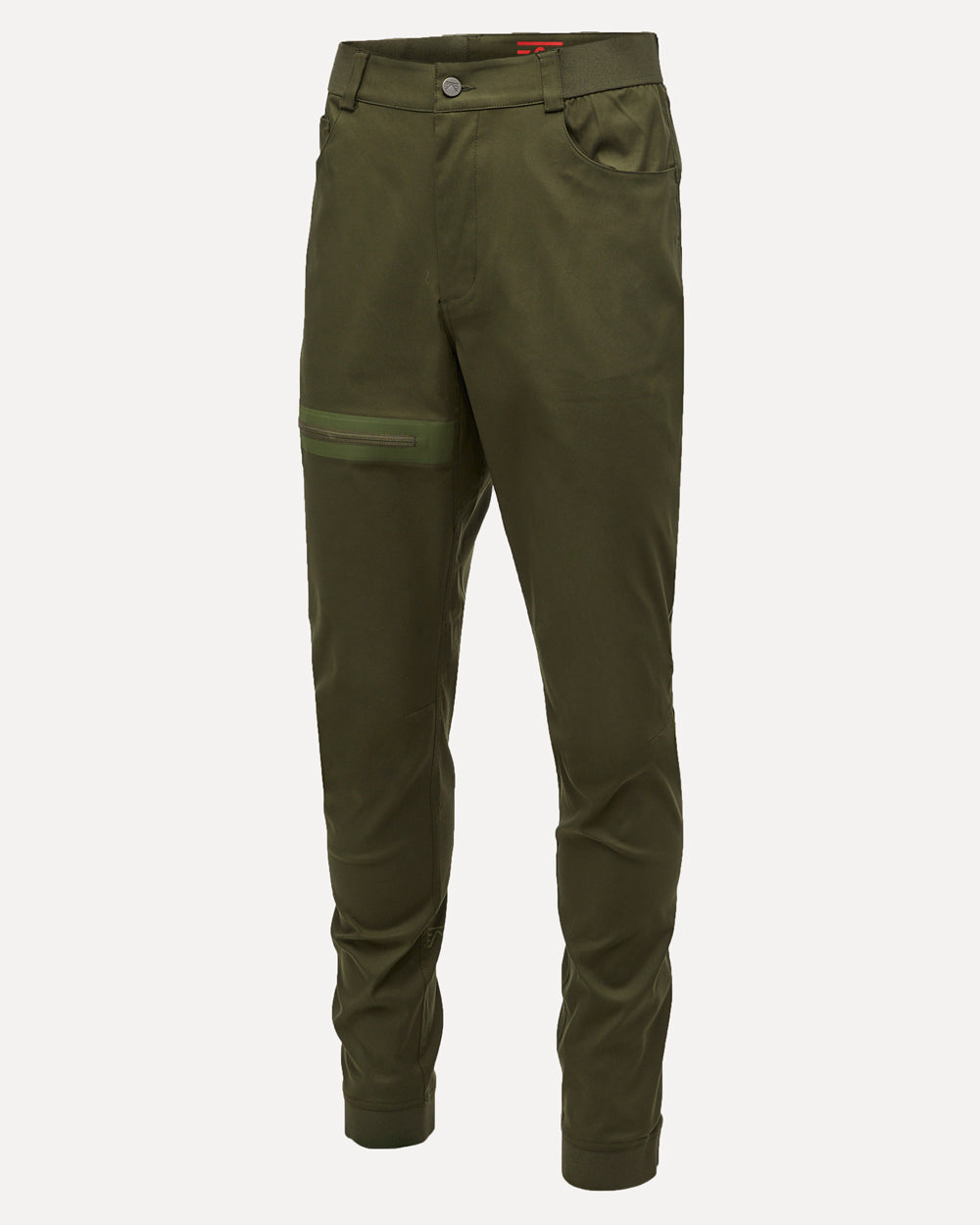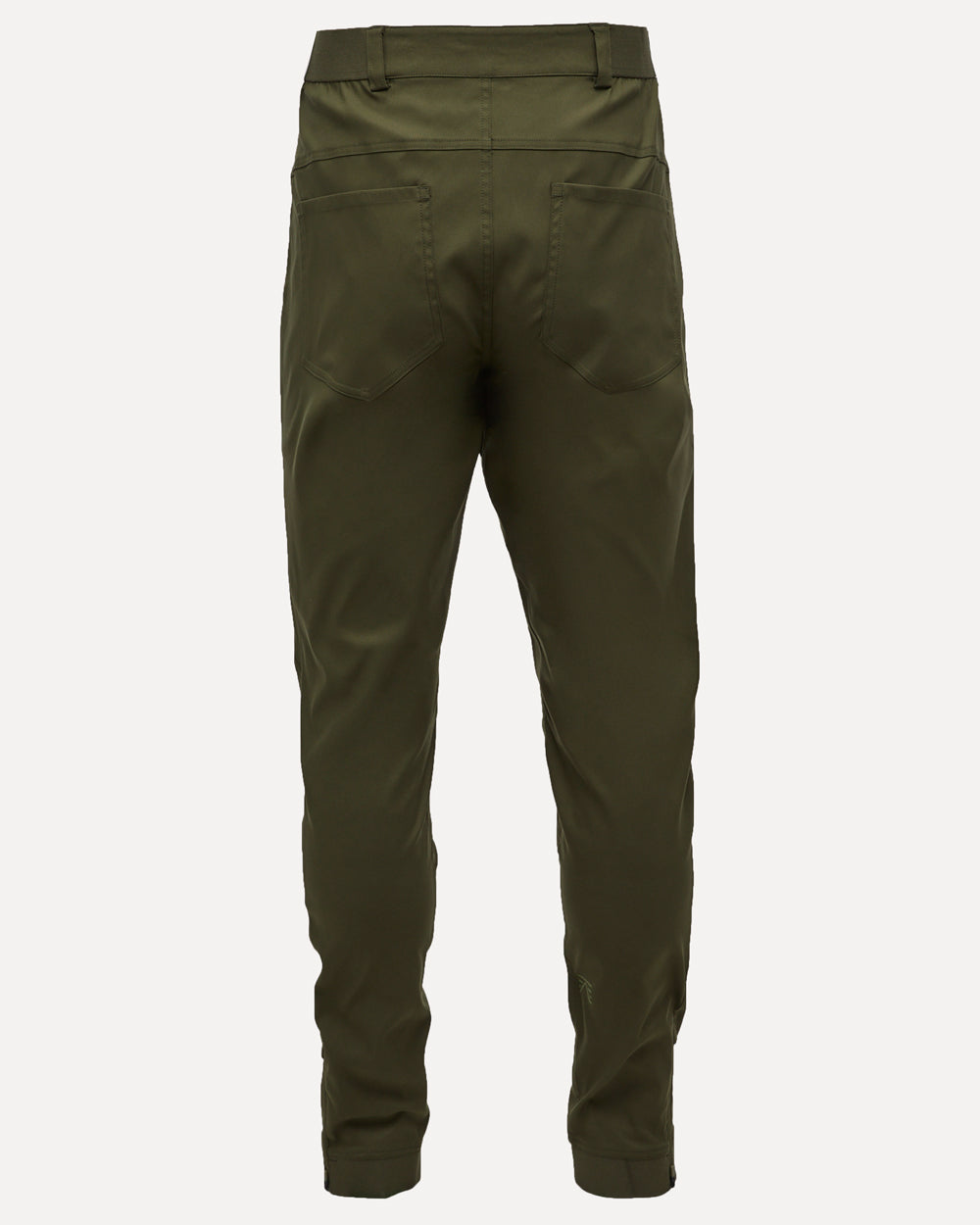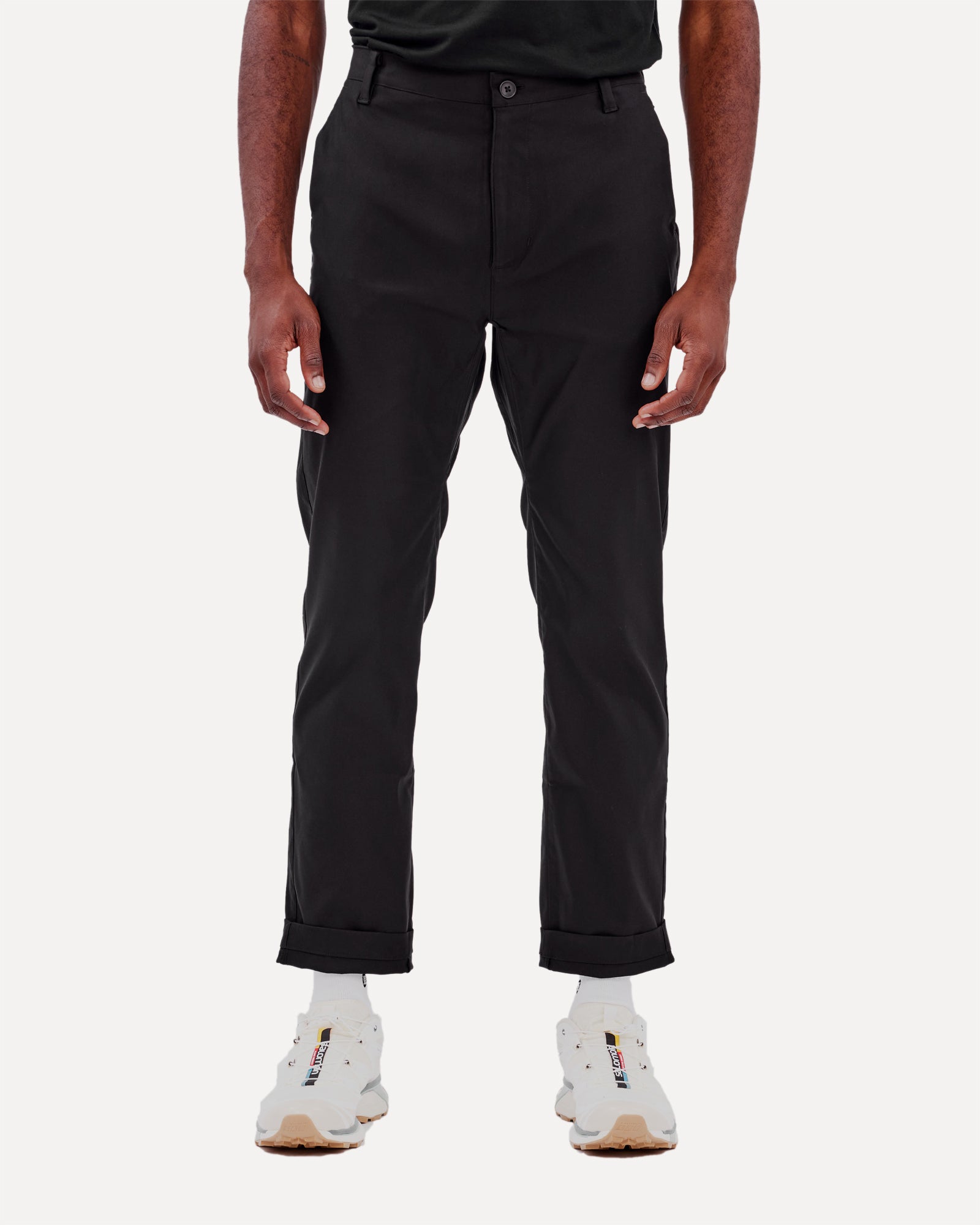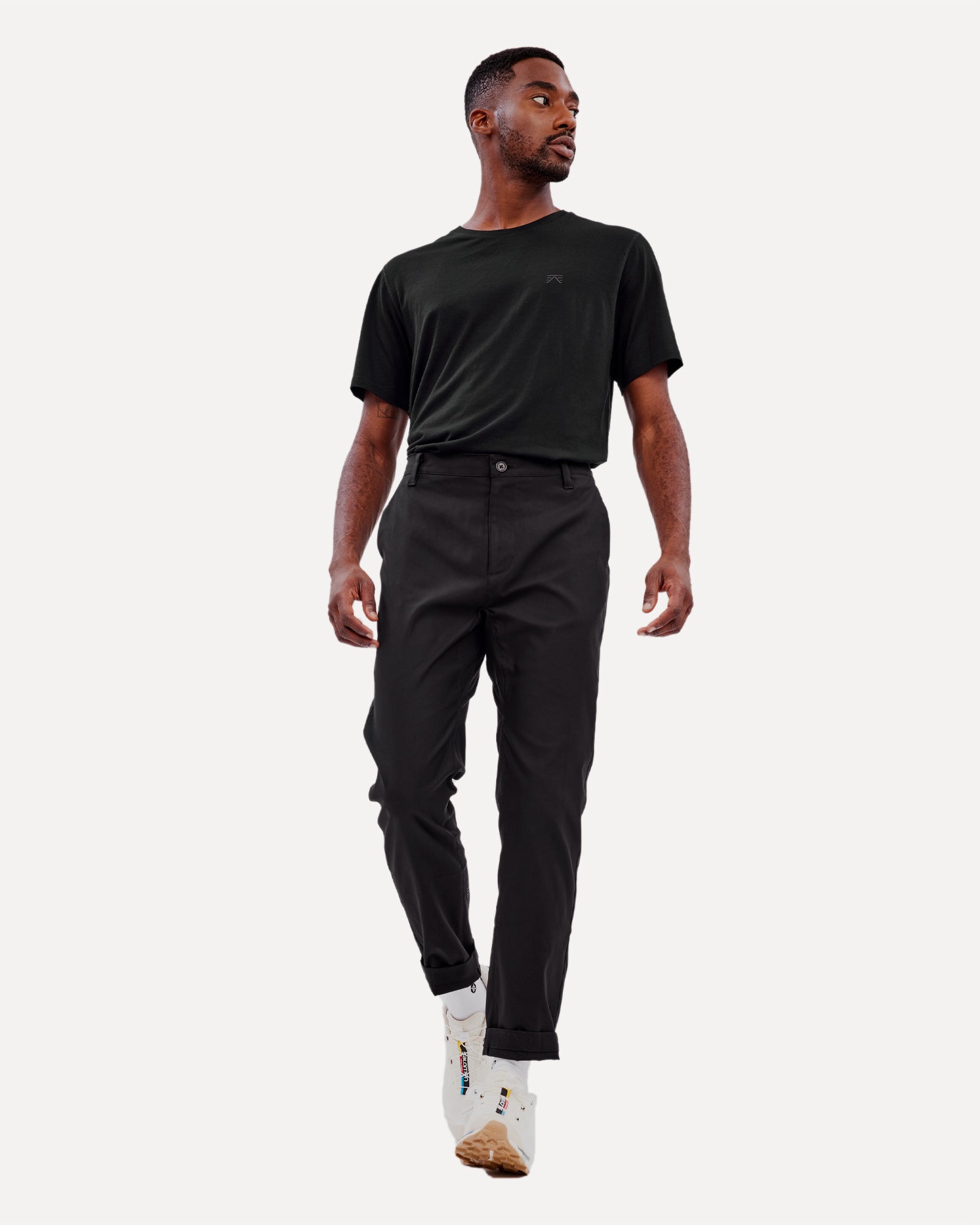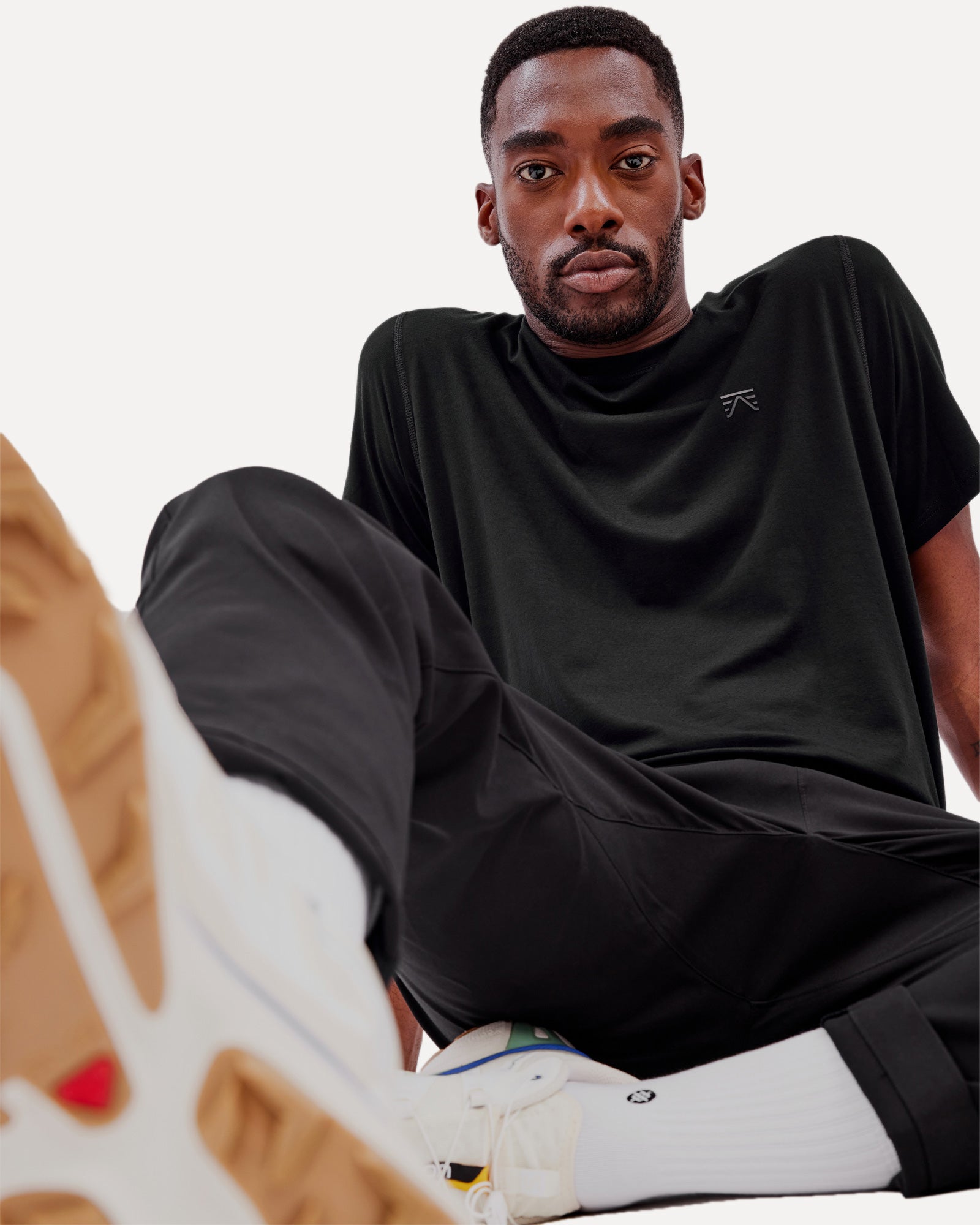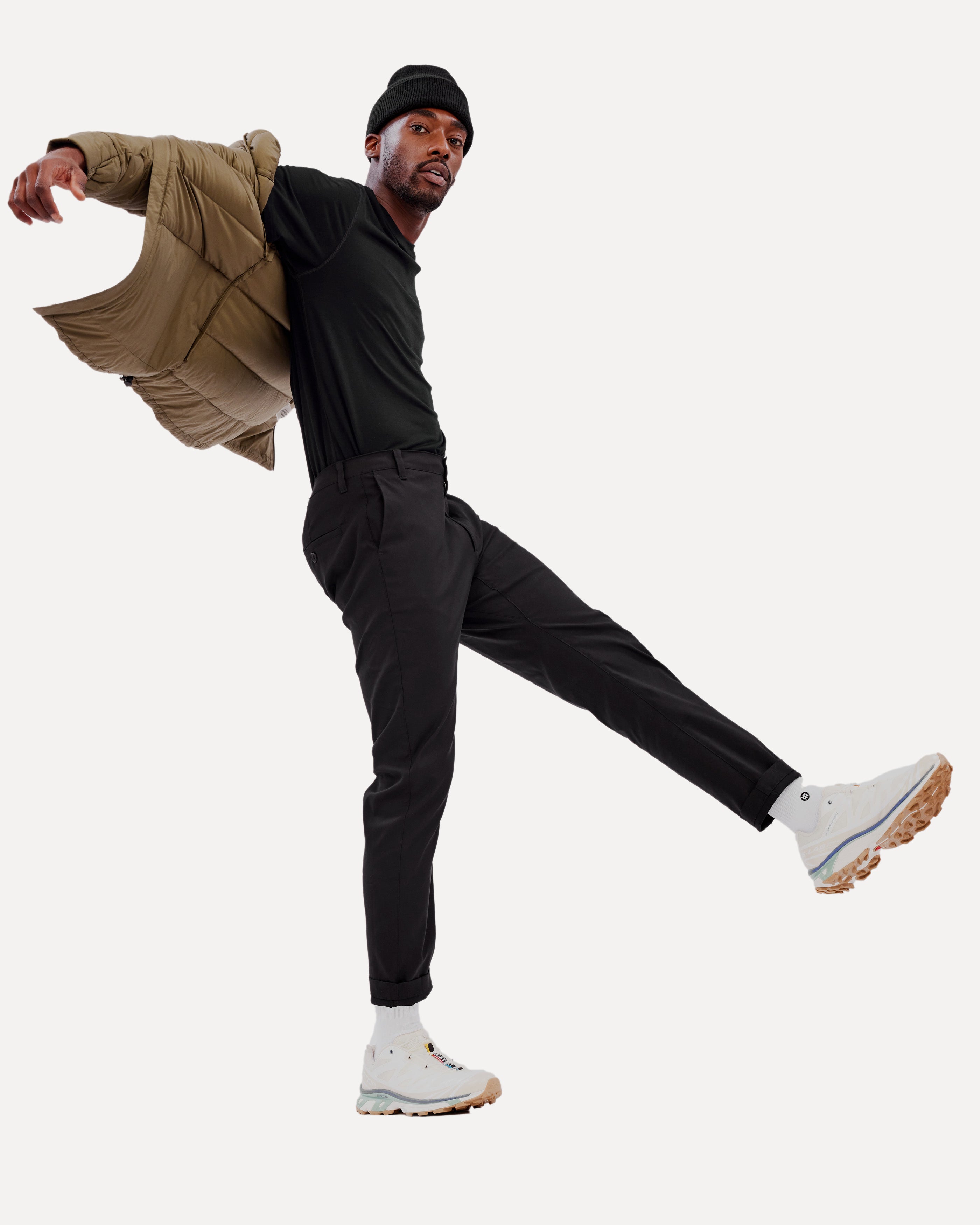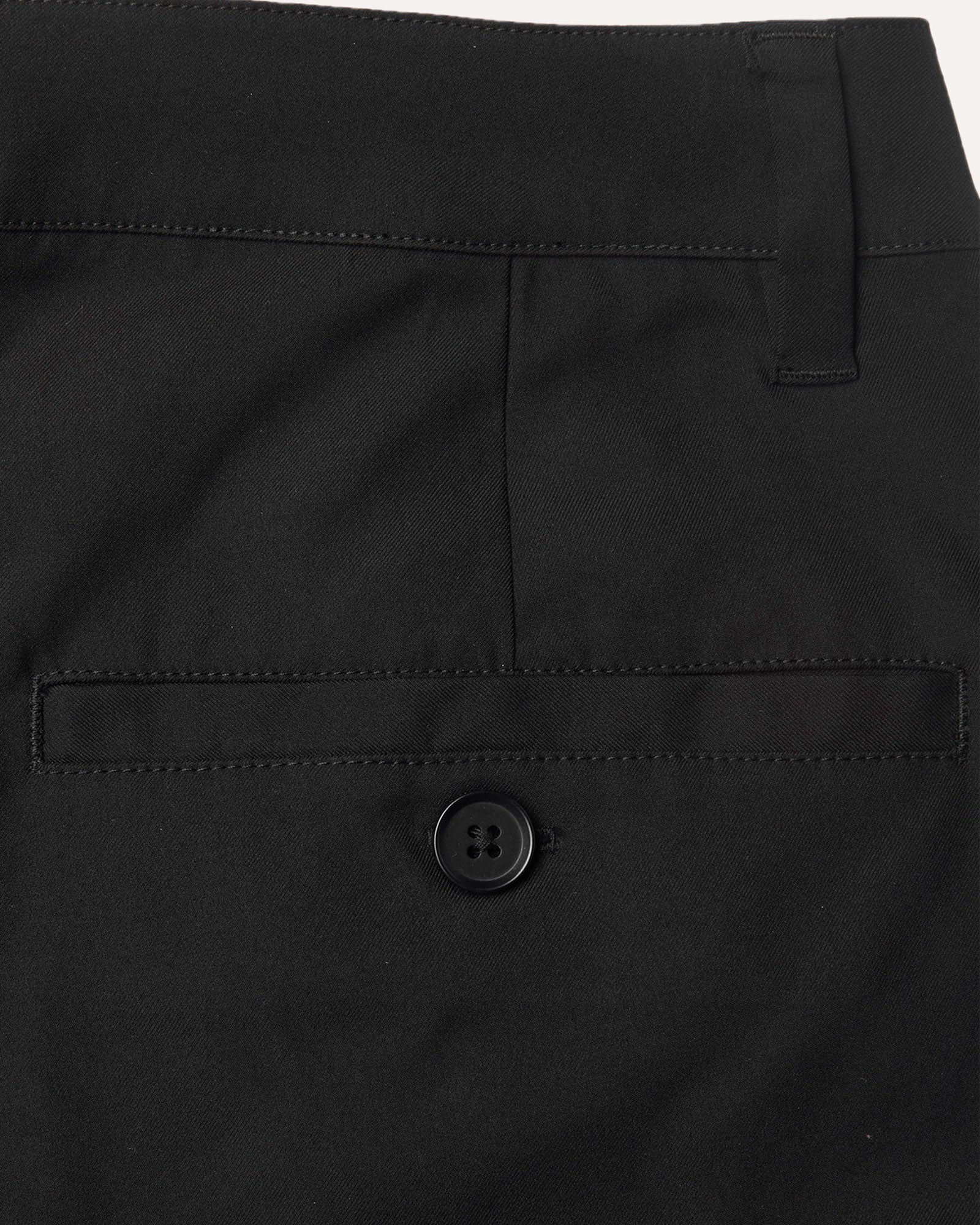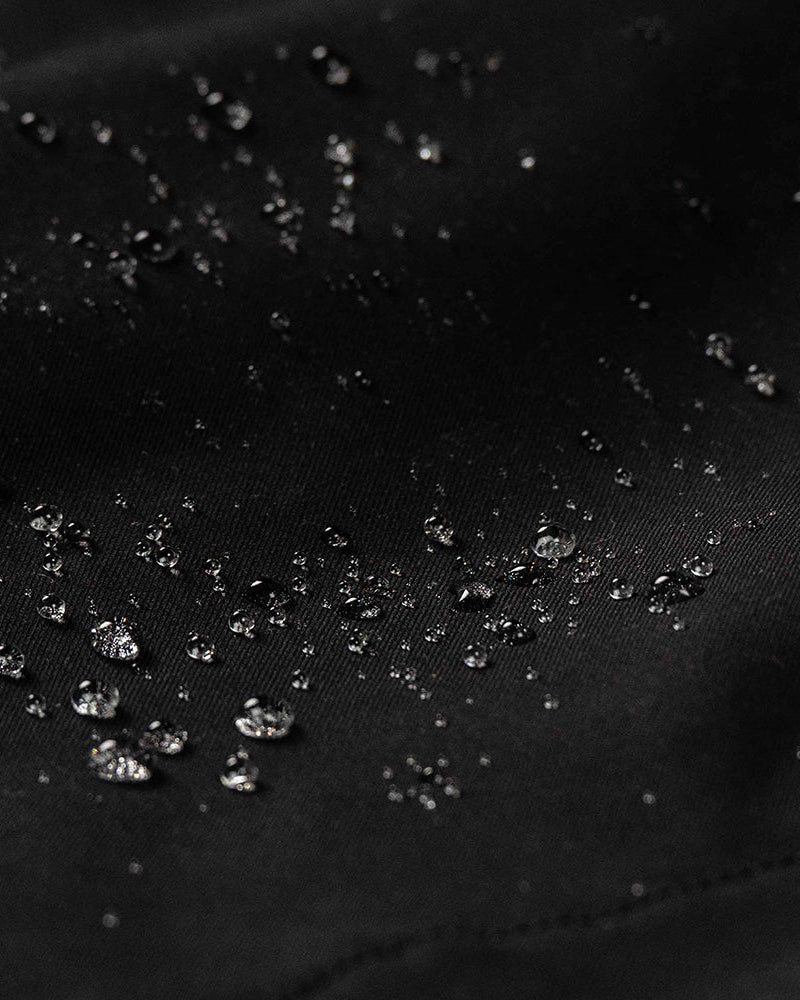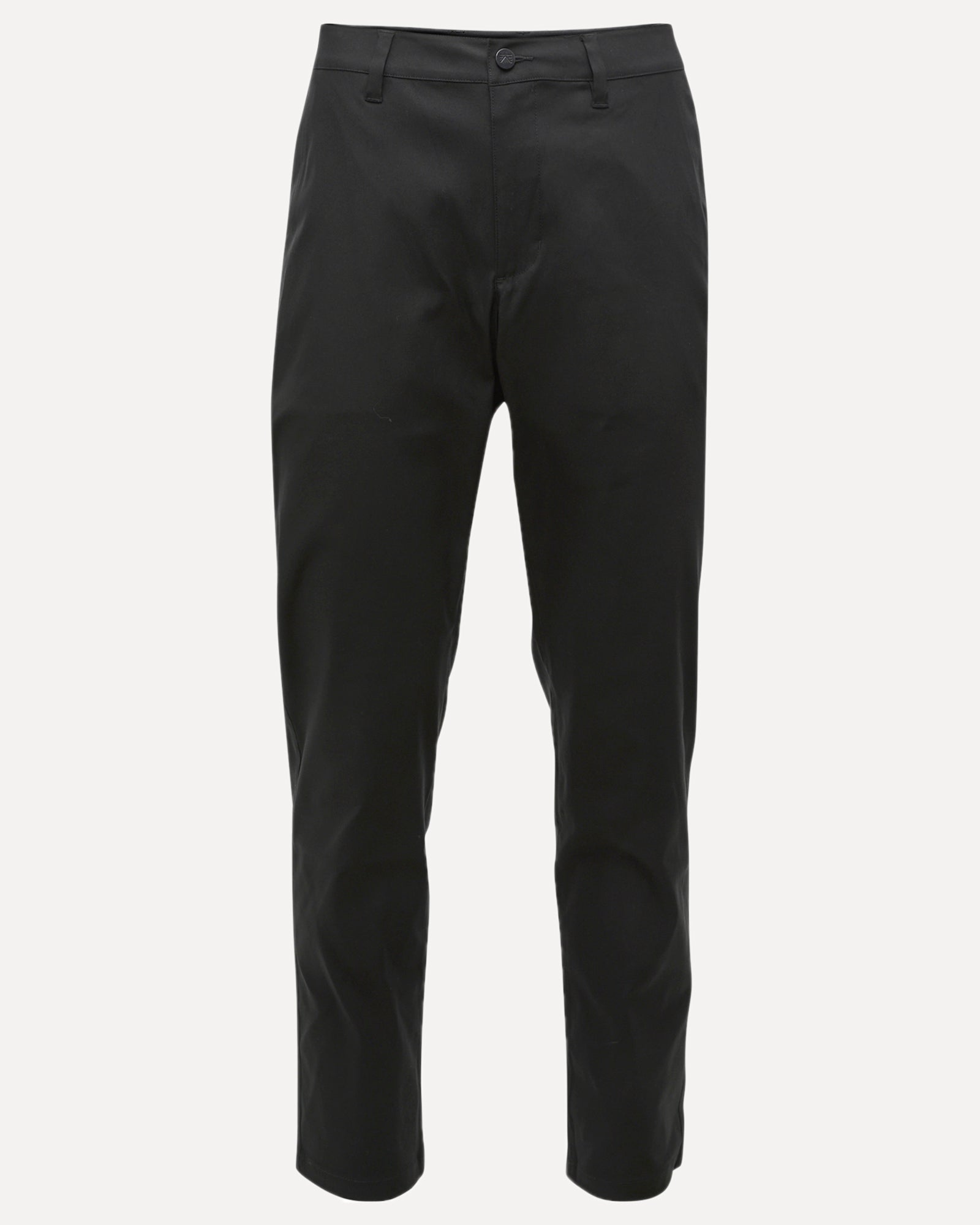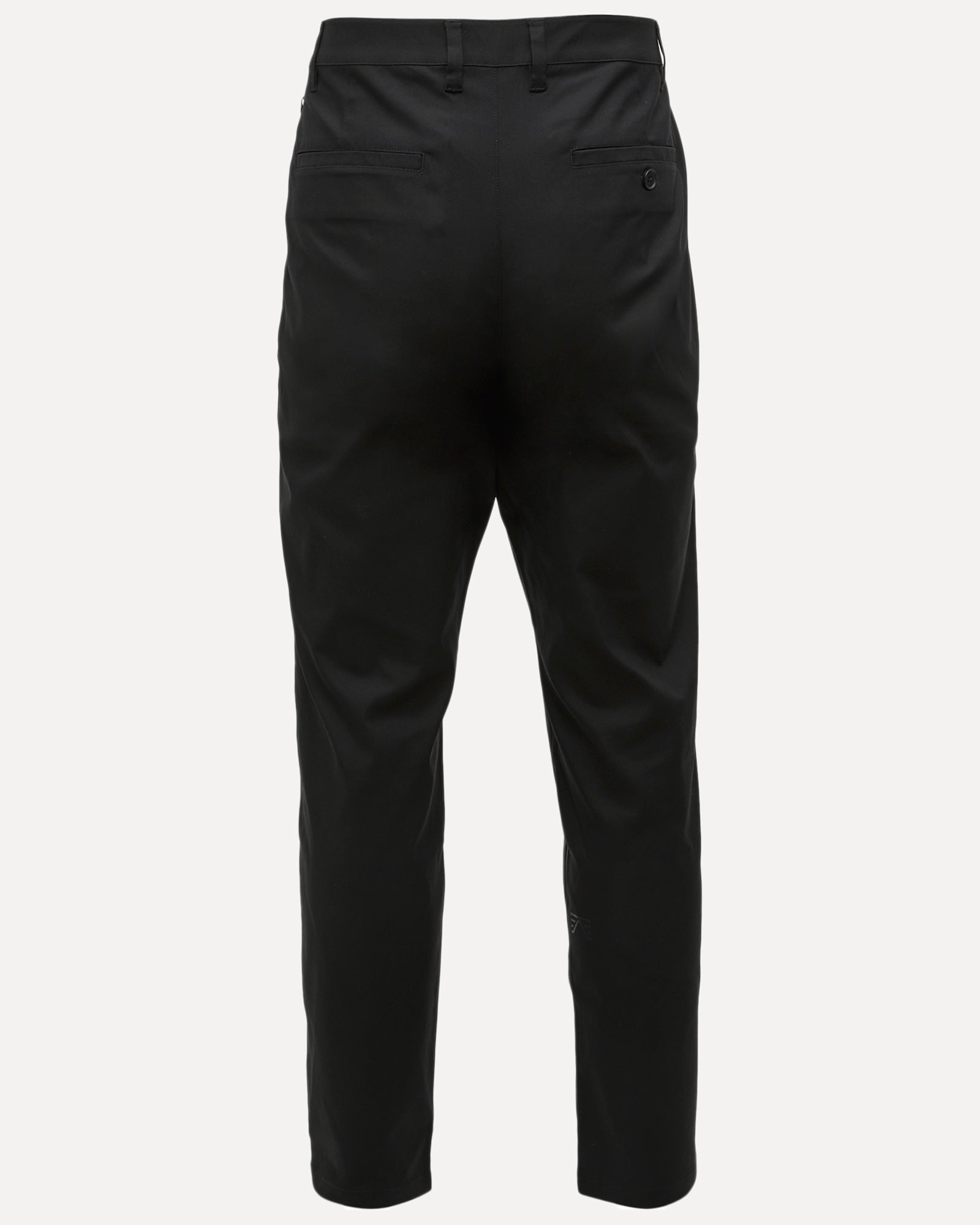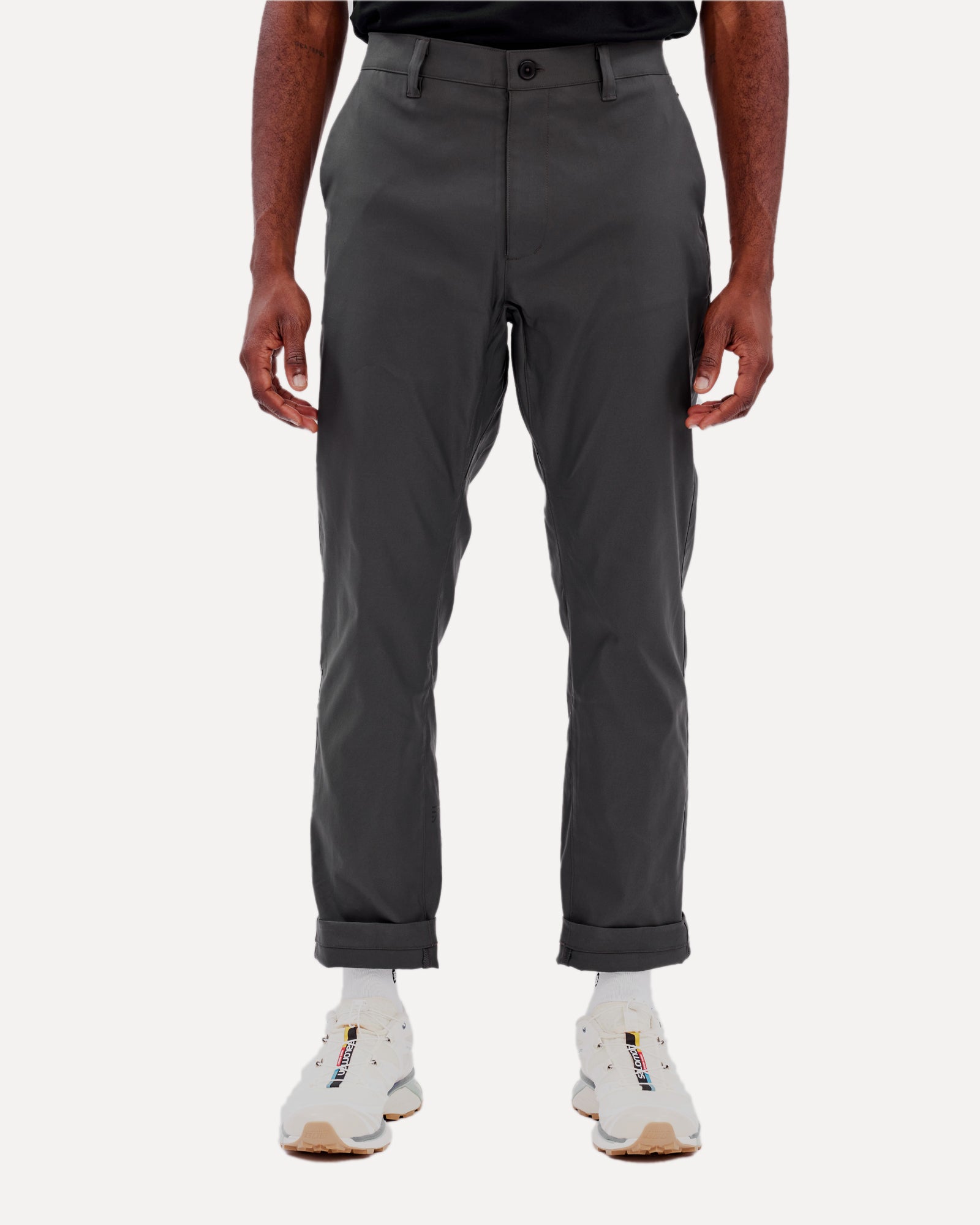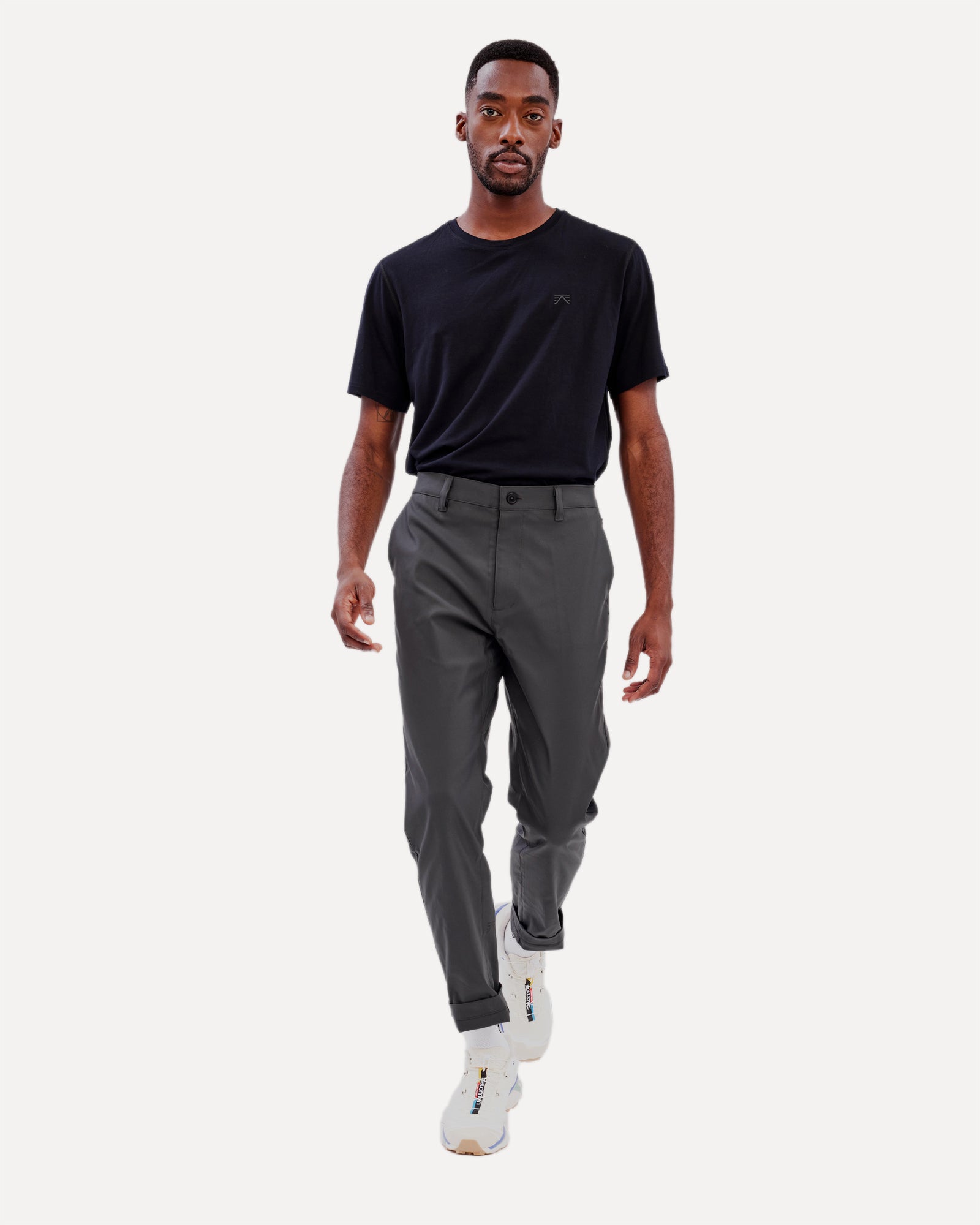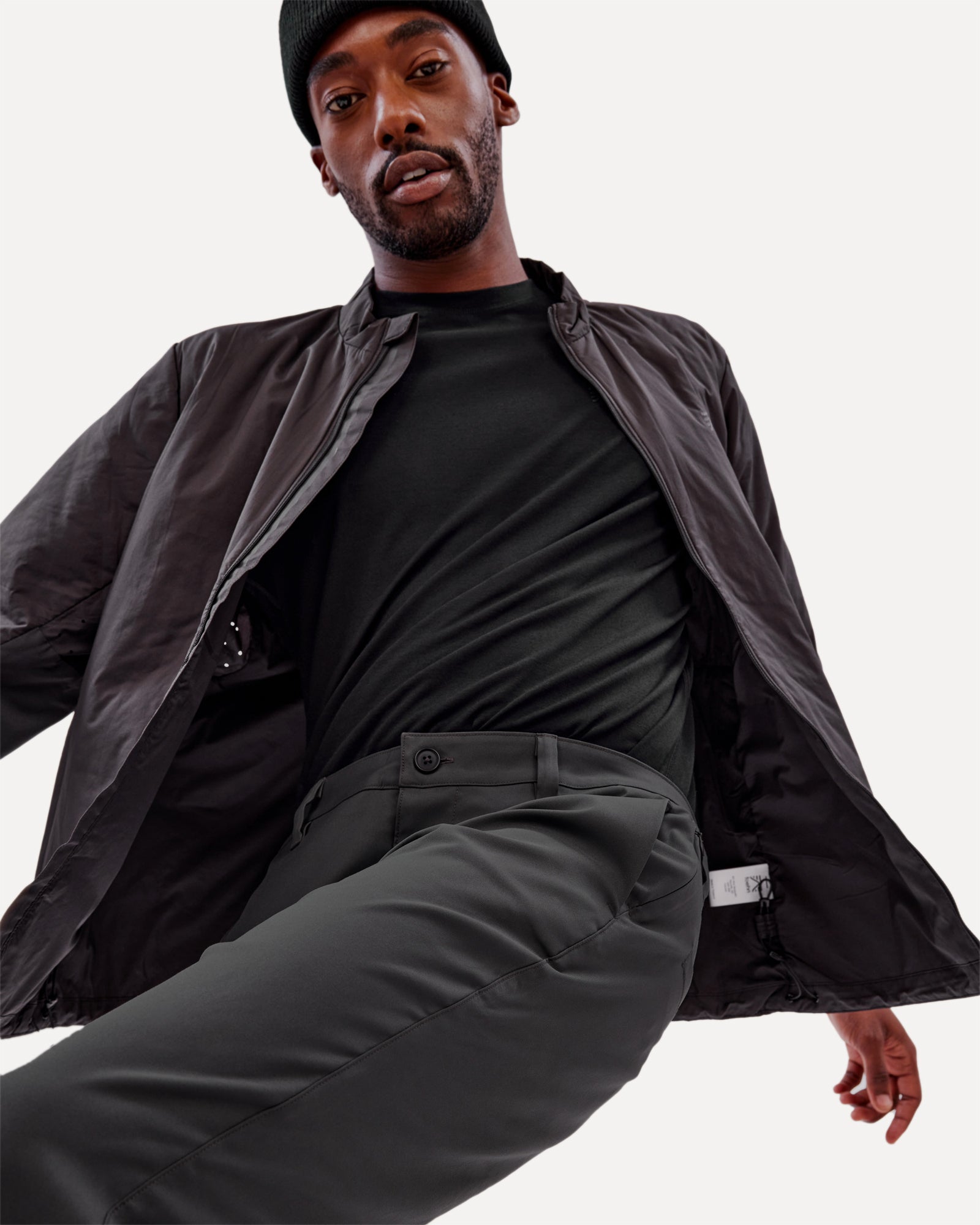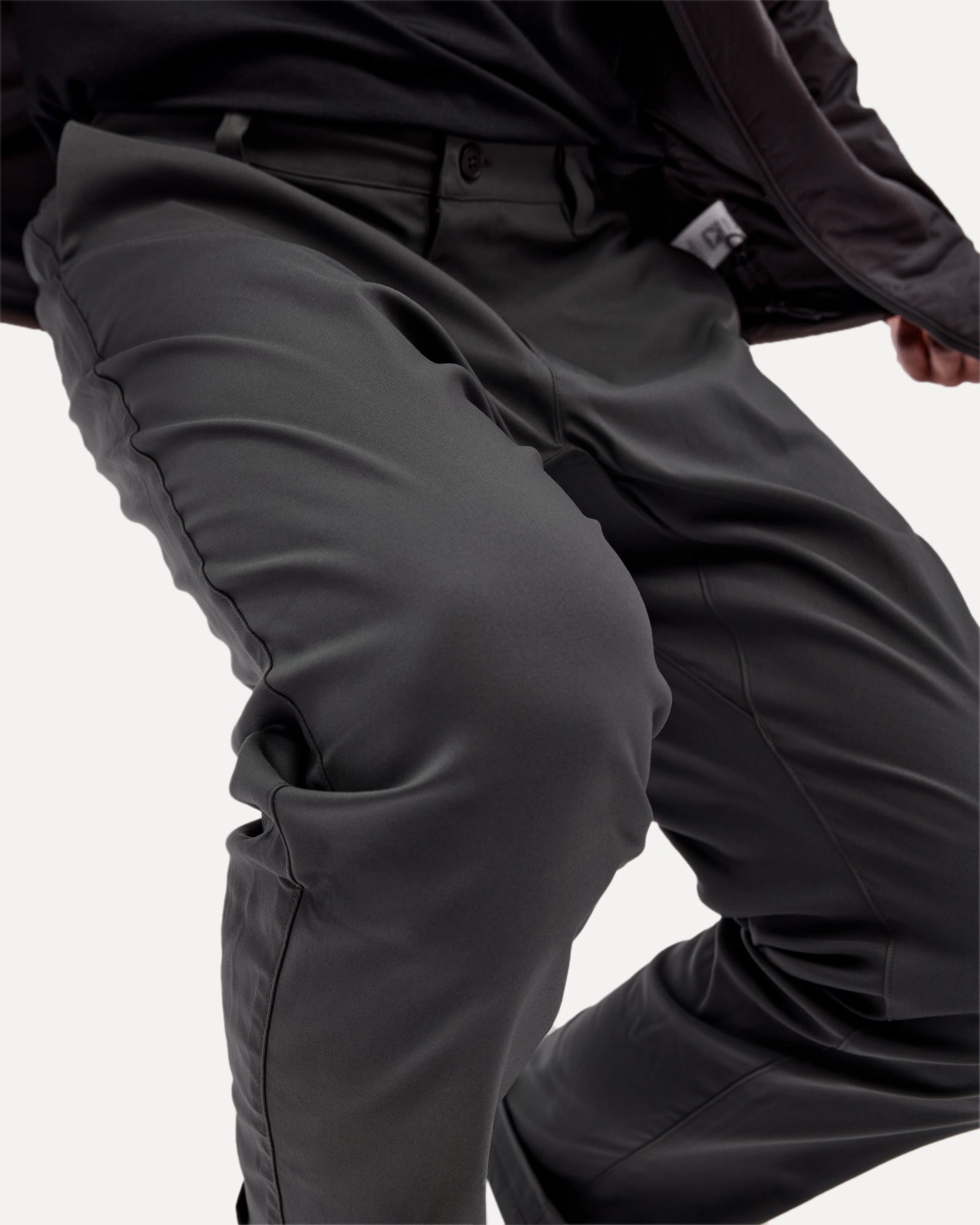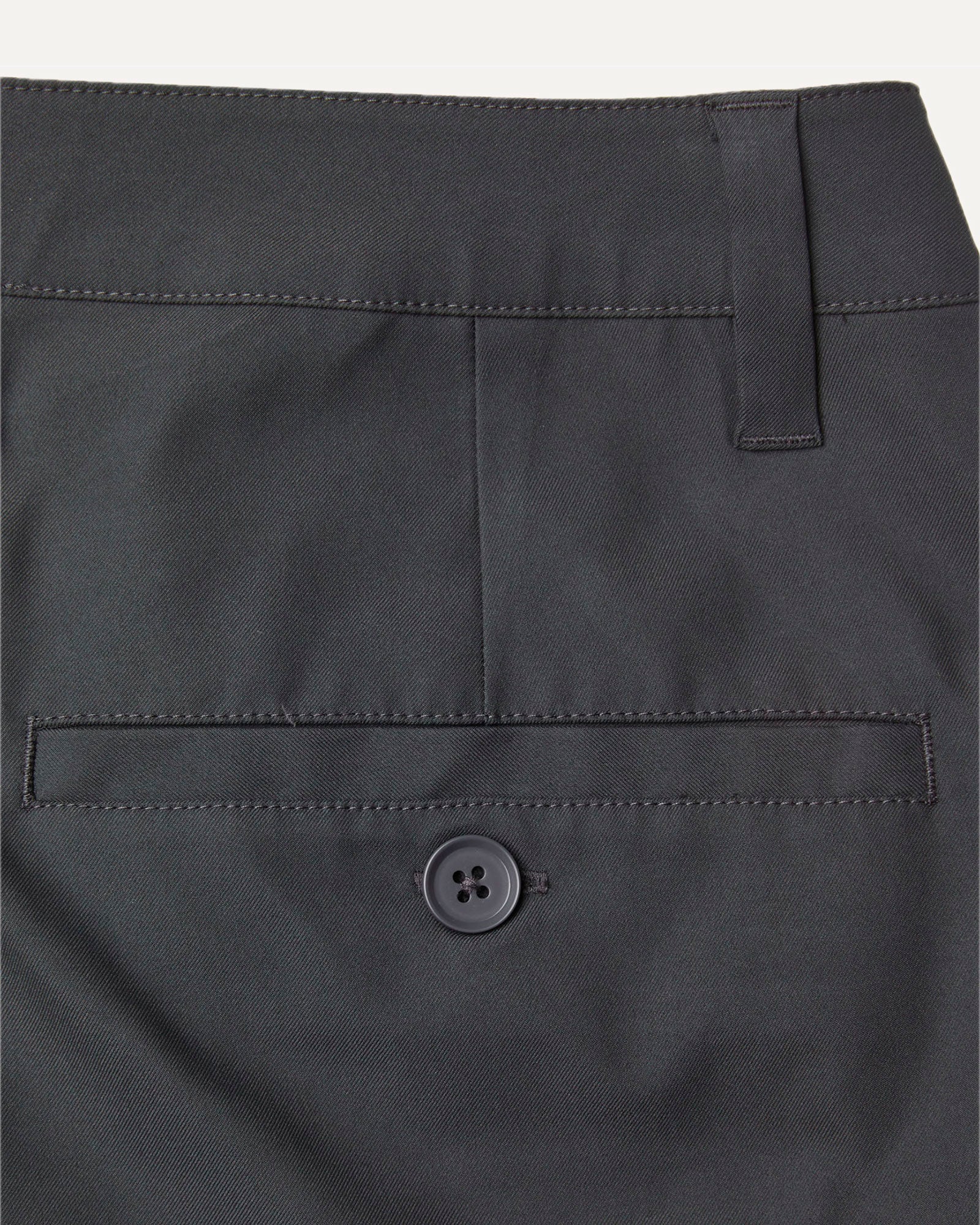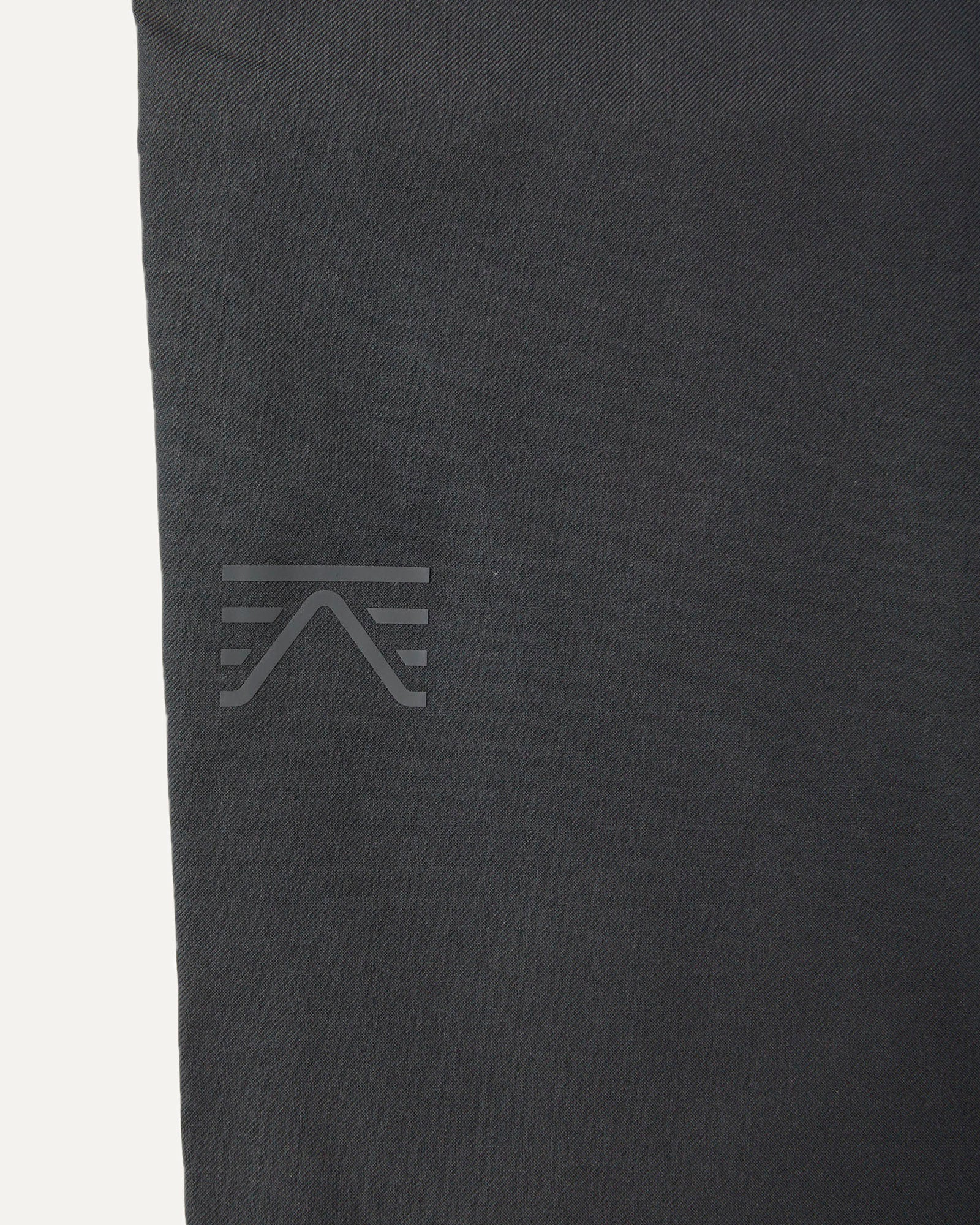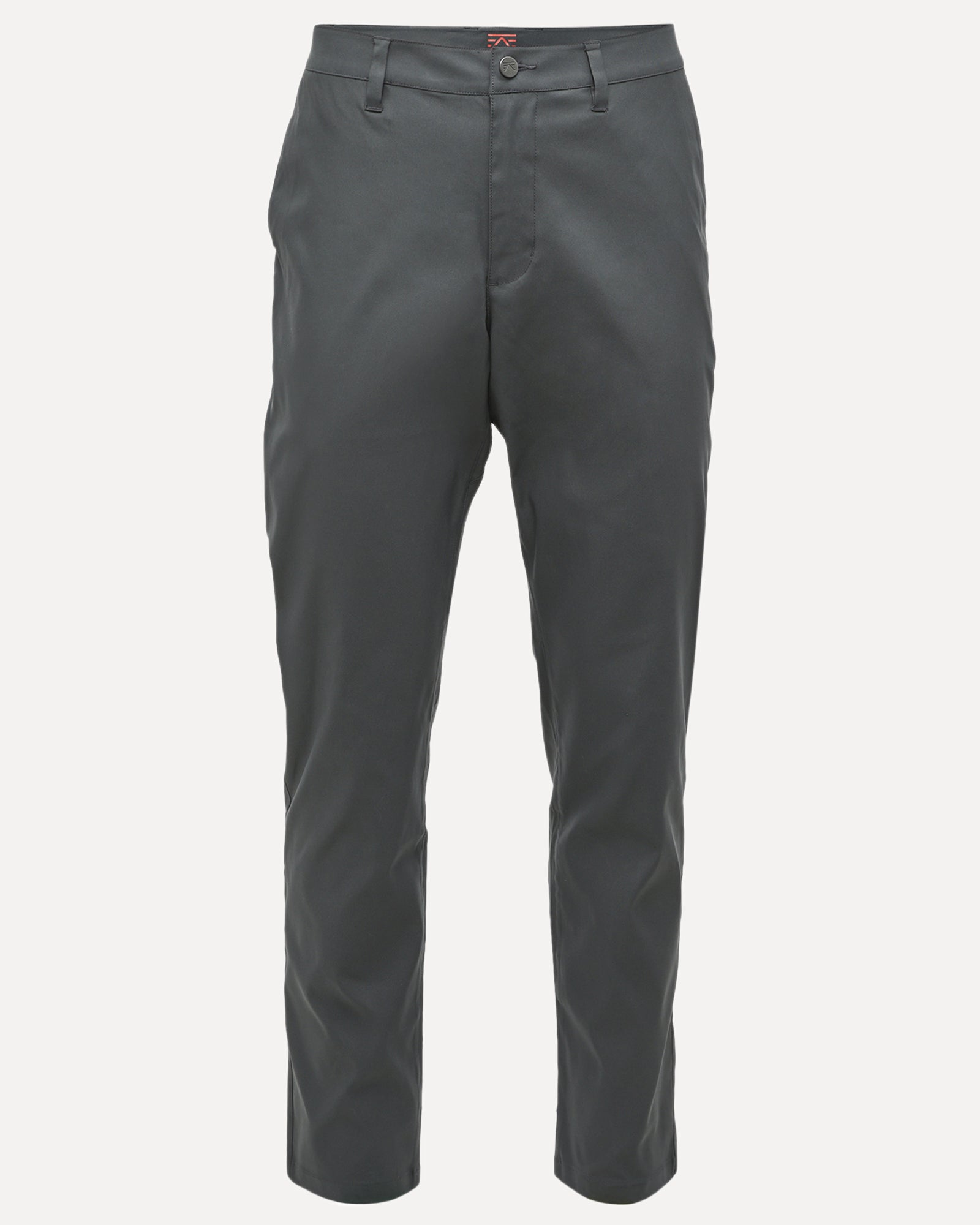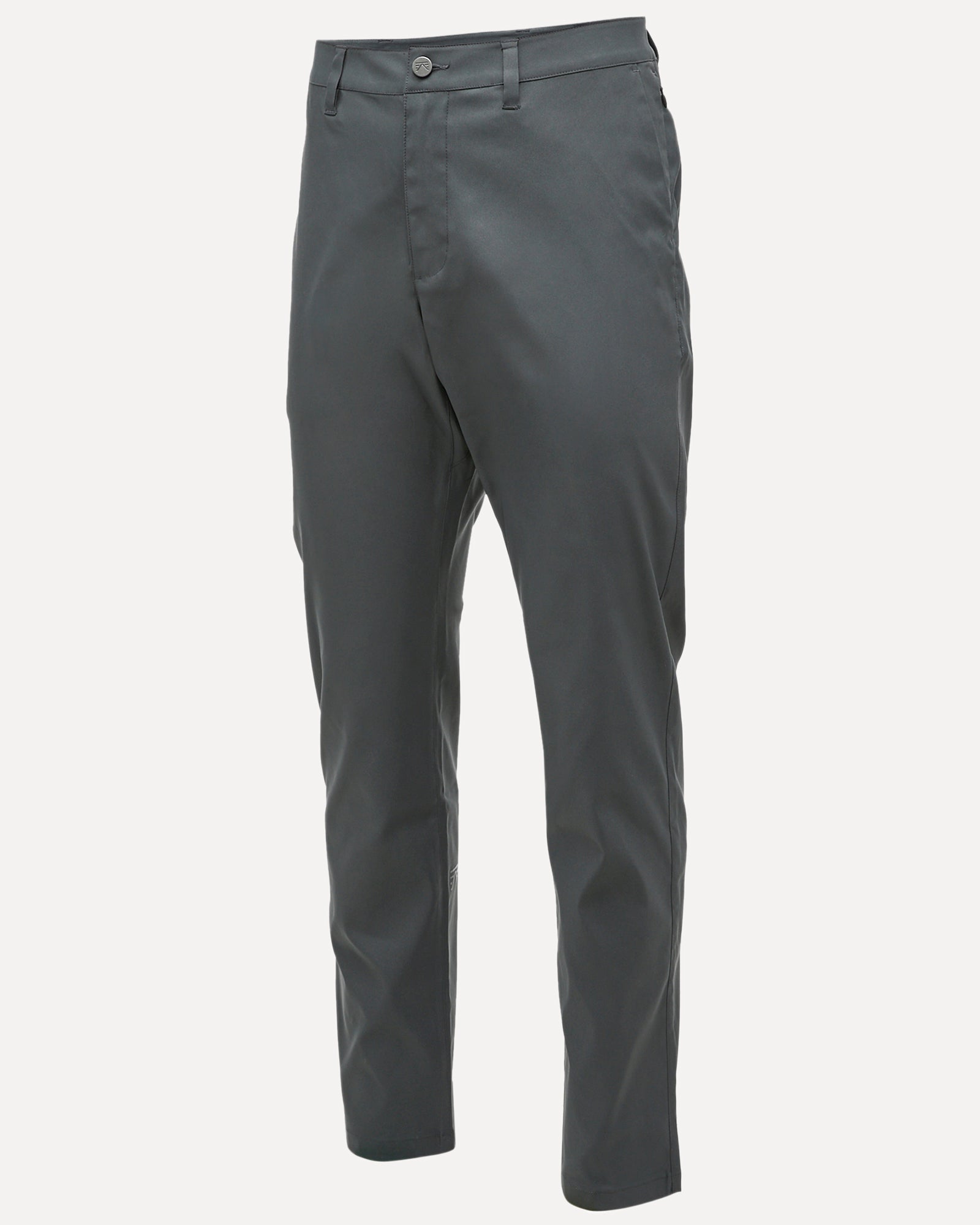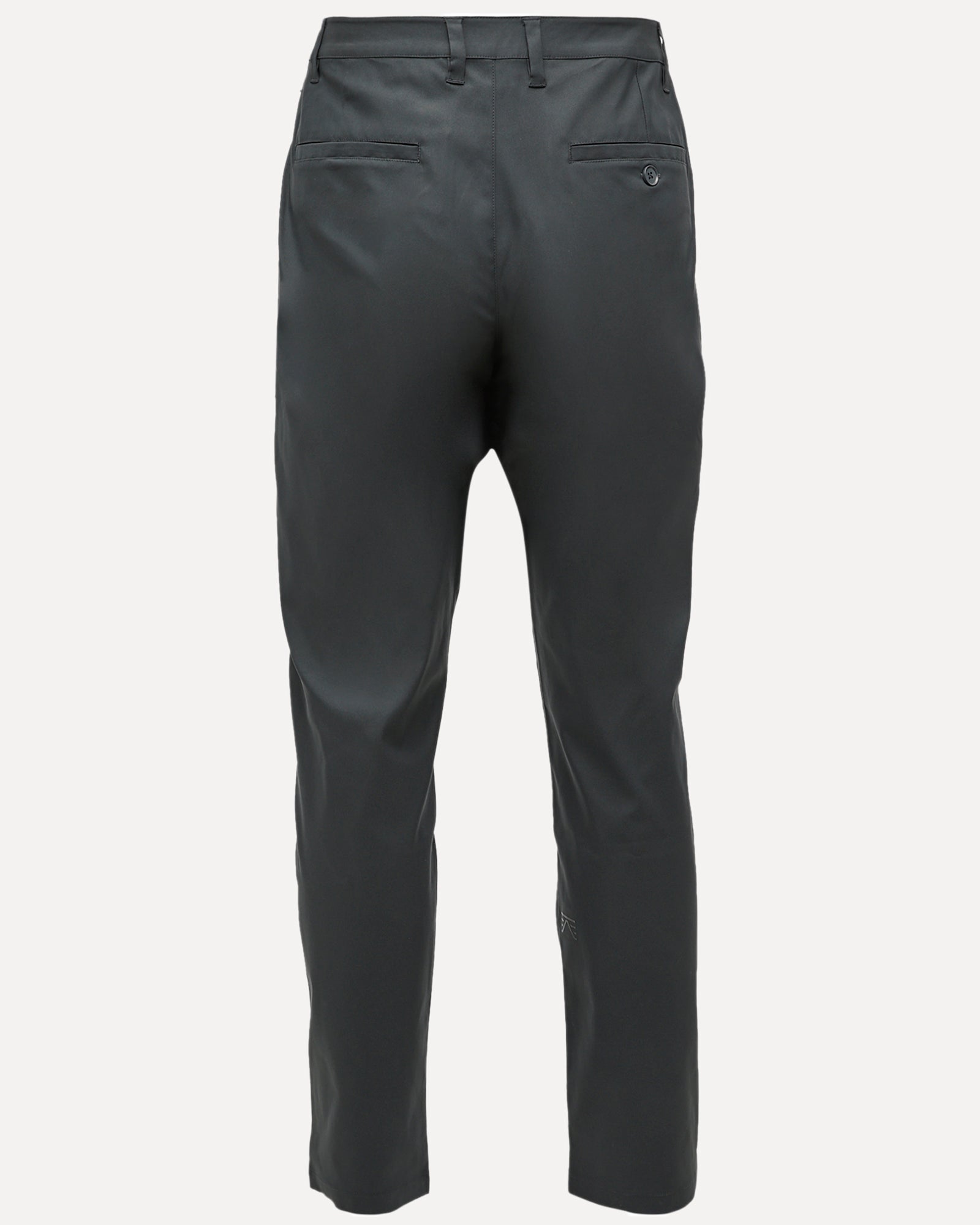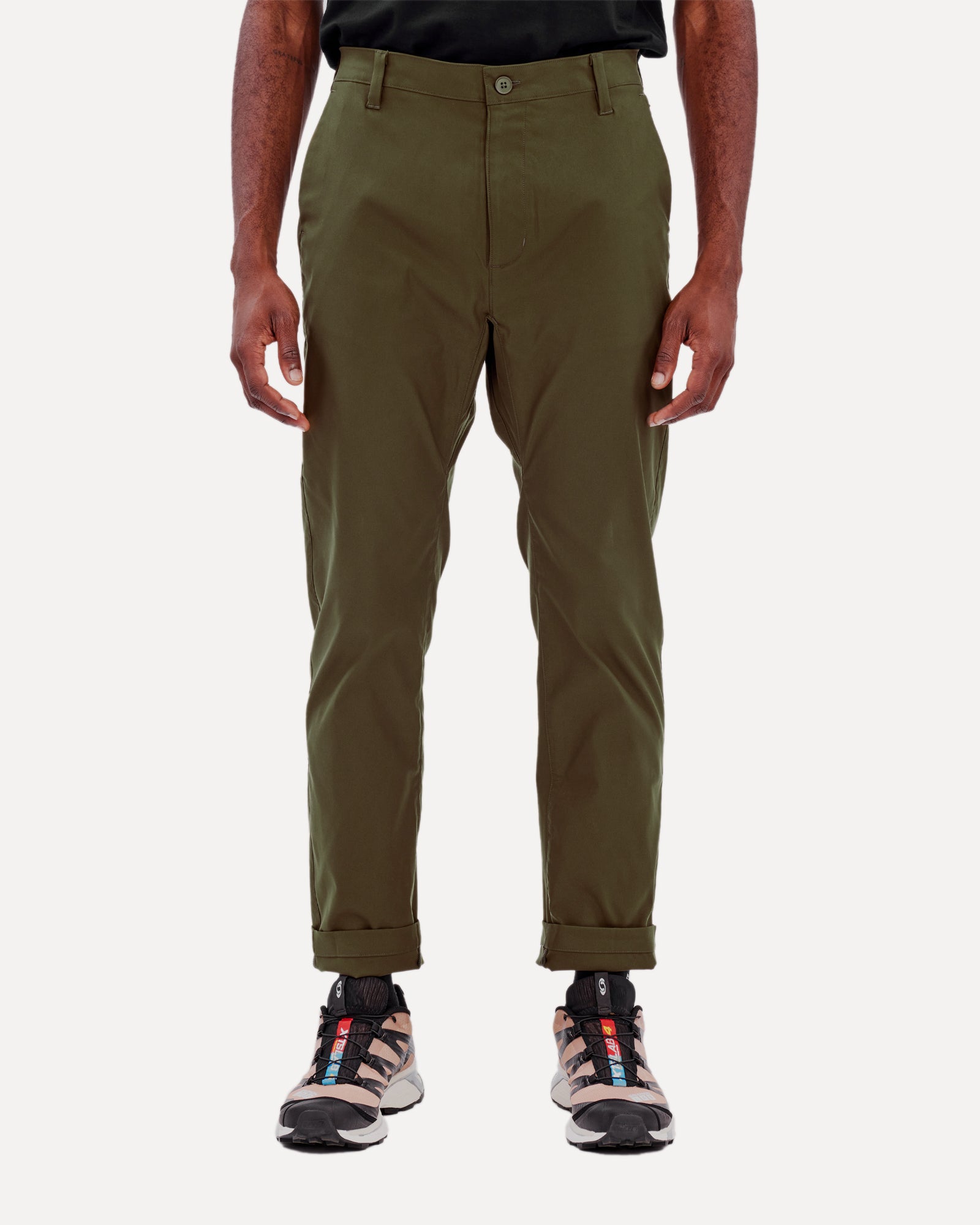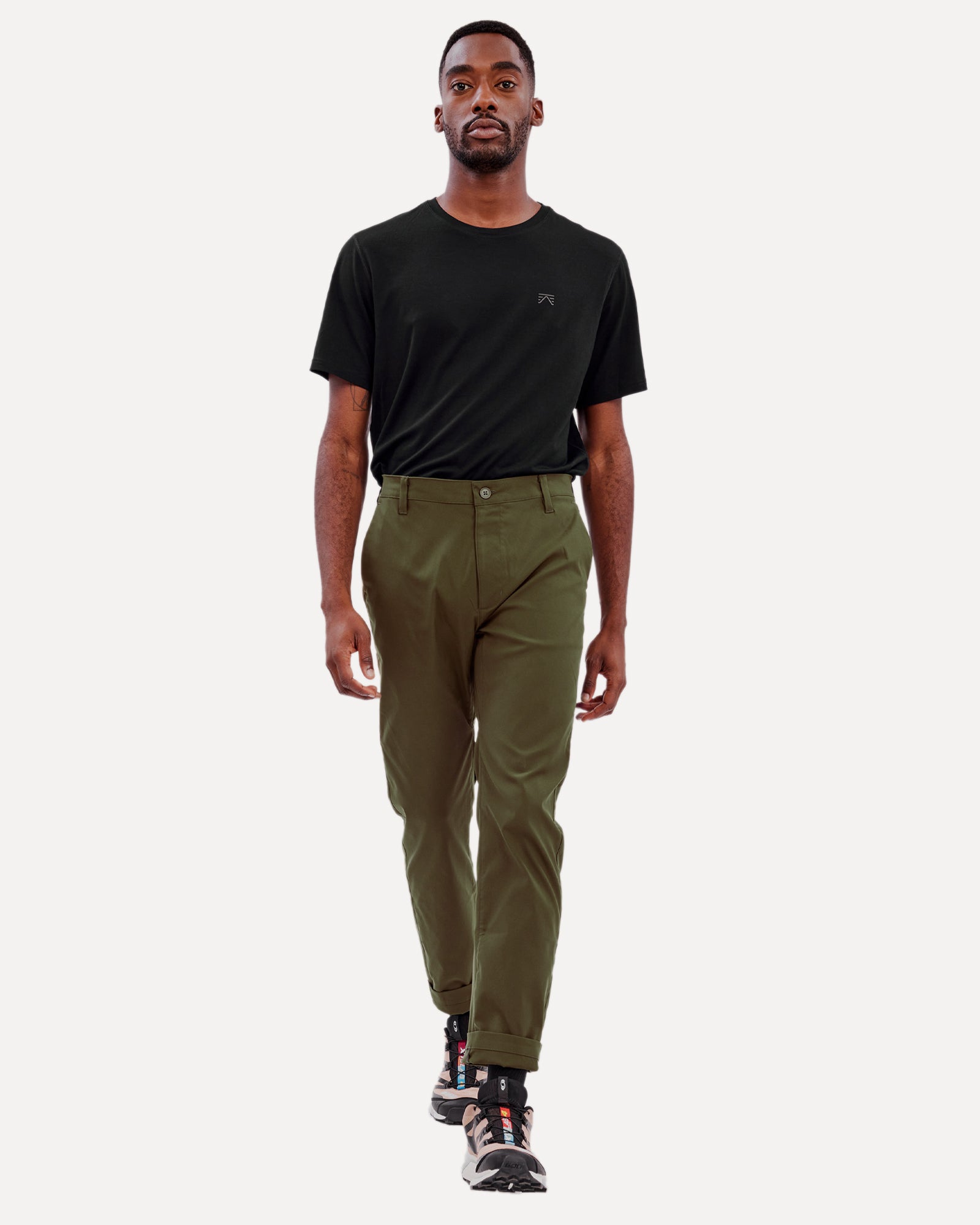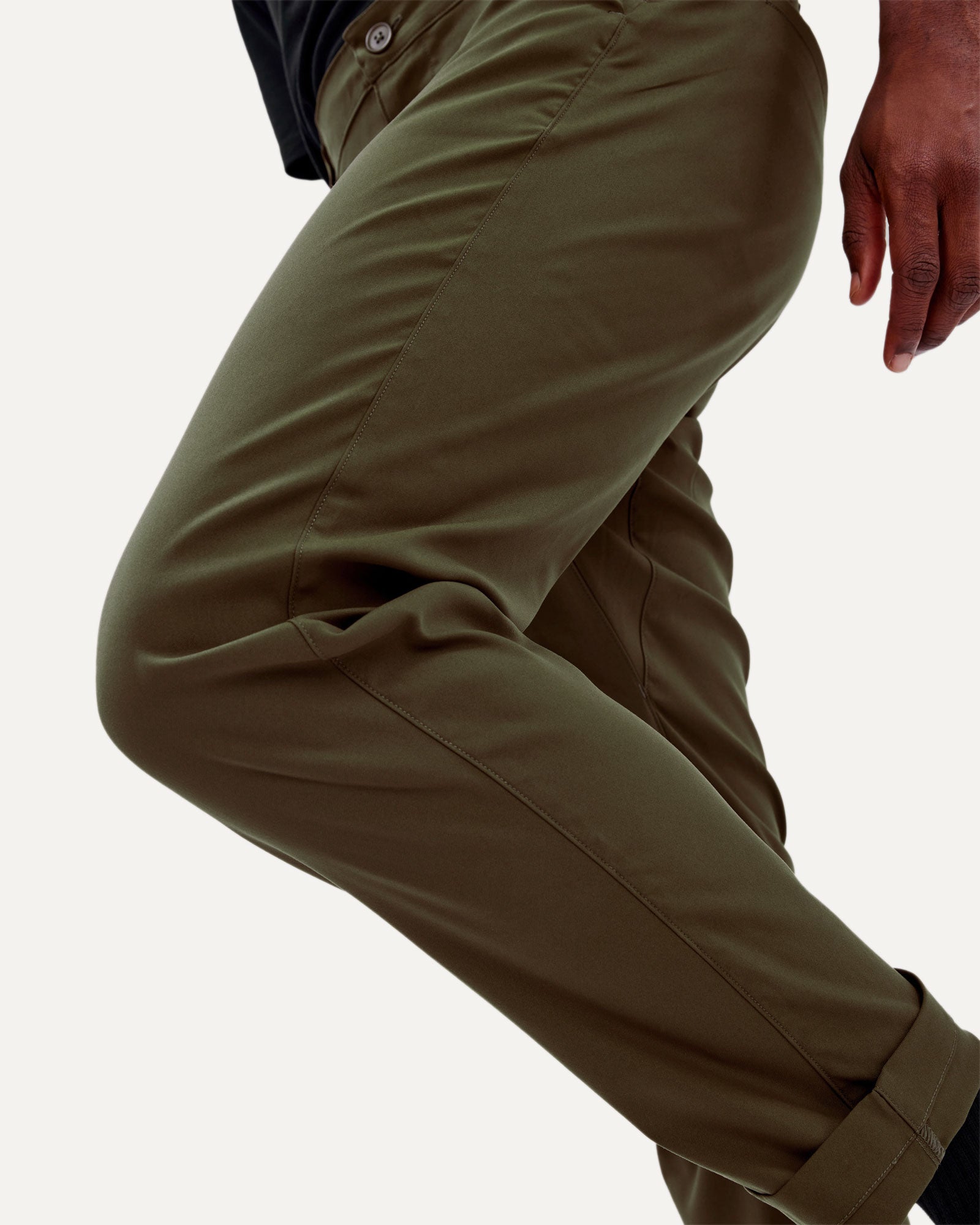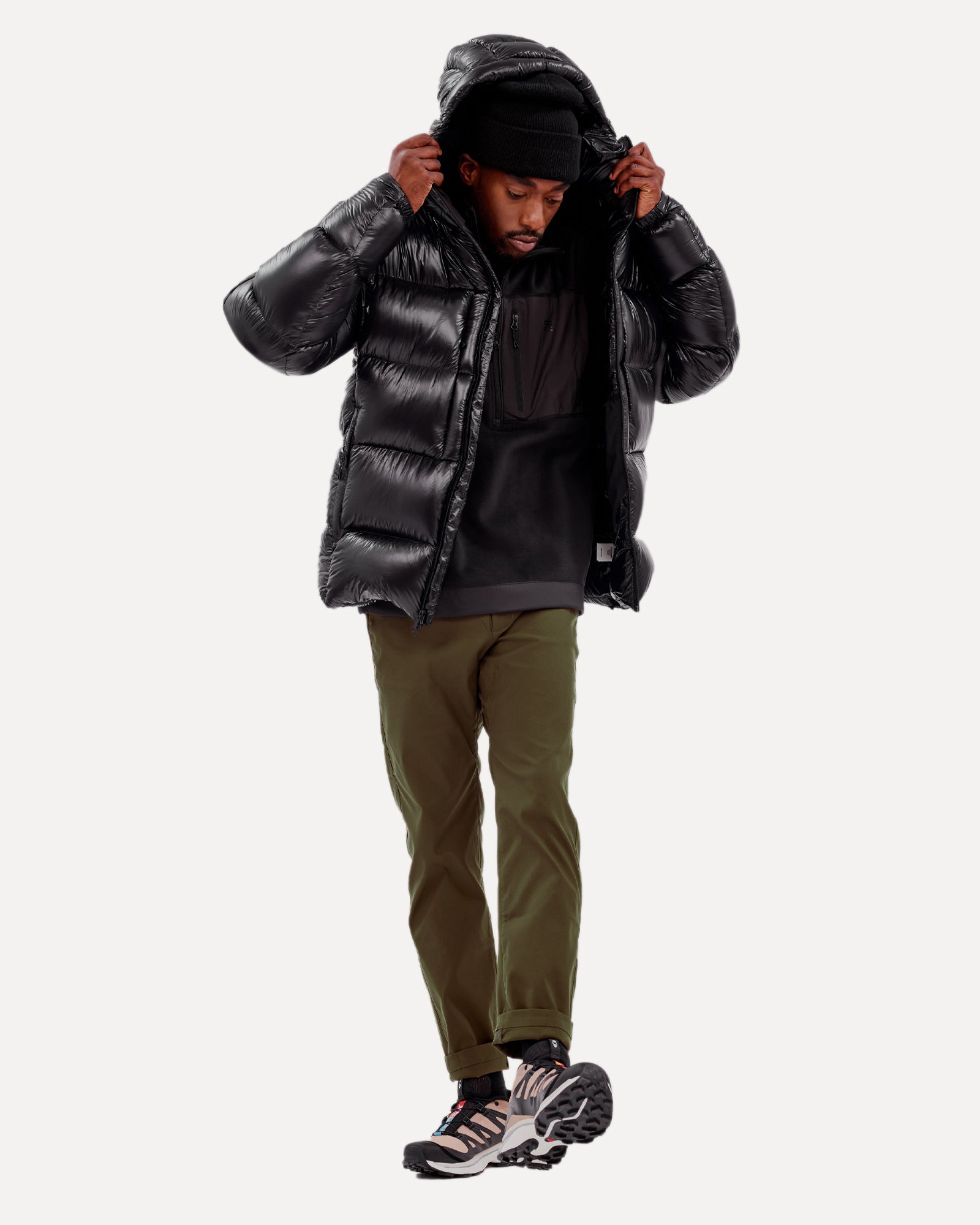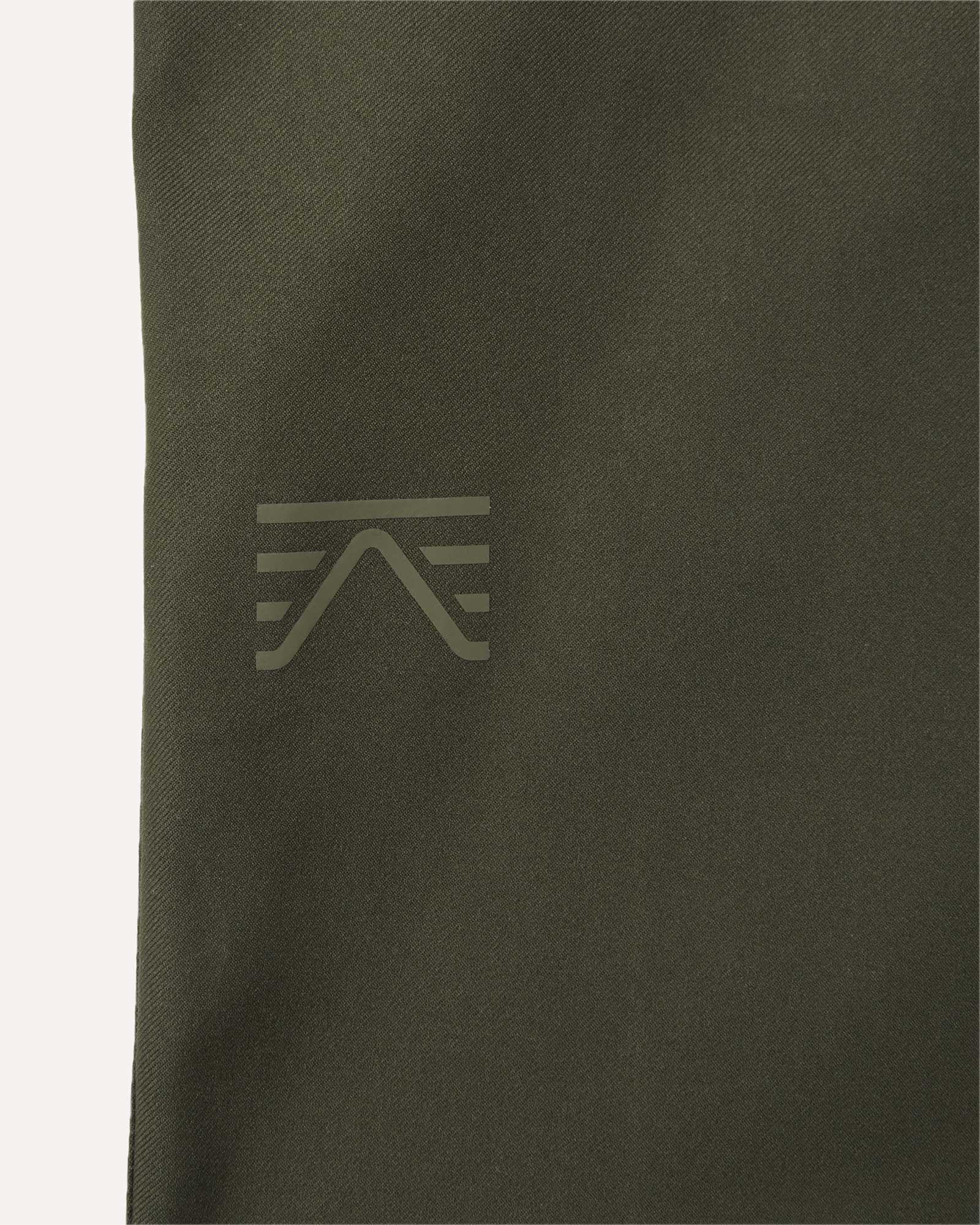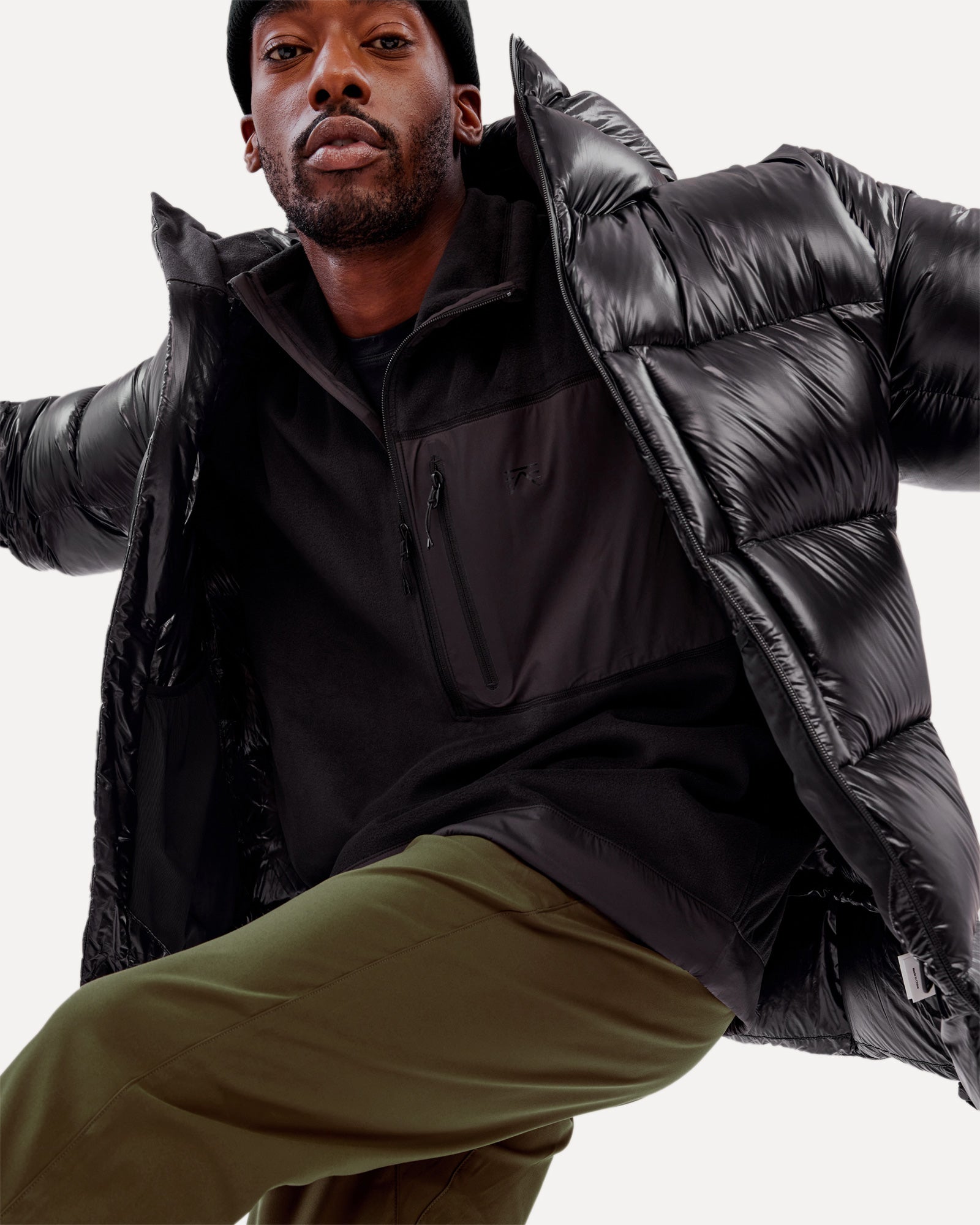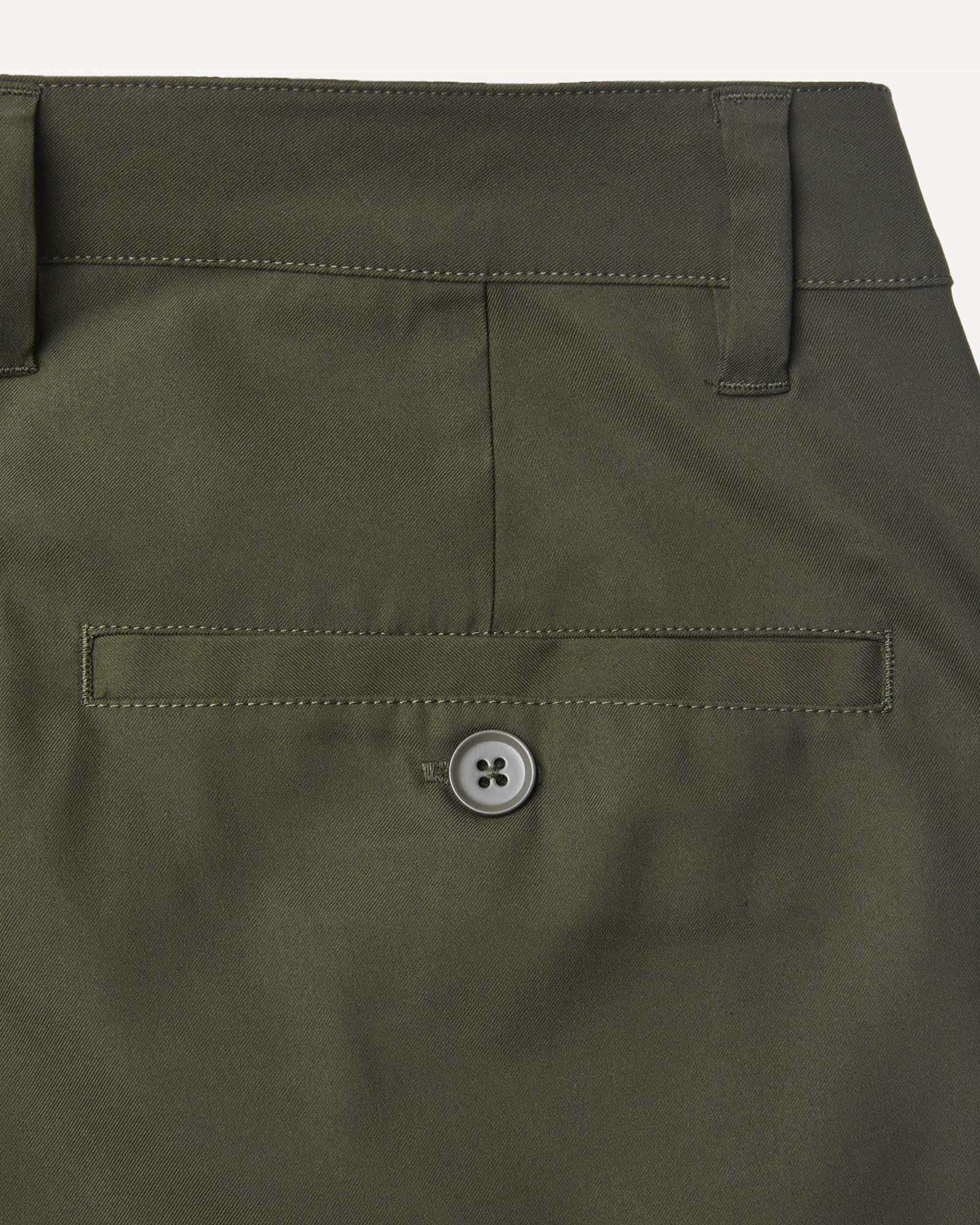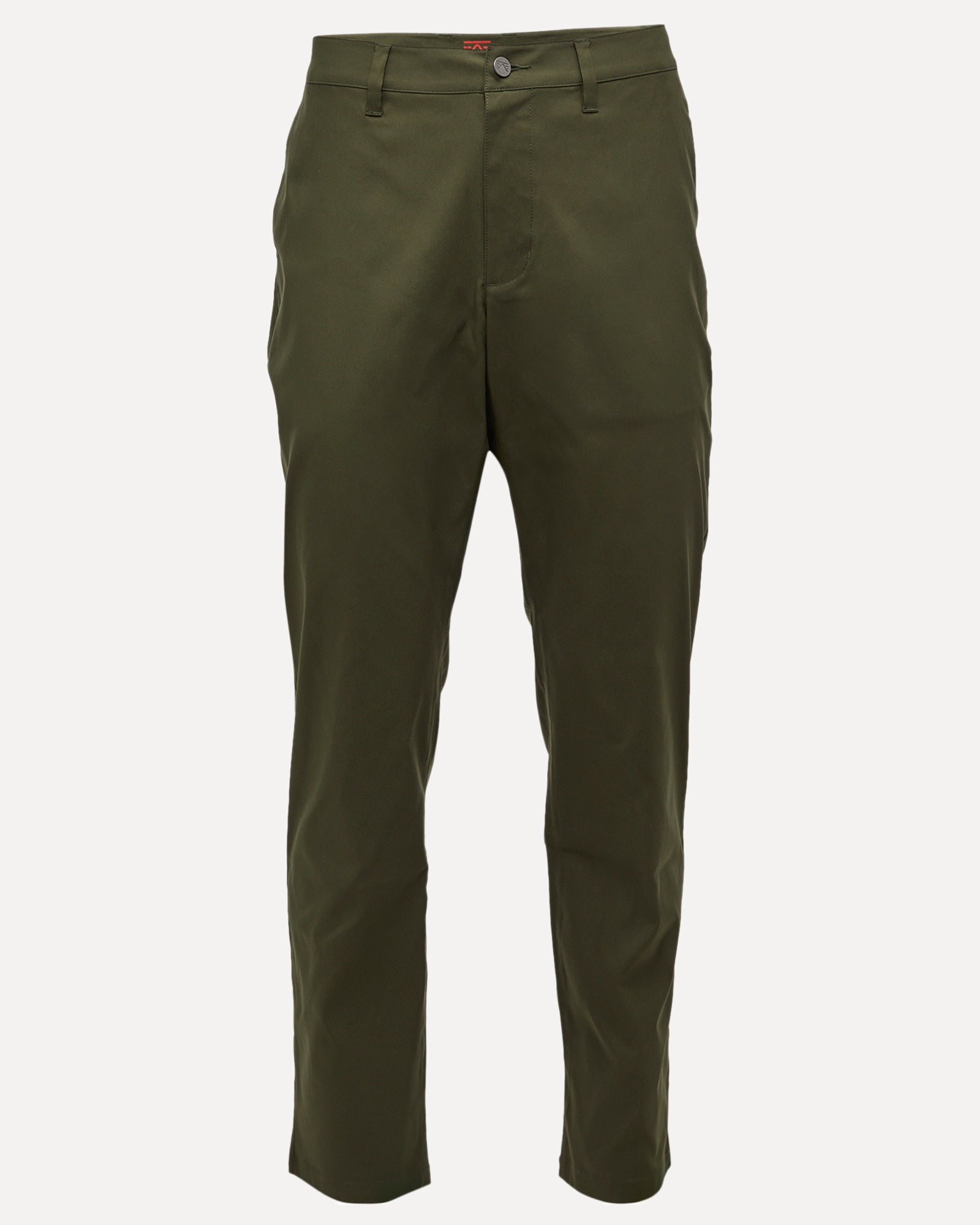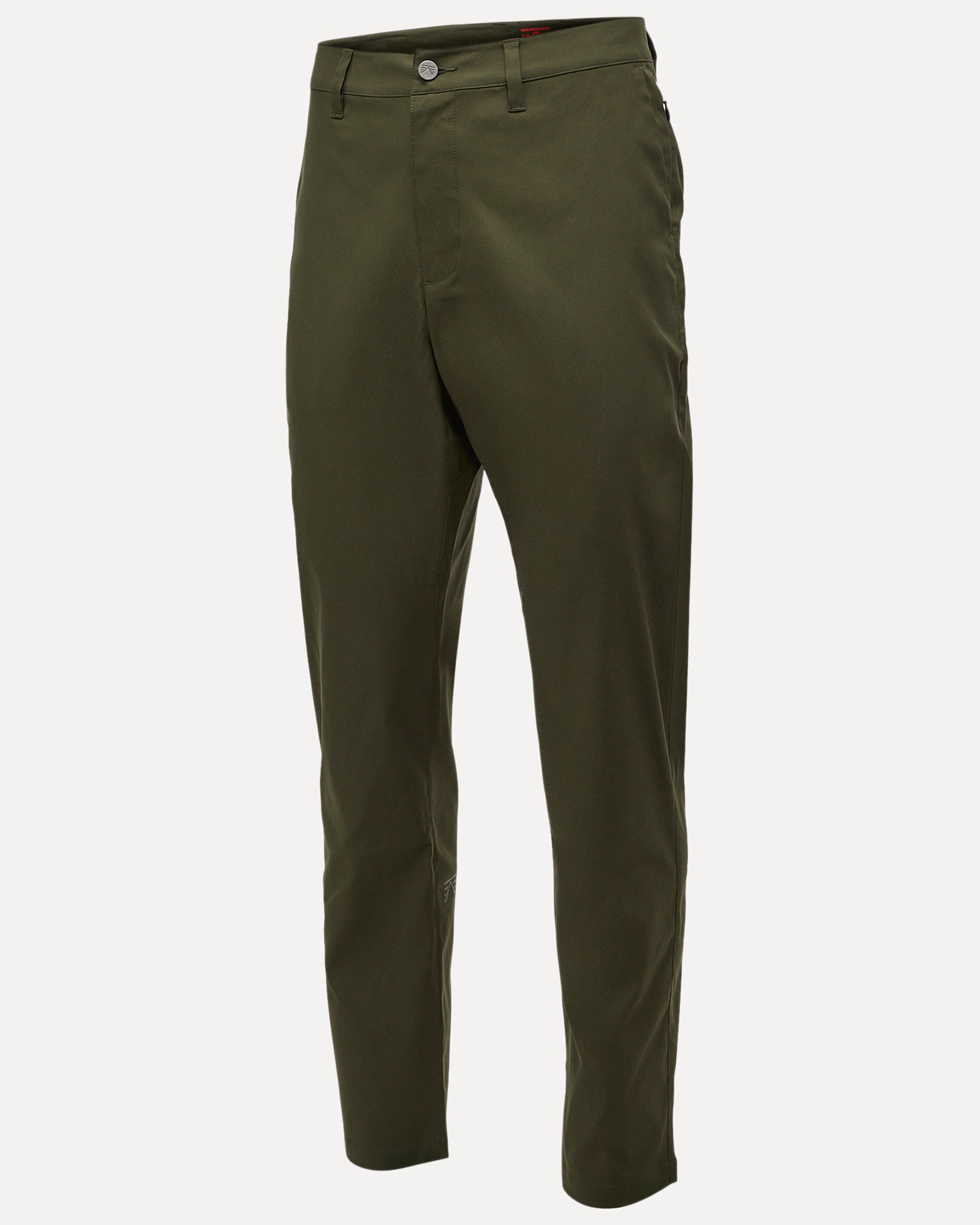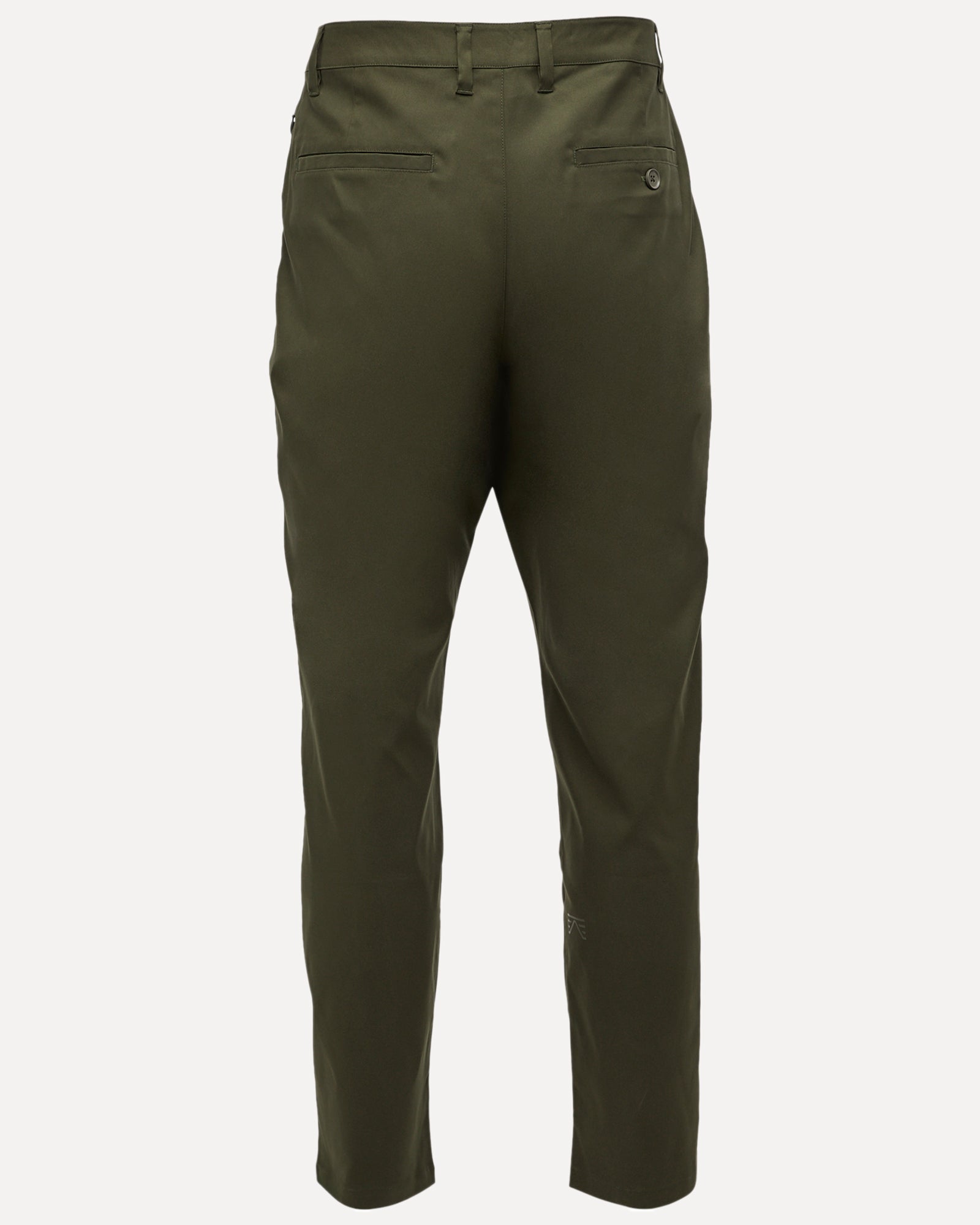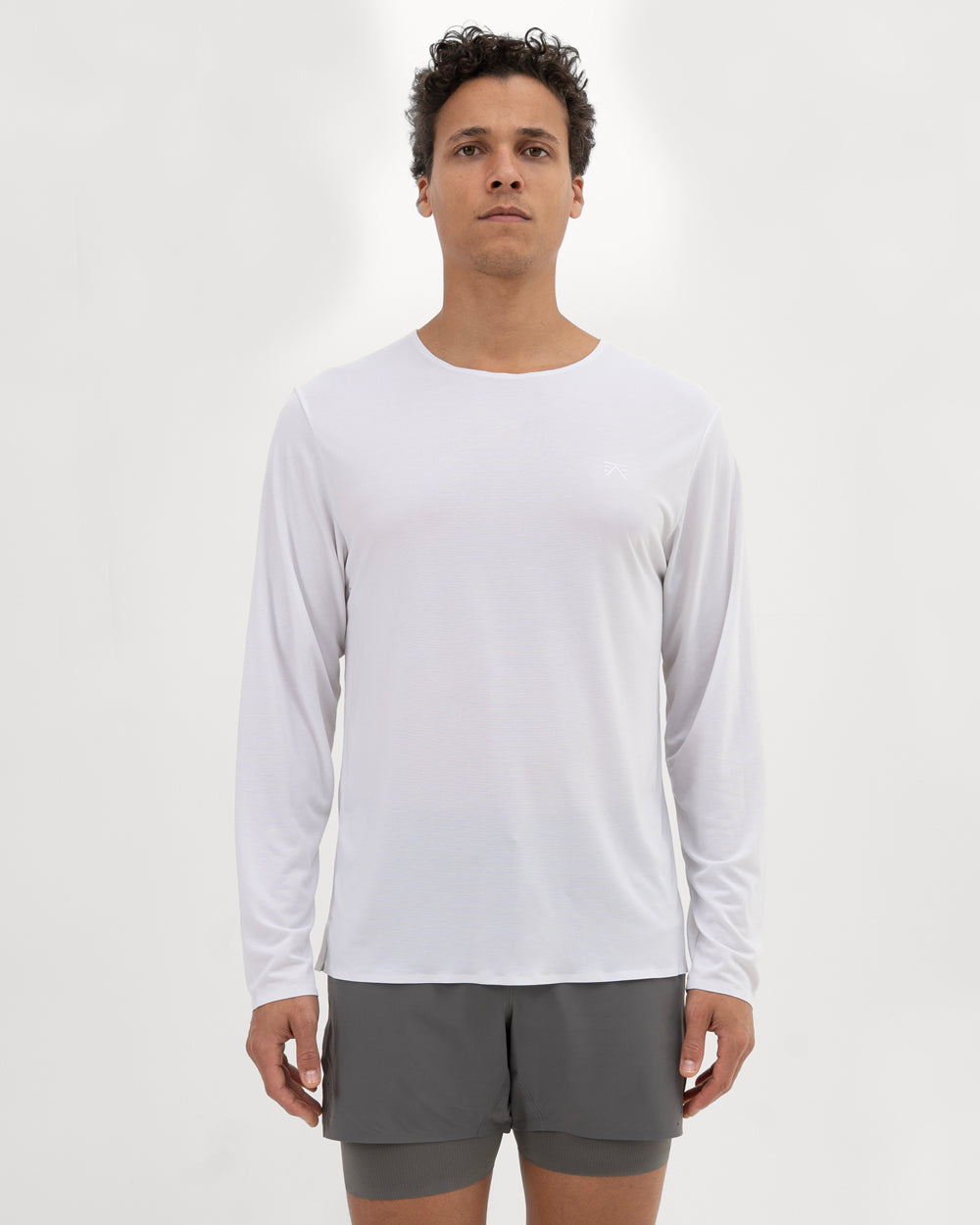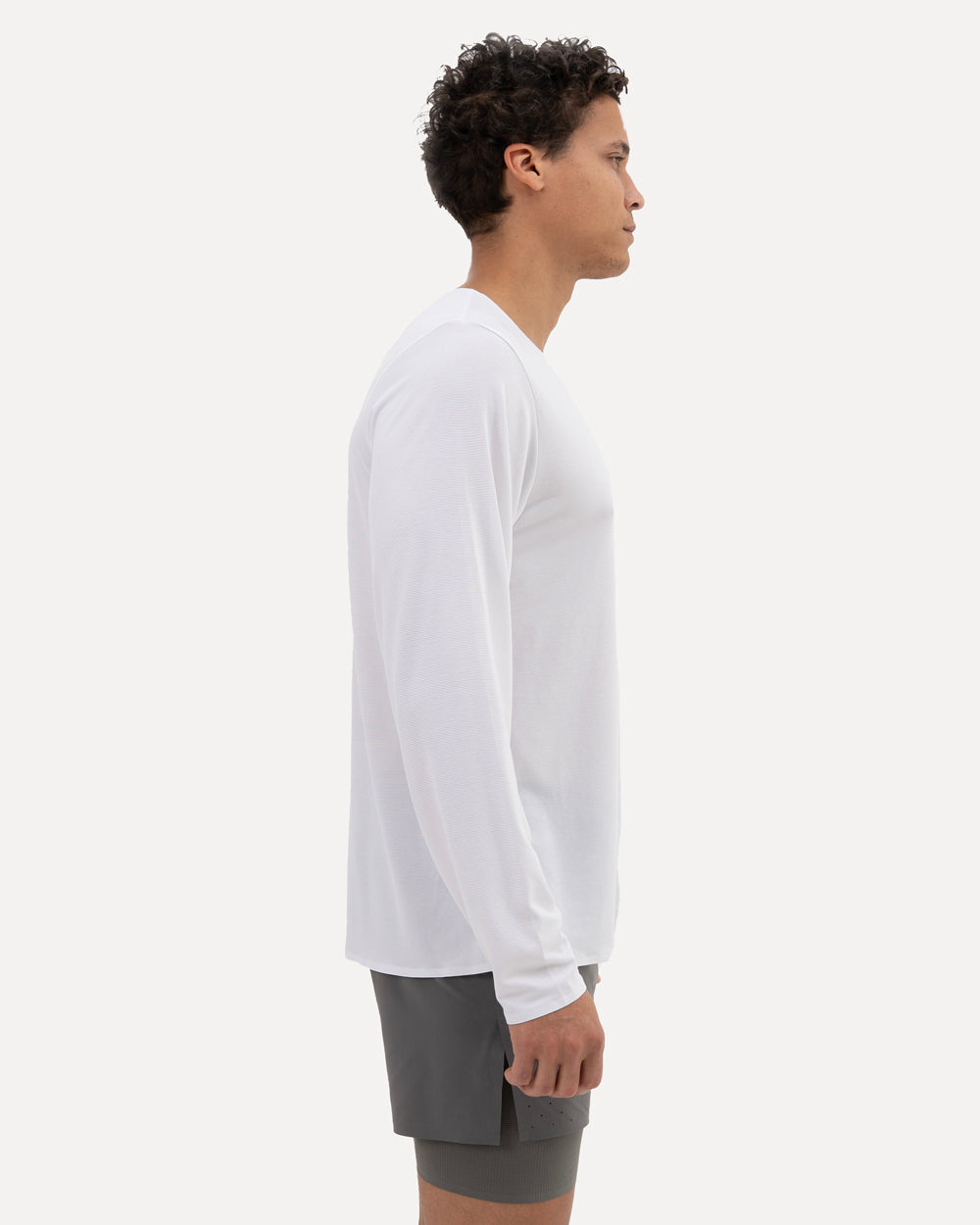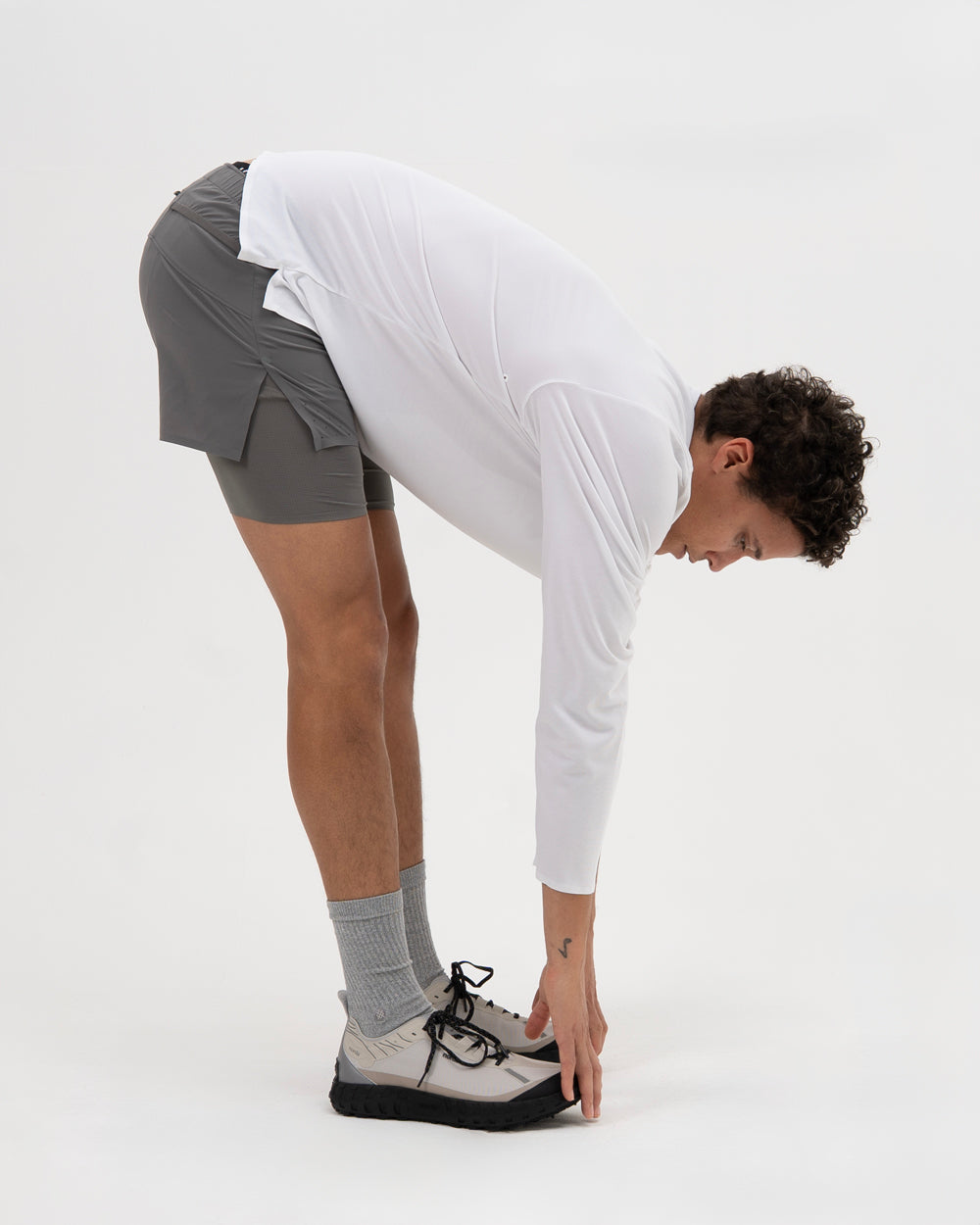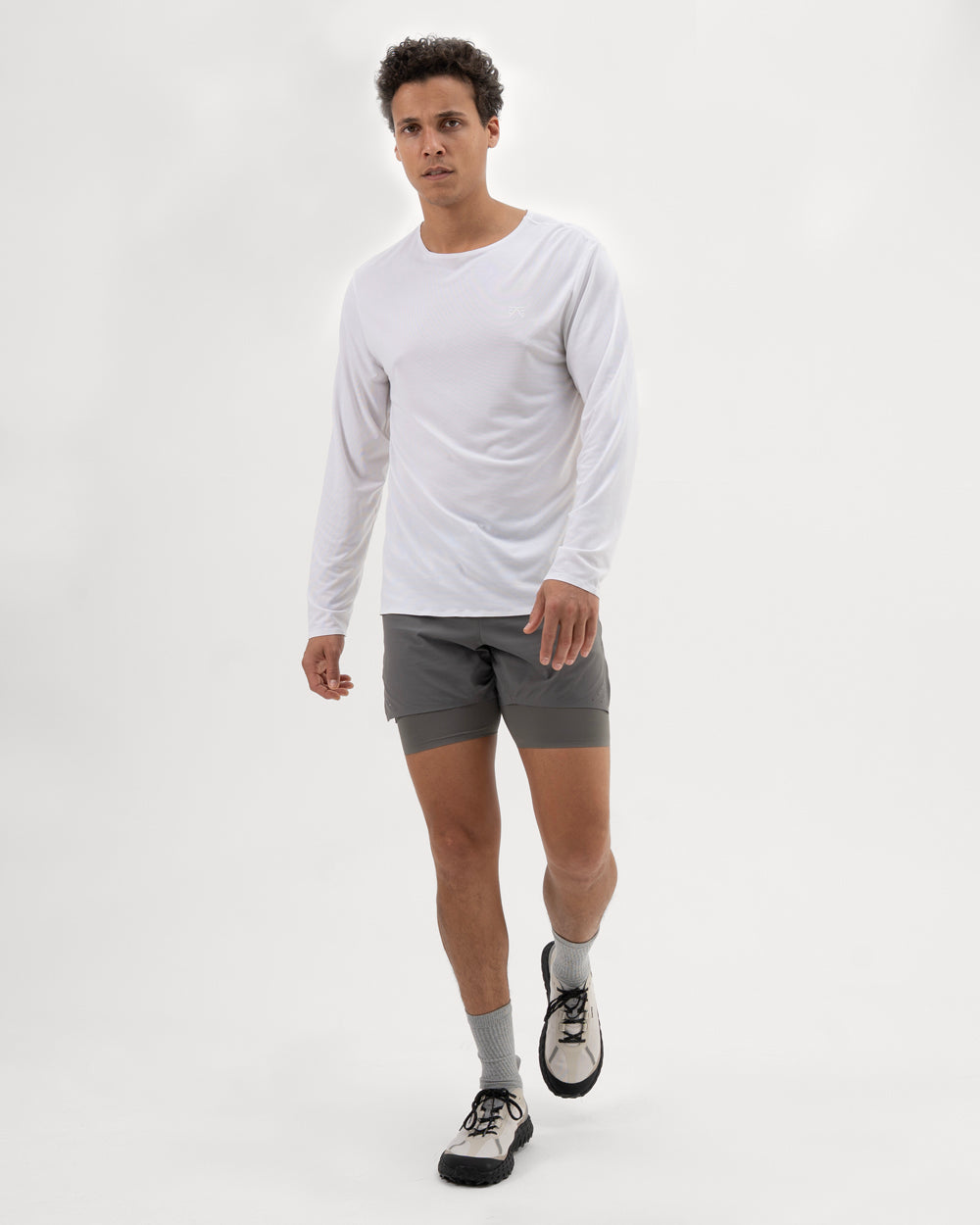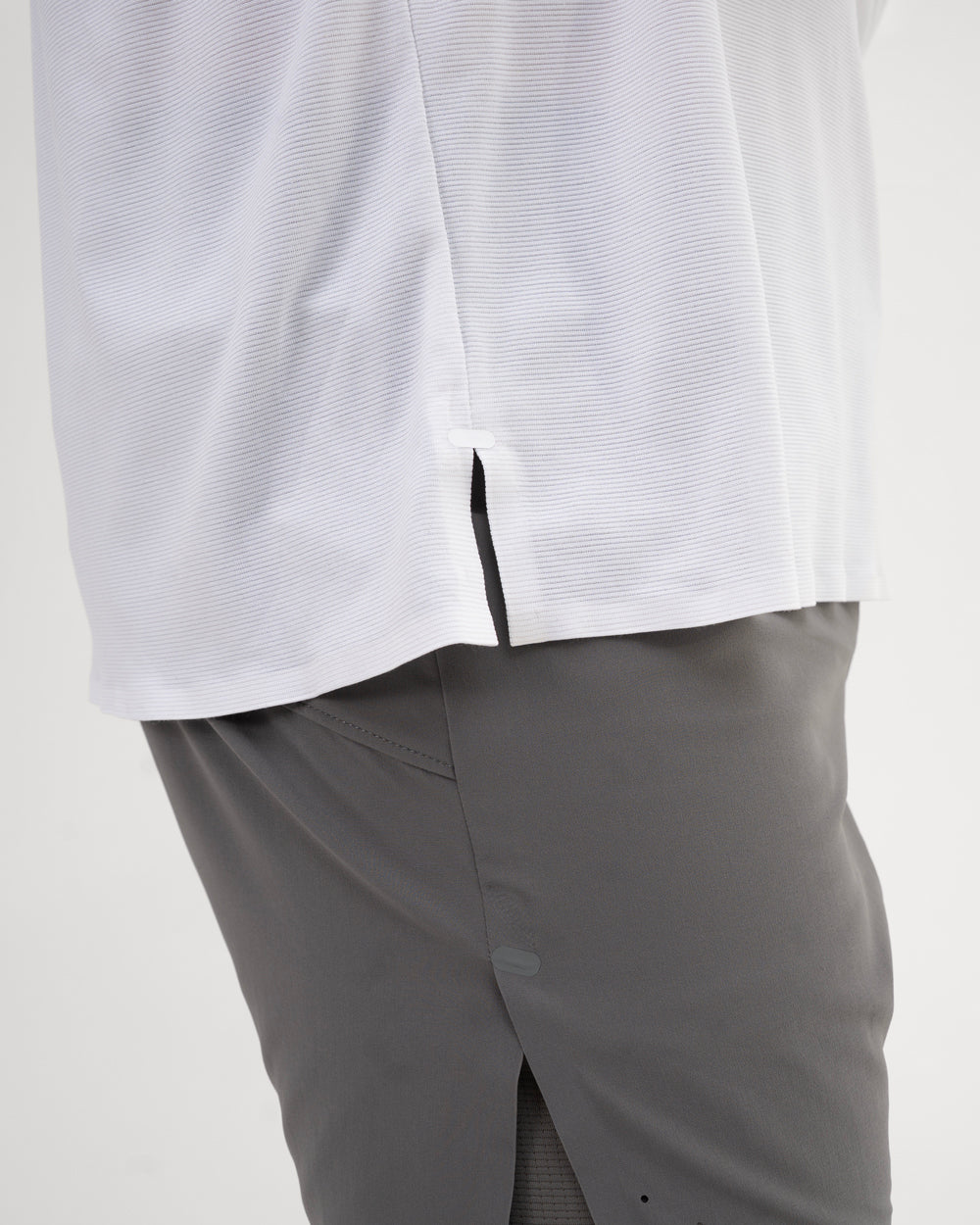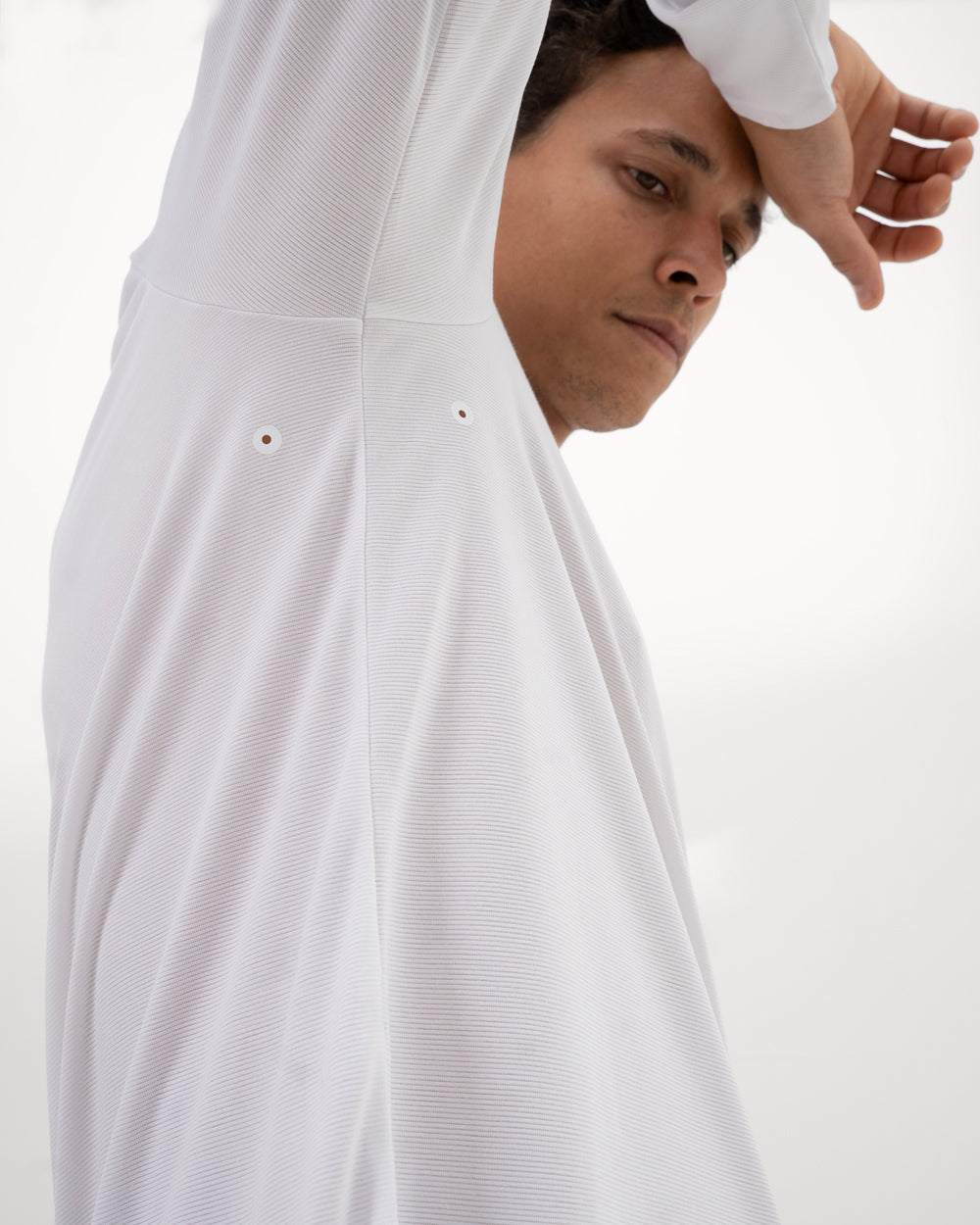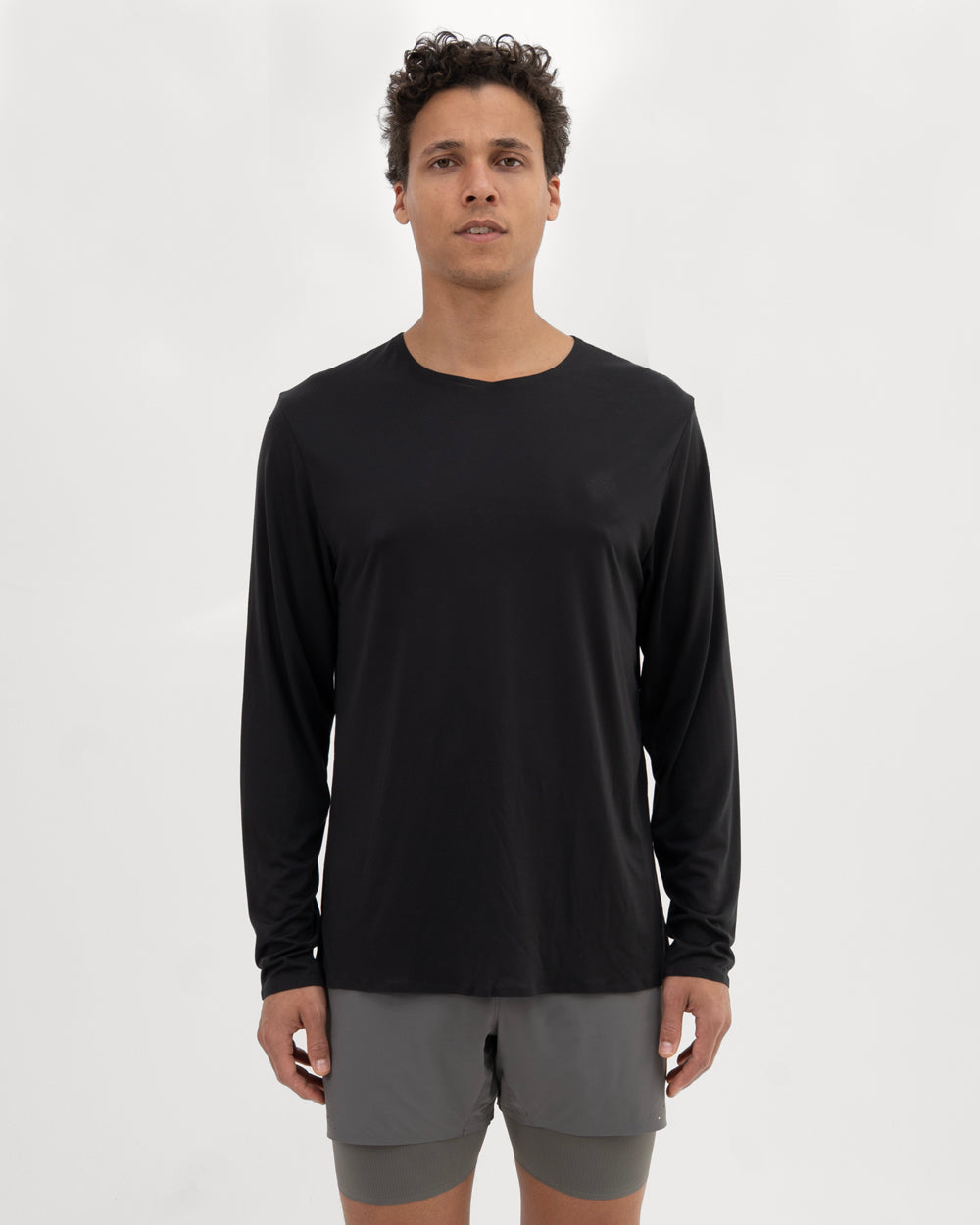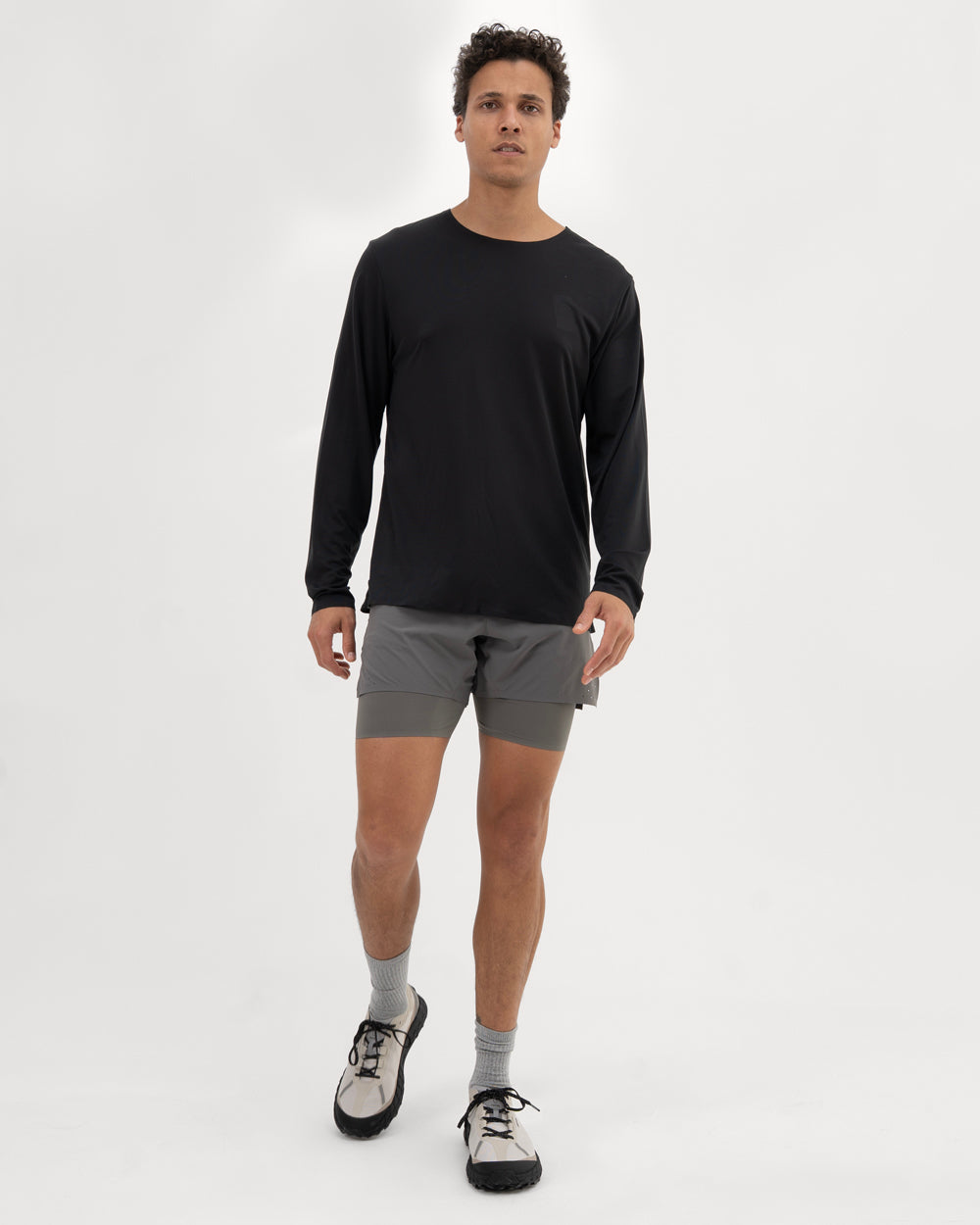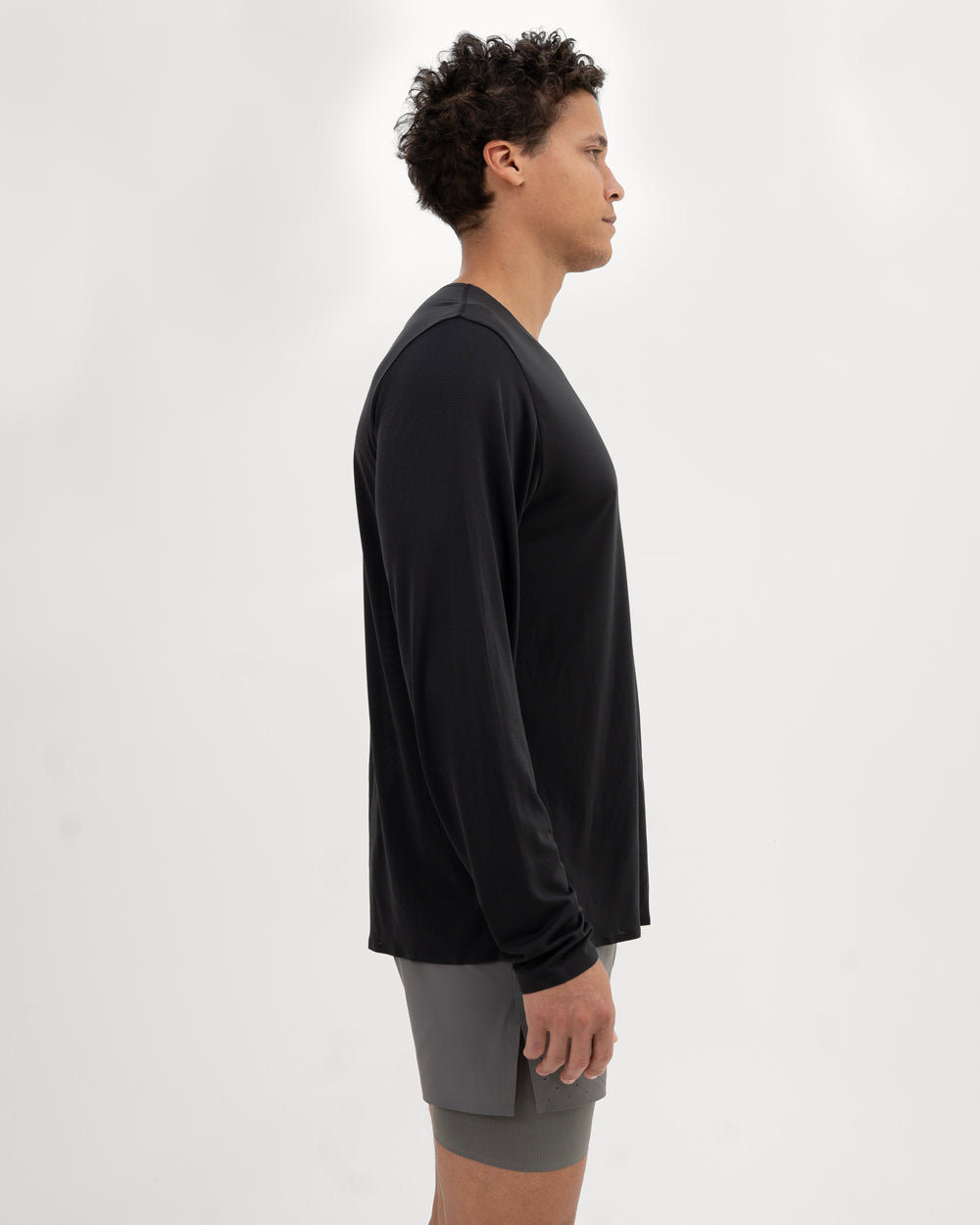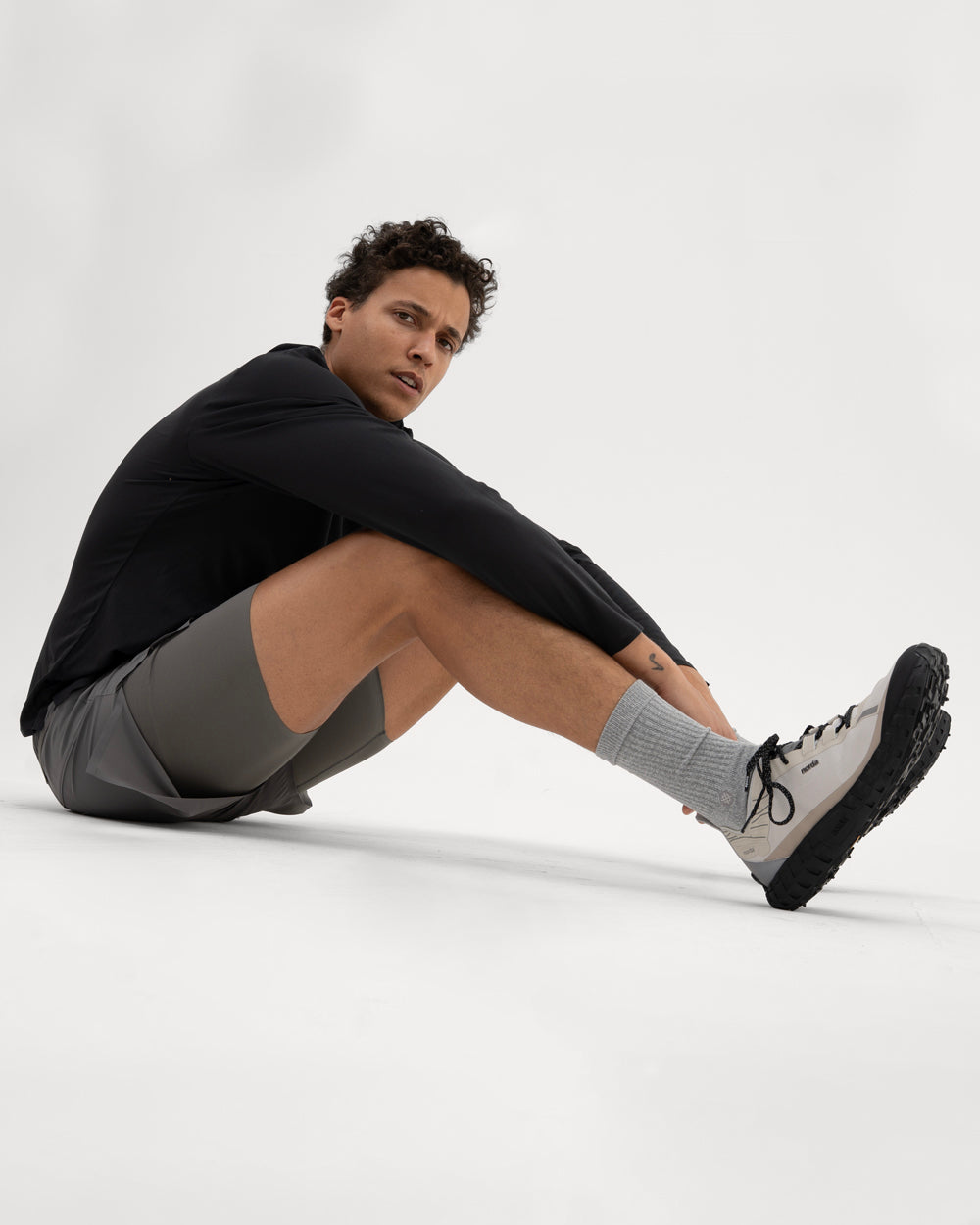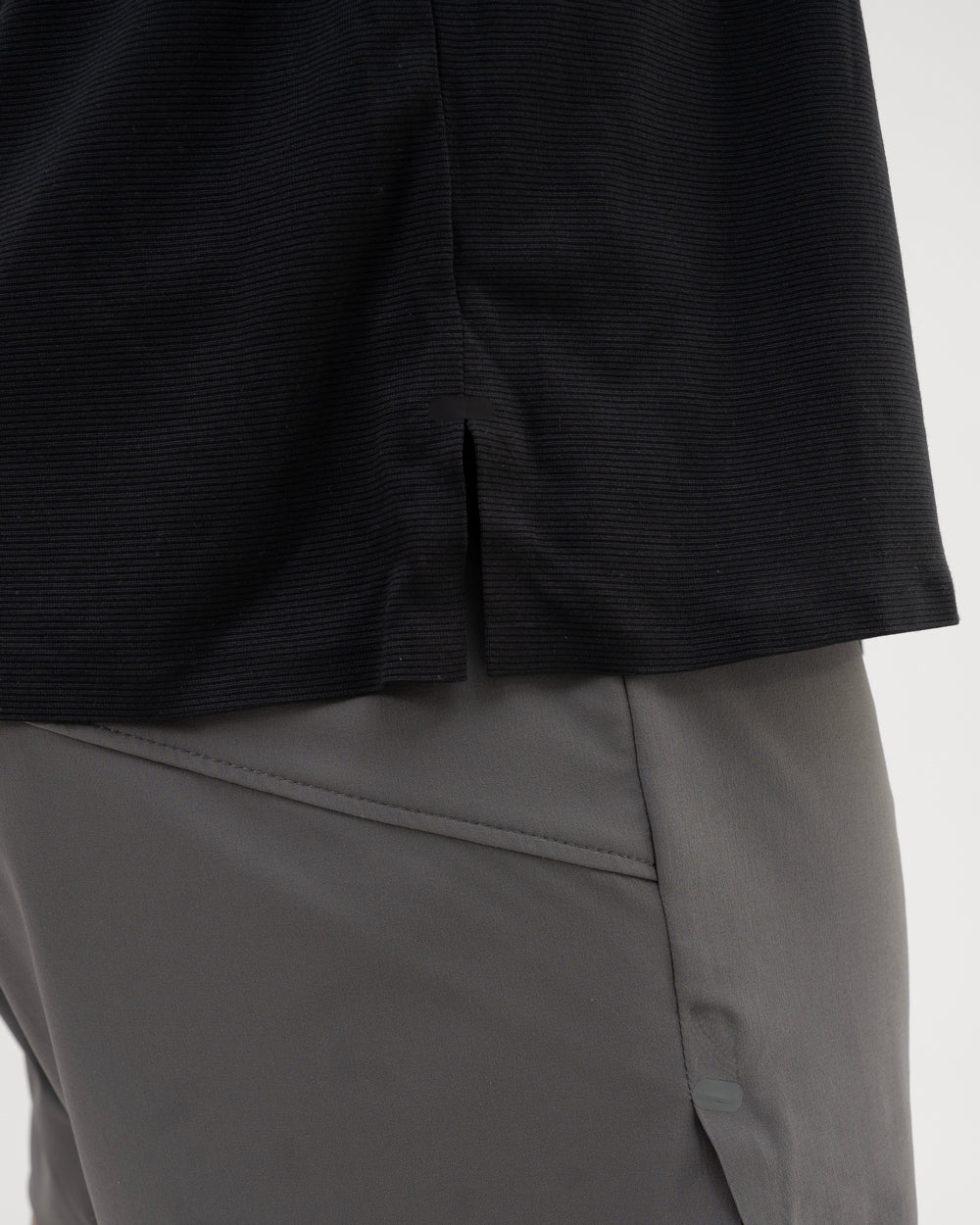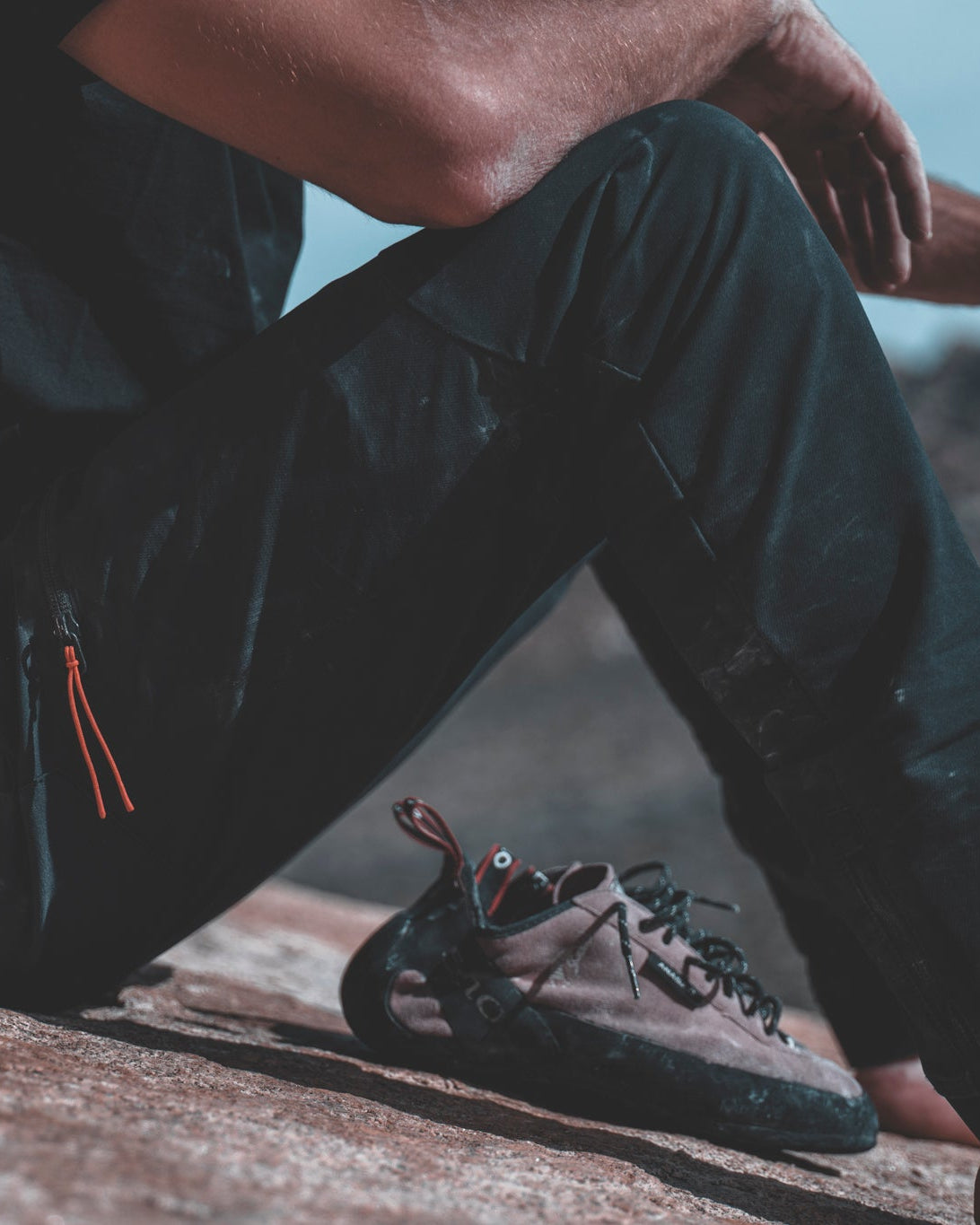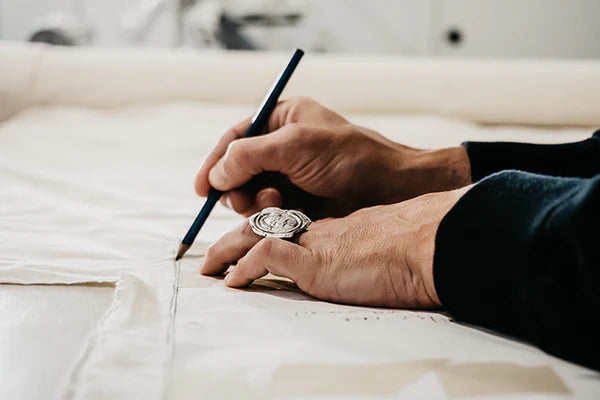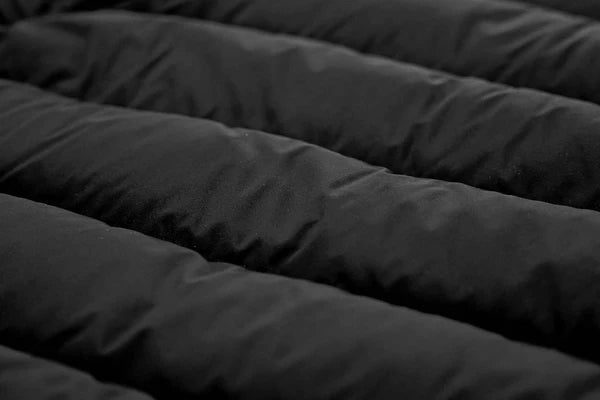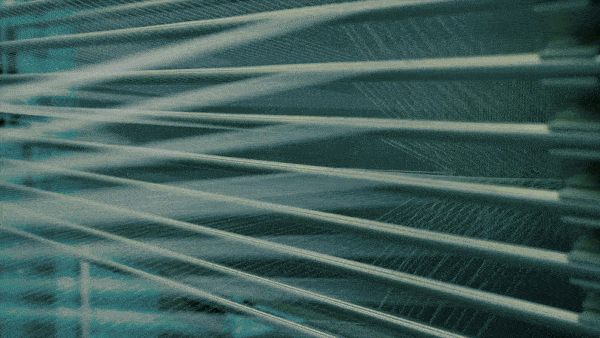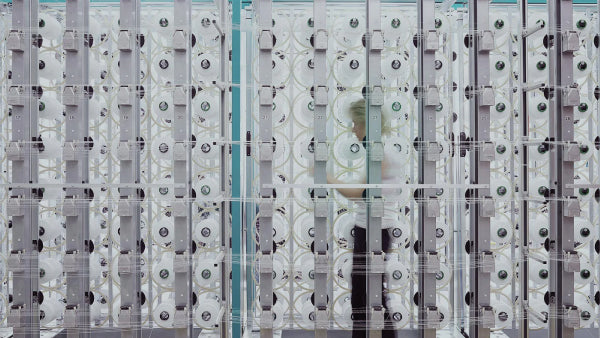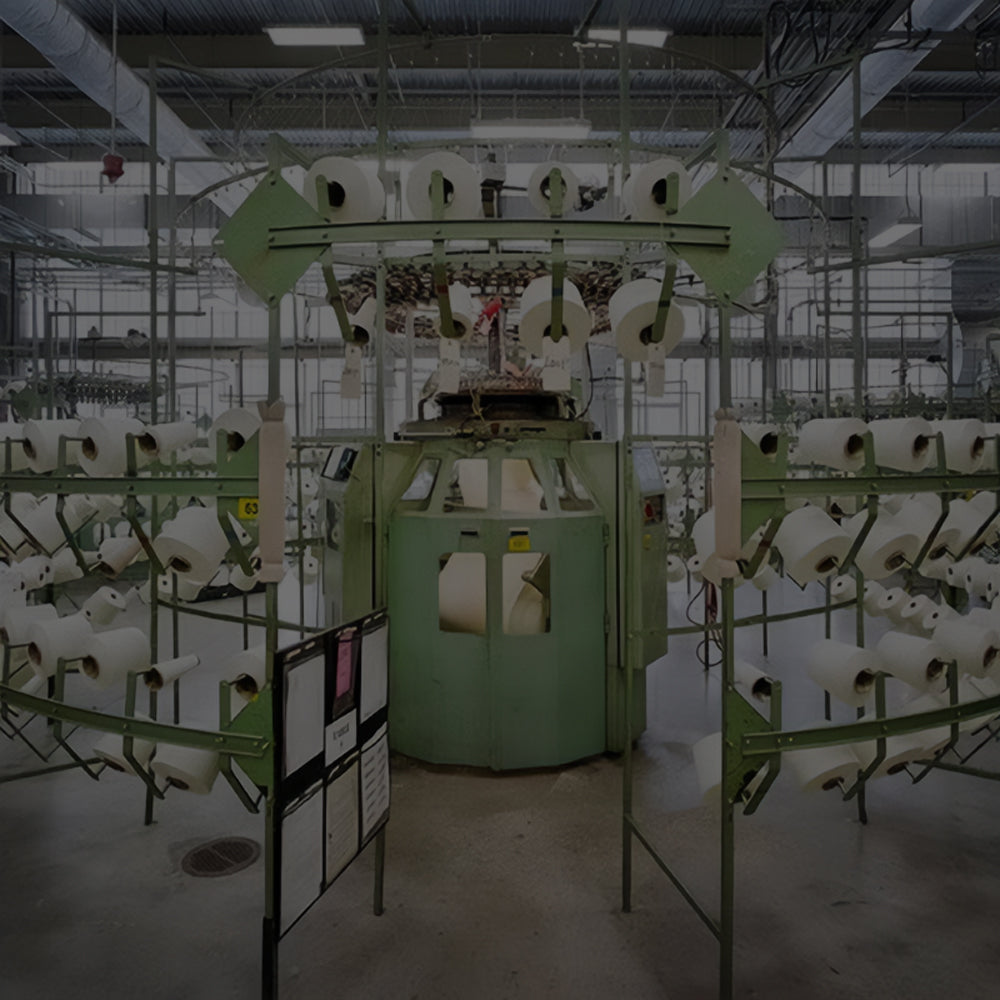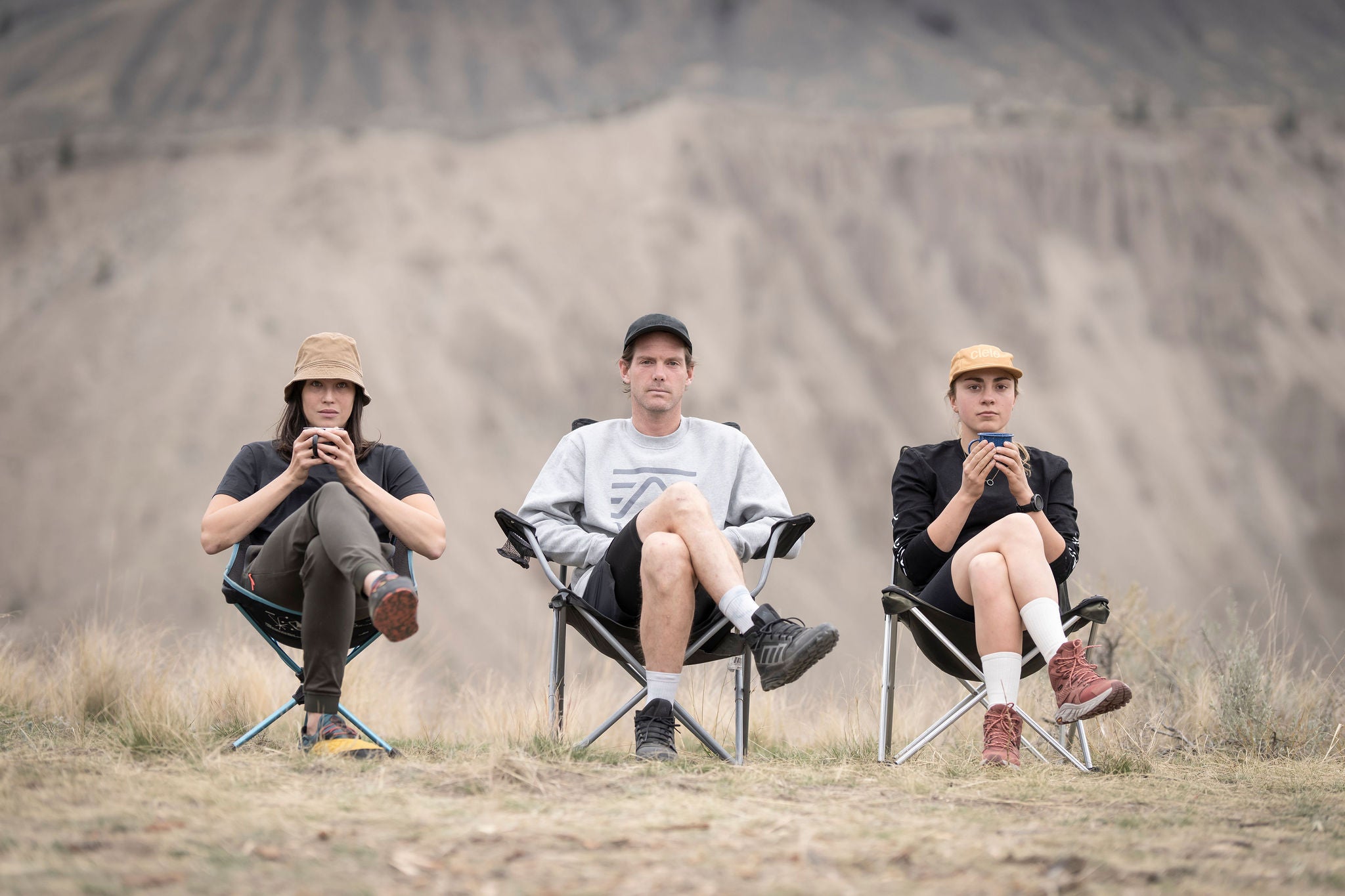The products we admire most weren’t designed to turn heads. They were designed to work — and in doing so, they became beautiful.
Radios by Dieter Rams, molded plywood chairs by Charles and Ray Eames, modular systems by George Nelson — each began with the same question:
What is this meant to do?
The answer shaped everything else. The designers below aren’t just historical references to us. They’re teachers. Their work reminds us that the best design starts with asking the right questions — and stays focused on solving for real needs. This way of thinking continues to guide how we approach every piece we make.
Performance apparel isn’t so different from these objects. It’s problem-solving. It’s material choices, patterning, and construction — all designed to support the way we move, live, and work. And when it’s done right, the result is the same: a product that feels inevitable. Nothing extra. Nothing missing.
These are some of the thinkers who shaped that approach — and whose ideas continue to shape ours.
Naoto Fukasawa
Many of the designers we admire shaped the mid-century landscape — but Naoto Fukasawa carries that thinking forward into the present.
A contemporary Japanese designer, carries that same philosophy forward — but with even more restraint. He talks about “without thought” design: objects so intuitively designed, they almost vanish in use. His CD player for Muji, mounted on the wall with a pull-cord to start, became iconic — not because it was loud, but because it was quiet, natural, and necessary.
“The best designs are those that dissolve into everyday life.”
That’s a principle we return to constantly at Foehn. We don’t want our gear to demand attention. We want it to work, intuitively — a pocket right where you reach, a waistband that flexes with you, a shirt that regulates temperature without ever feeling technical.
When performance design gets out of the way, it becomes more powerful.
It just works. Quietly, confidently — like it was always meant to be there.
Sori Yanagi
In Japan, around the same time Rams was refining electronics in Germany, Sori Yanagi was approaching design from a different angle — one shaped by craft traditions and modernist ideals.
His Butterfly Stool, with its graceful, bent-plywood form, is now a design icon. But like the best work from this era, it wasn’t trying to be. It was simply the most honest solution to a familiar problem: how to shape a seat that is strong, light, and beautiful in its simplicity.
Yanagi’s stainless steel kitchen tools — kettles, strainers, ladles — are still in production today, still beloved for how naturally they fit into the hand and into daily life. His philosophy was clear:
“True beauty is not made; it is born naturally.”
This idea — that beauty comes from how well something works, not from how loudly it speaks — is central to how we approach design at Foehn. That details matter most when they simply work. When they feel inevitable.
The best design doesn’t compete for attention. It becomes part of the background, supporting the rhythm of your life.
Sam Hecht & Kim Colin
That same belief carries through the work of Sam Hecht and Kim Colin of Industrial Facility — a London-based studio whose designs for Muji, Herman Miller, and Wästberg feel so natural, they almost disappear.
Their Formwork desk system is a perfect example: trays, organizers, and containers that quietly structure your space without ever feeling rigid. There’s no overdesign. No friction between the product and the task at hand. Their objects exist to serve, not to impress.
“Our aim is to design things that are easily understood — because they’ve been considered so carefully.”
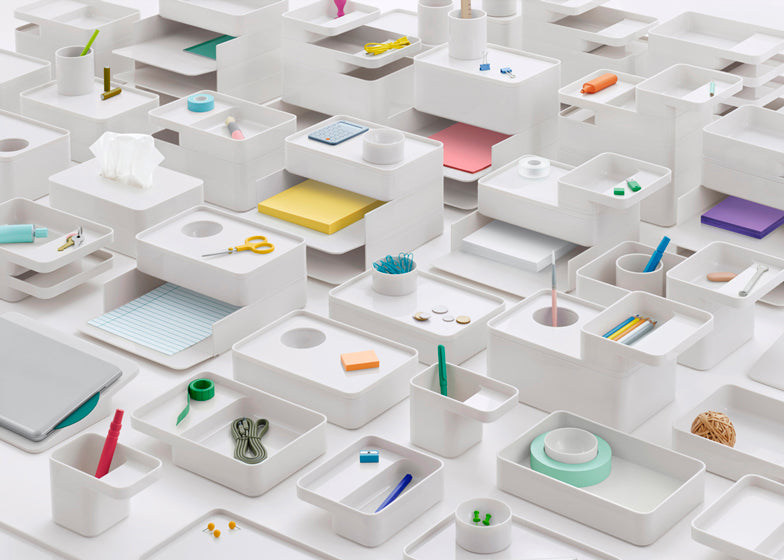
Formwork desk system for Herman Miller, 2013.
At Foehn, we feel the same responsibility. Simplicity isn’t the absence of thought — it’s the result of care. Every stitch line, every seam placement, every fabric choice is considered with the same question in mind: What does this piece need to do? How does it need to feel?
Good design is humble. It supports, adapts, and endures.
Design That Lasts
The designers we look up to weren’t chasing trends. They were trying to build things that lasted — in quality, in performance, in relevance. At Foehn, we try to do the same.
Our approach is simple:
Build it right. Build it to last. Let the function shape the form.

